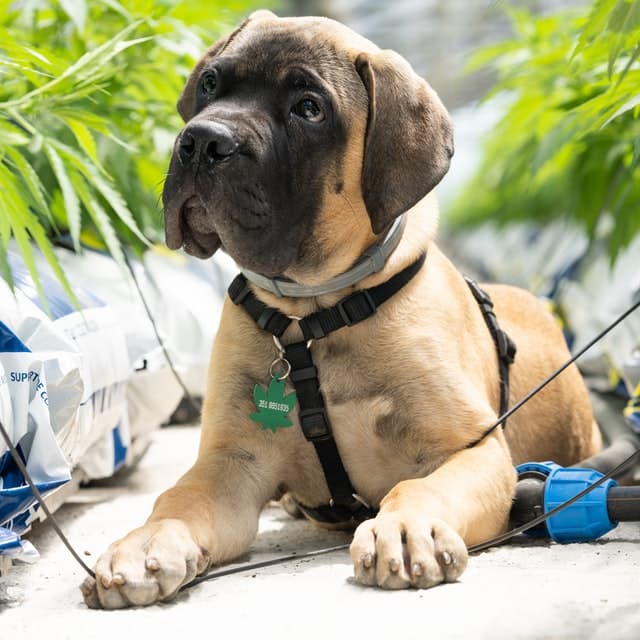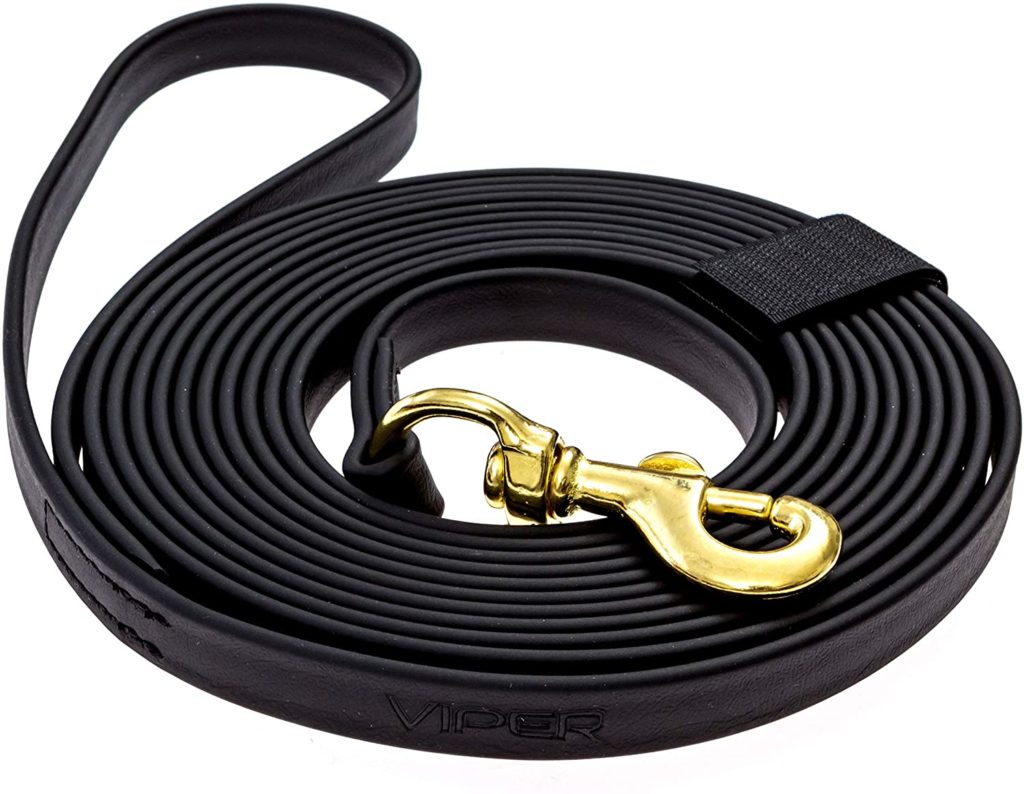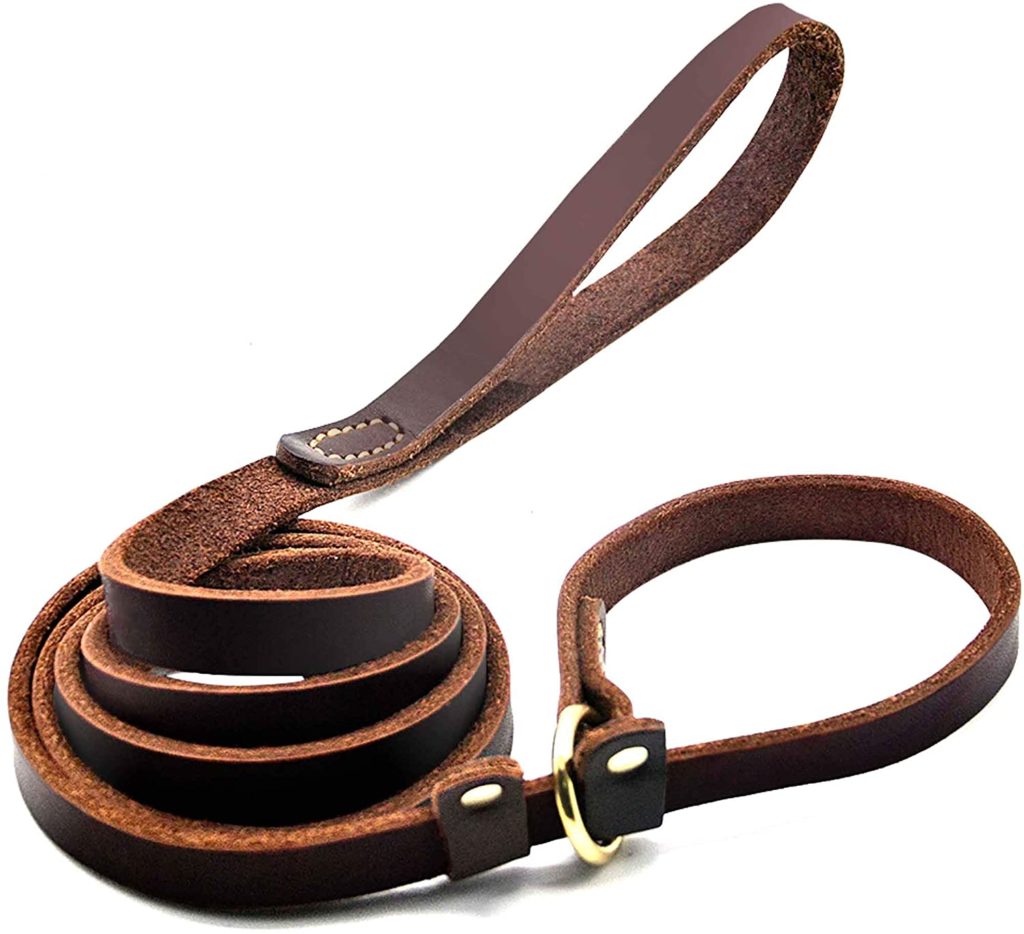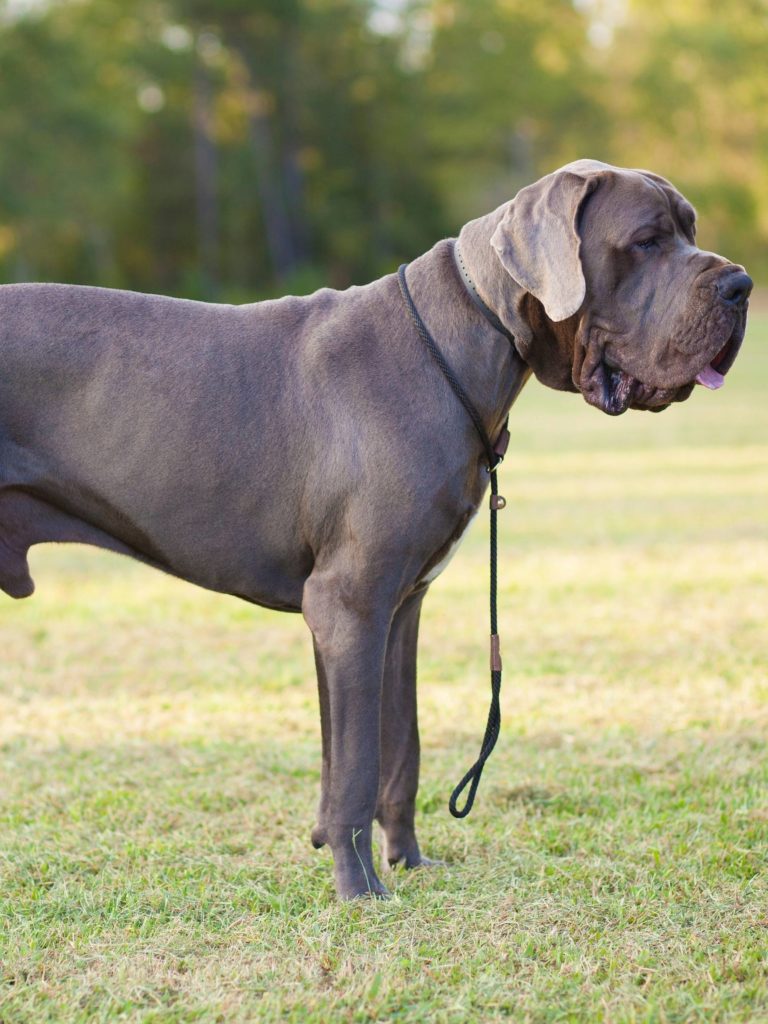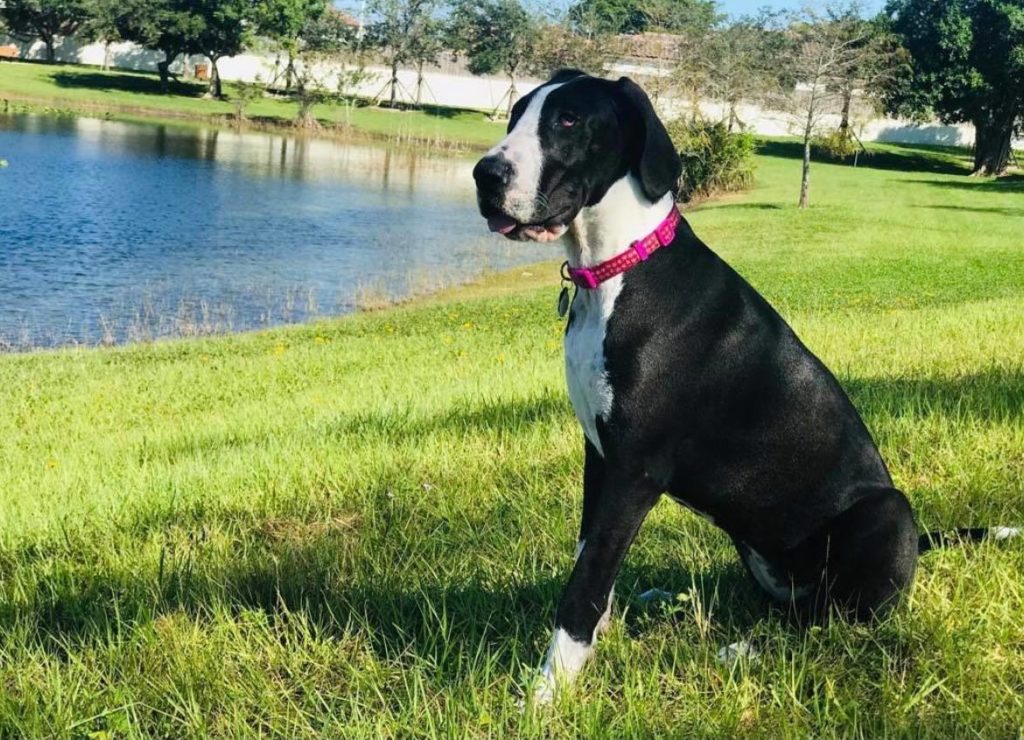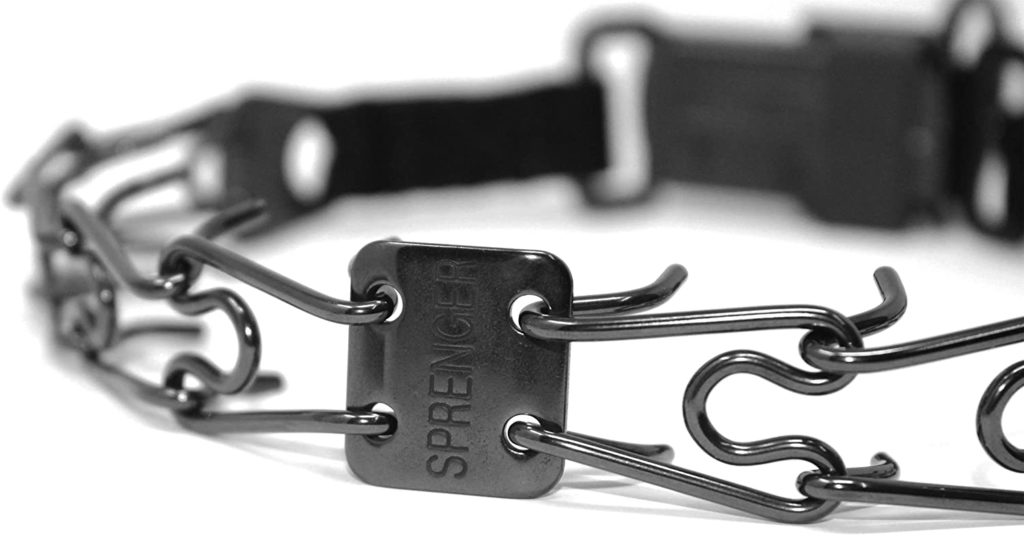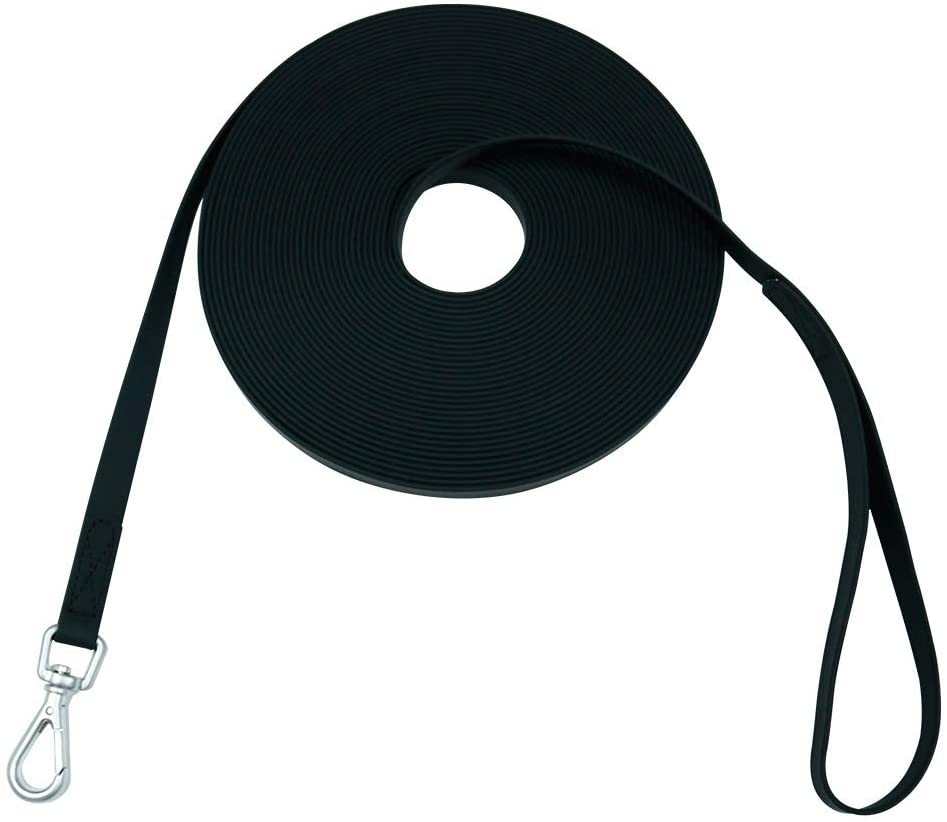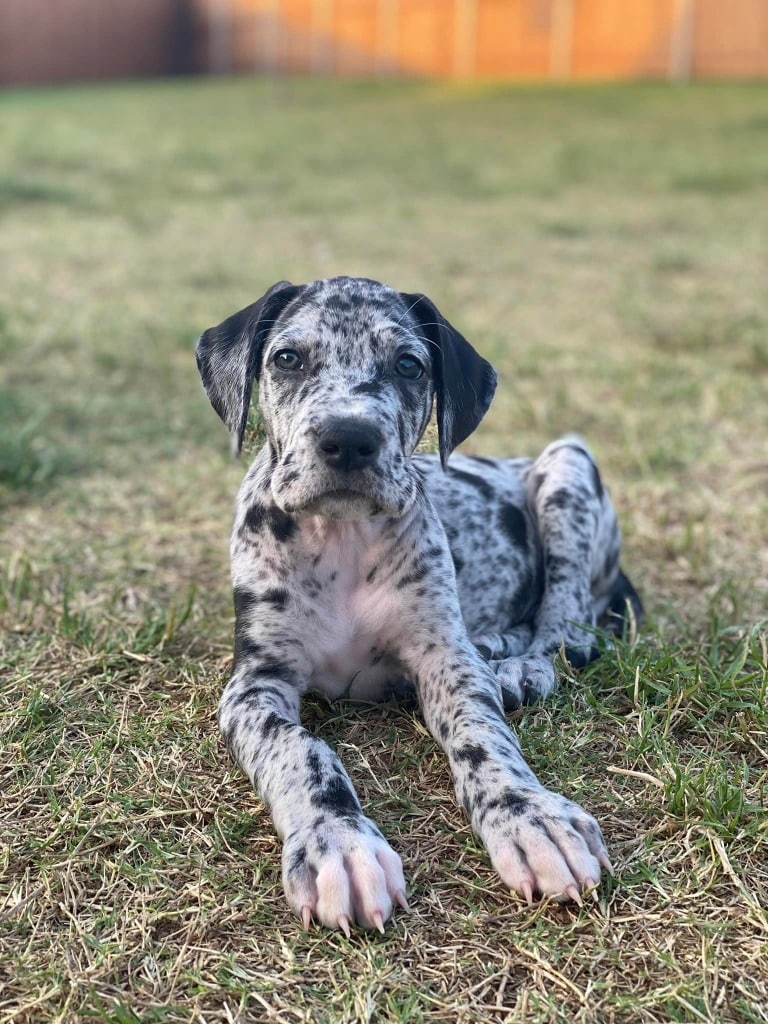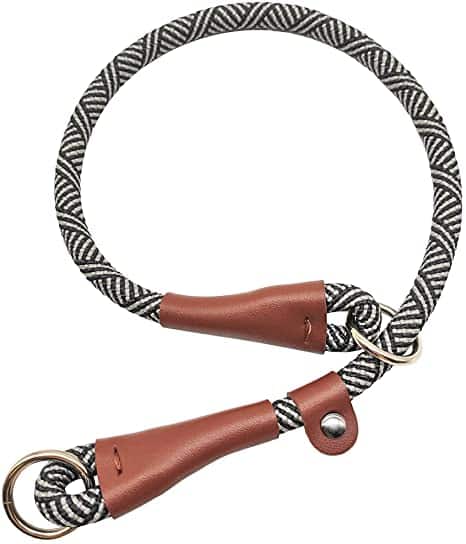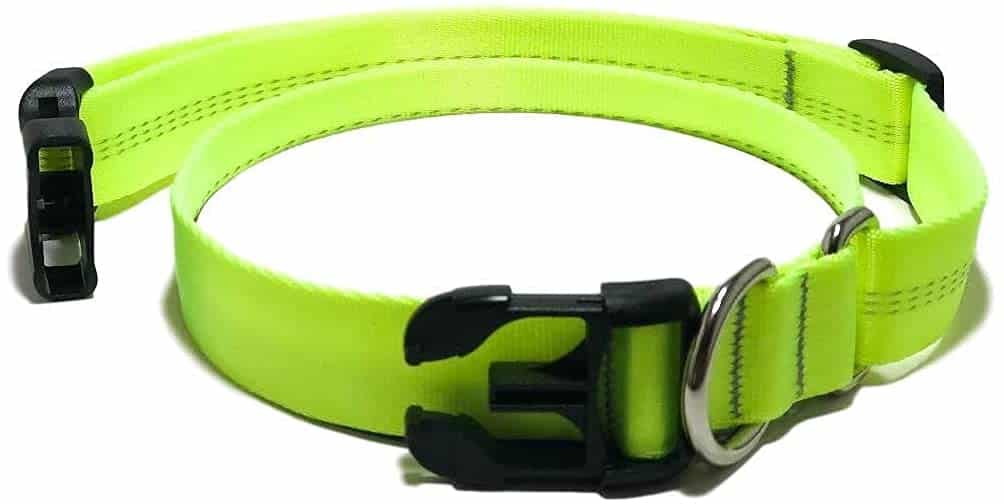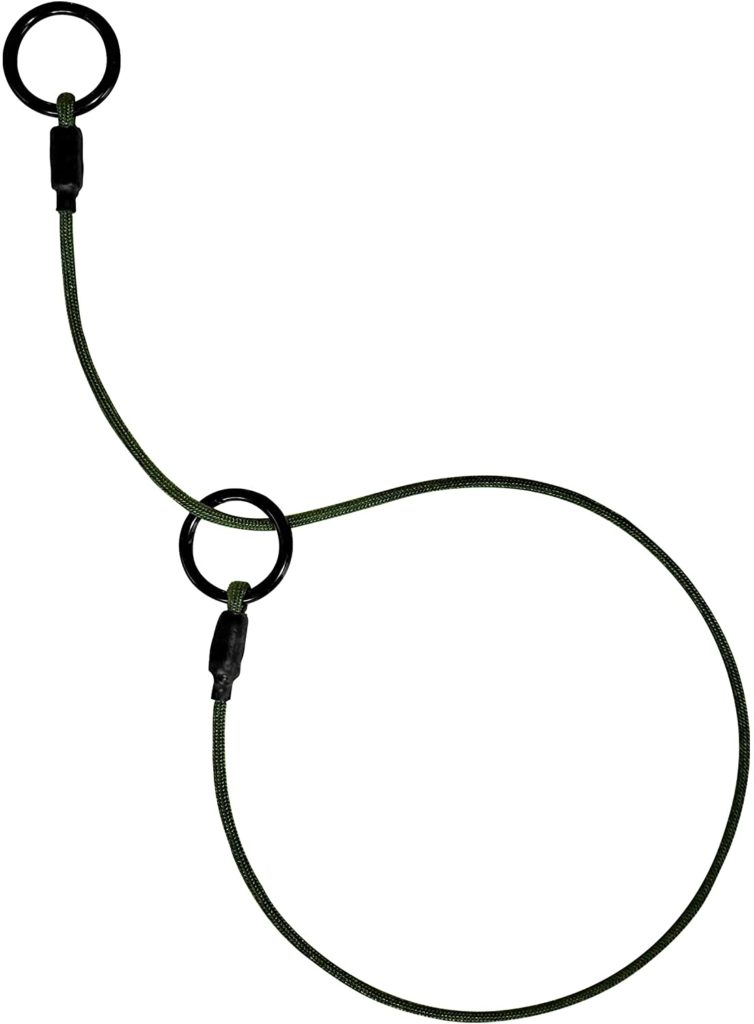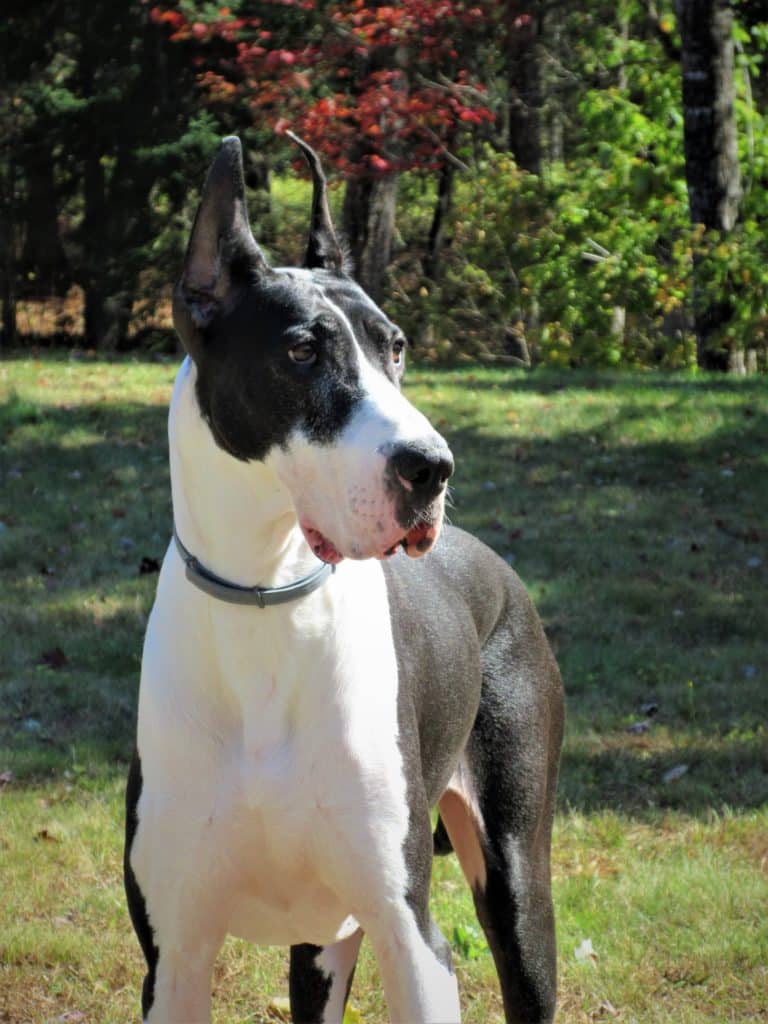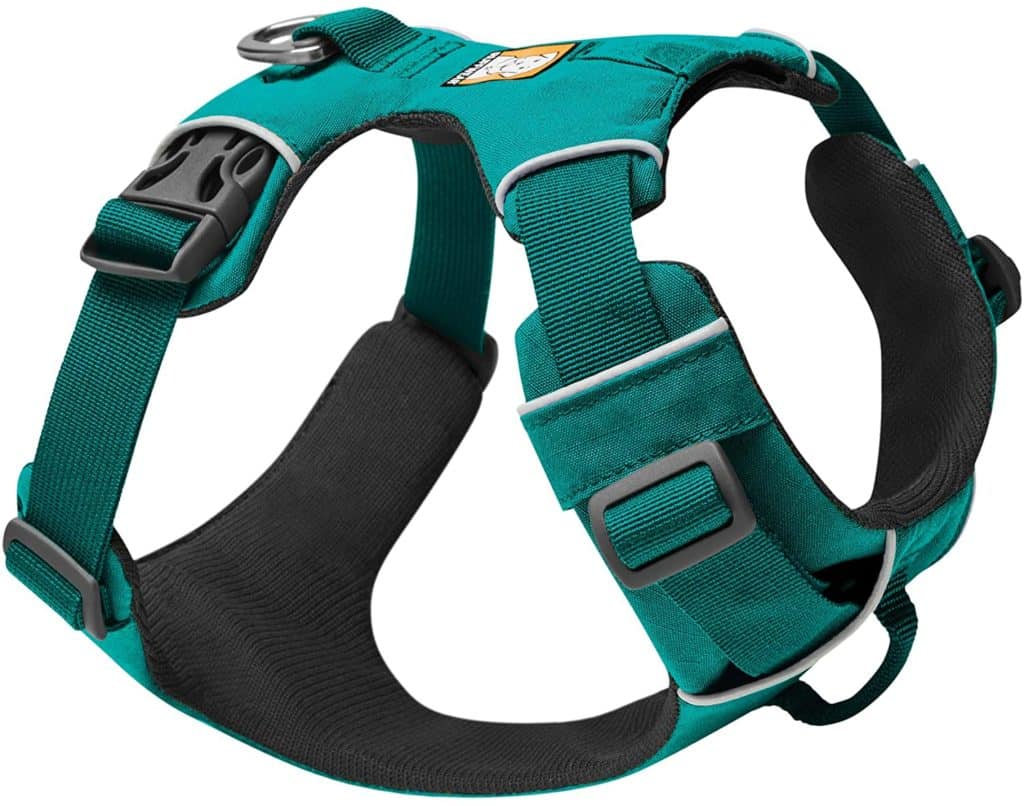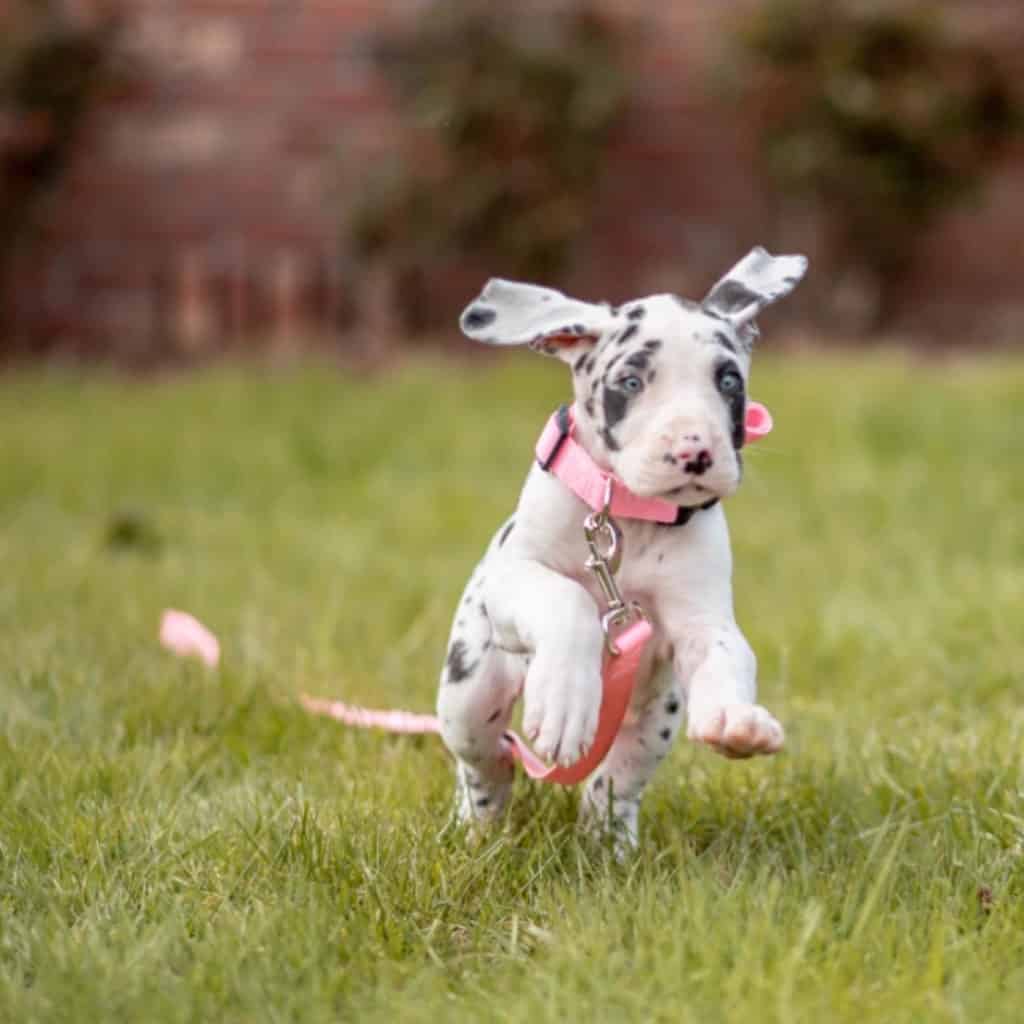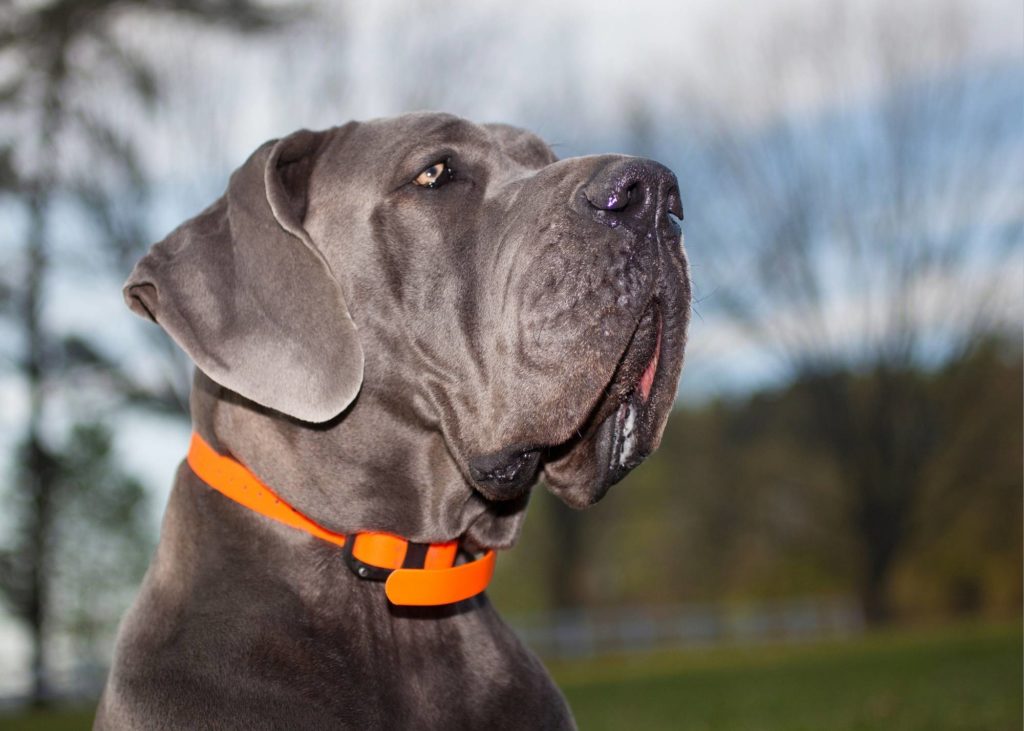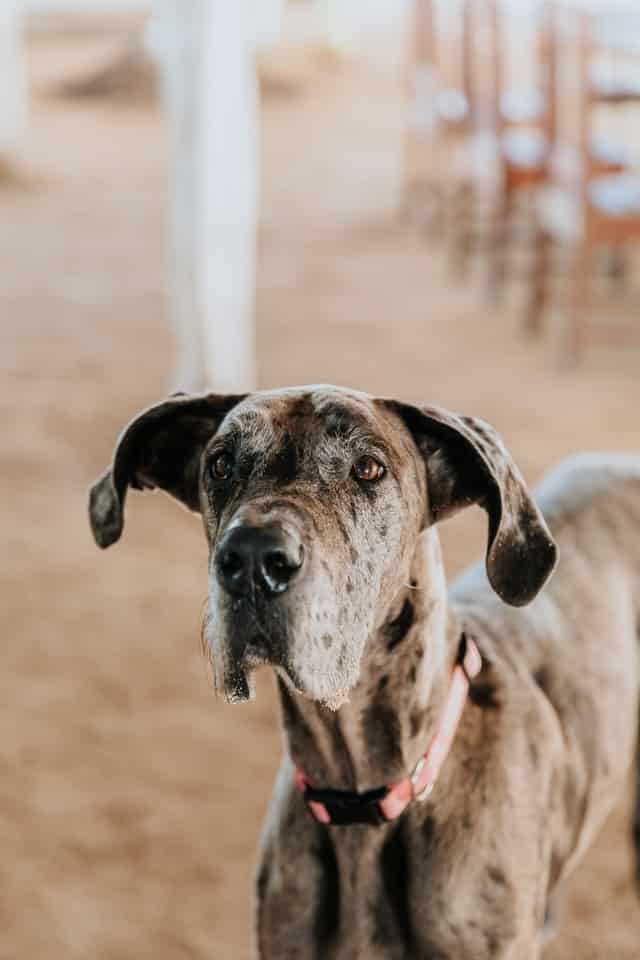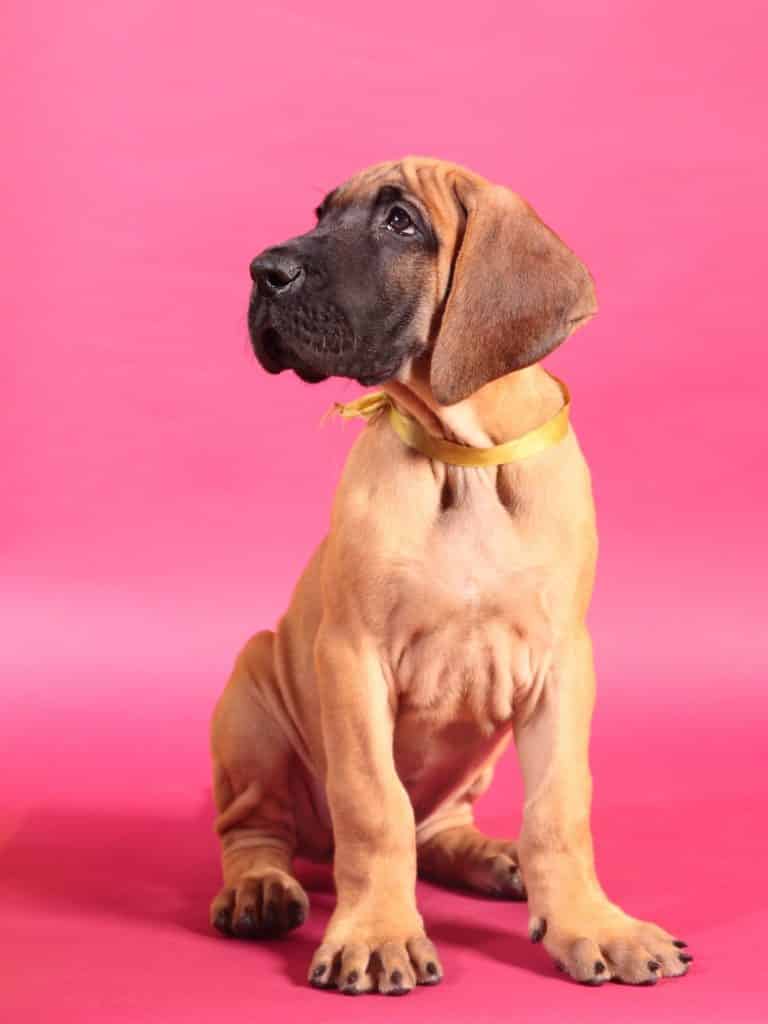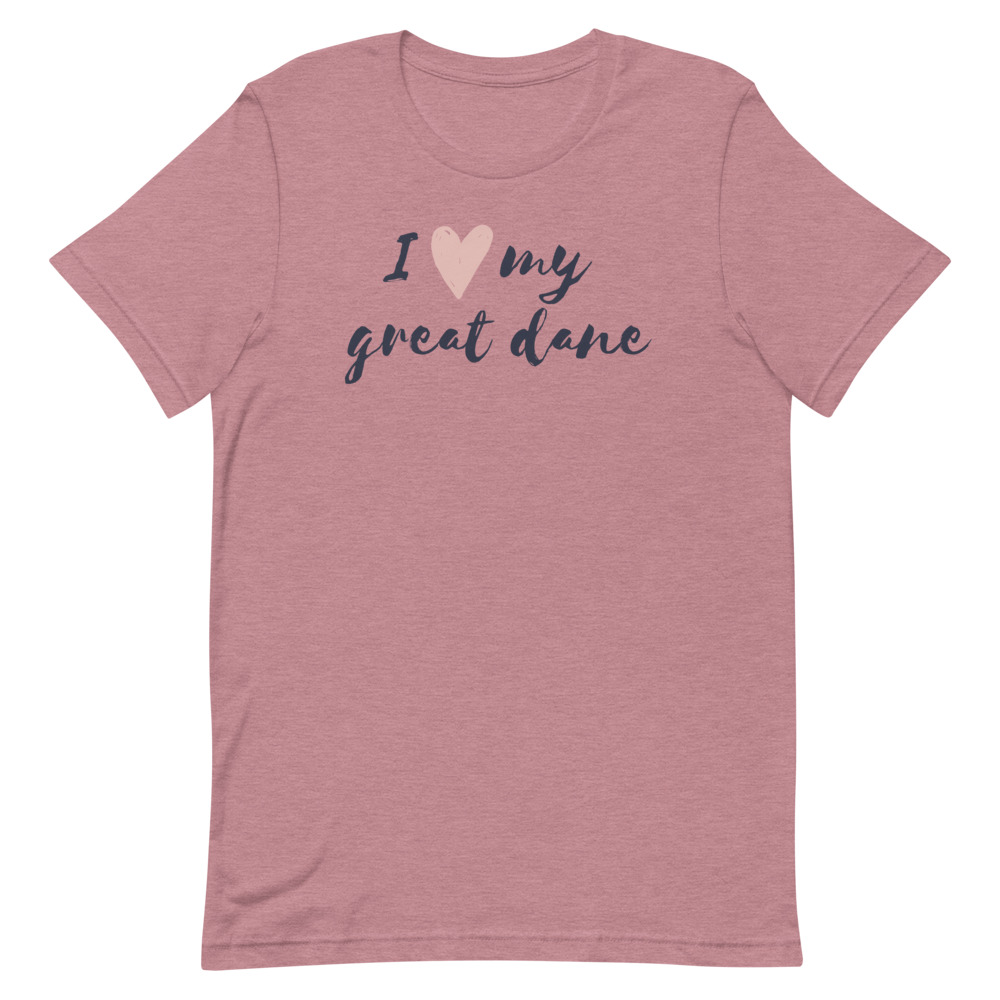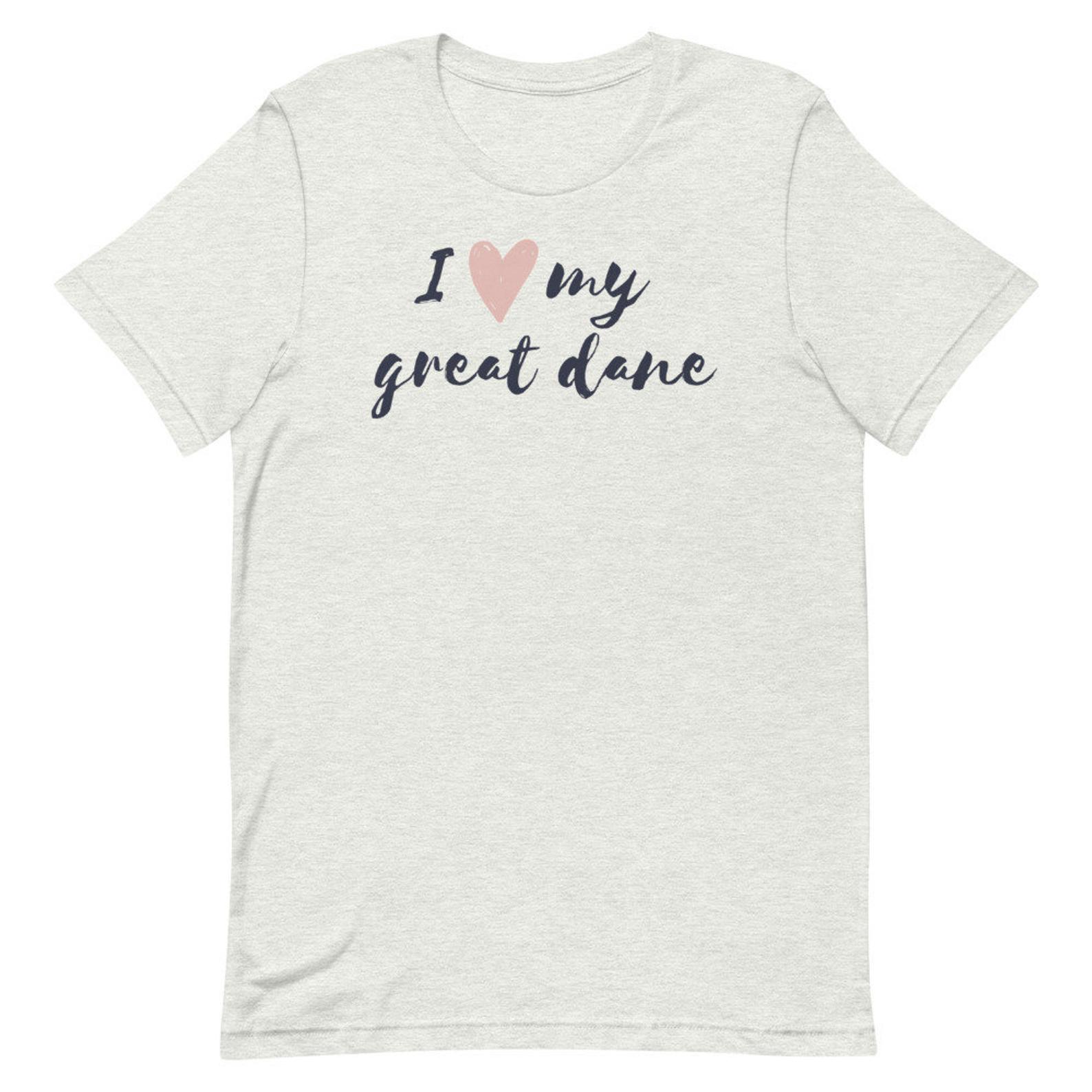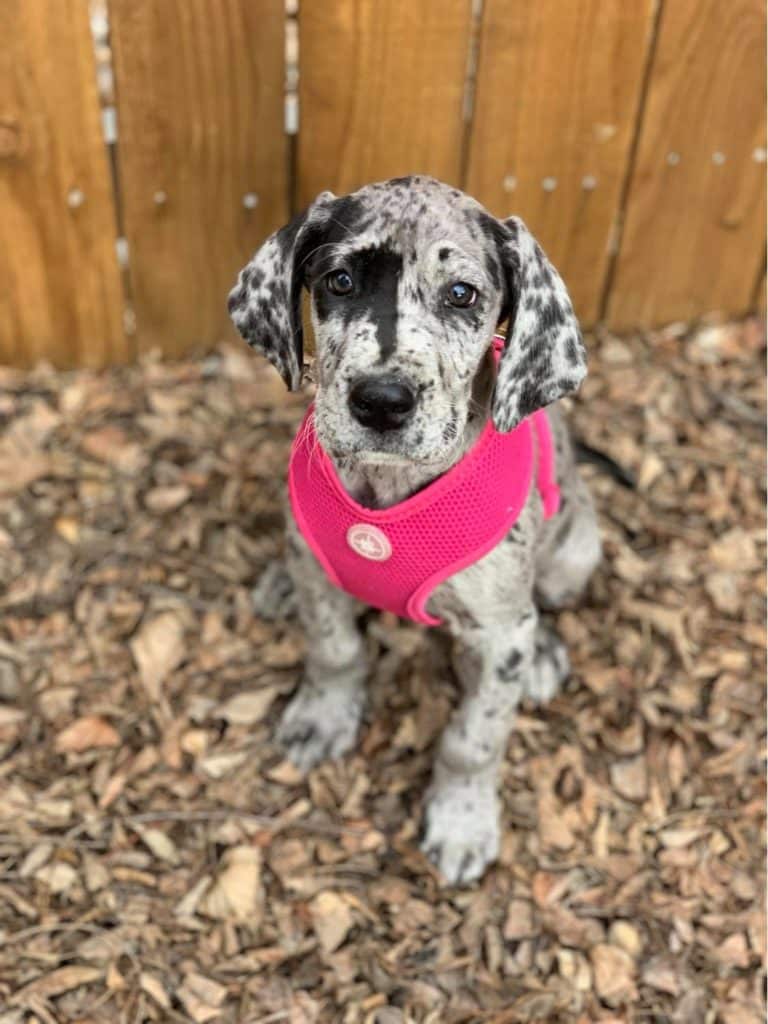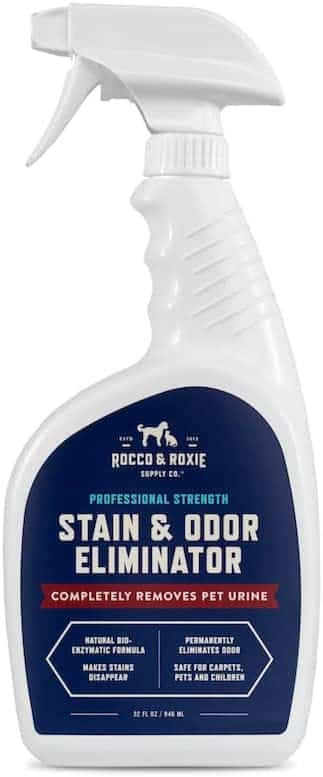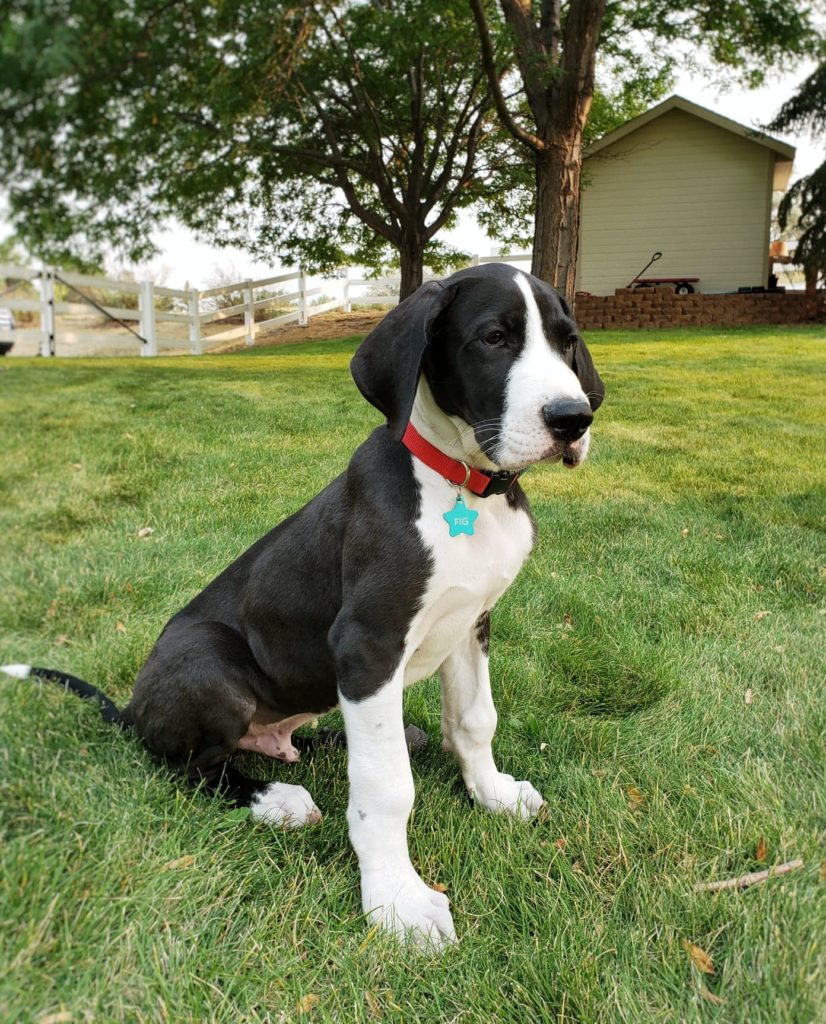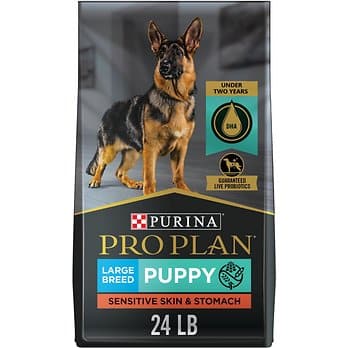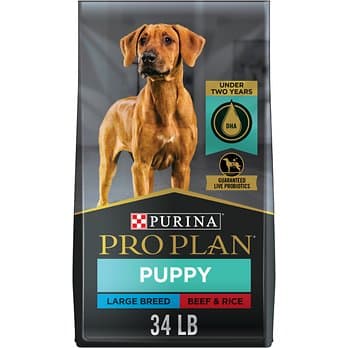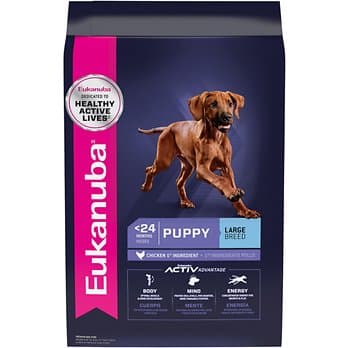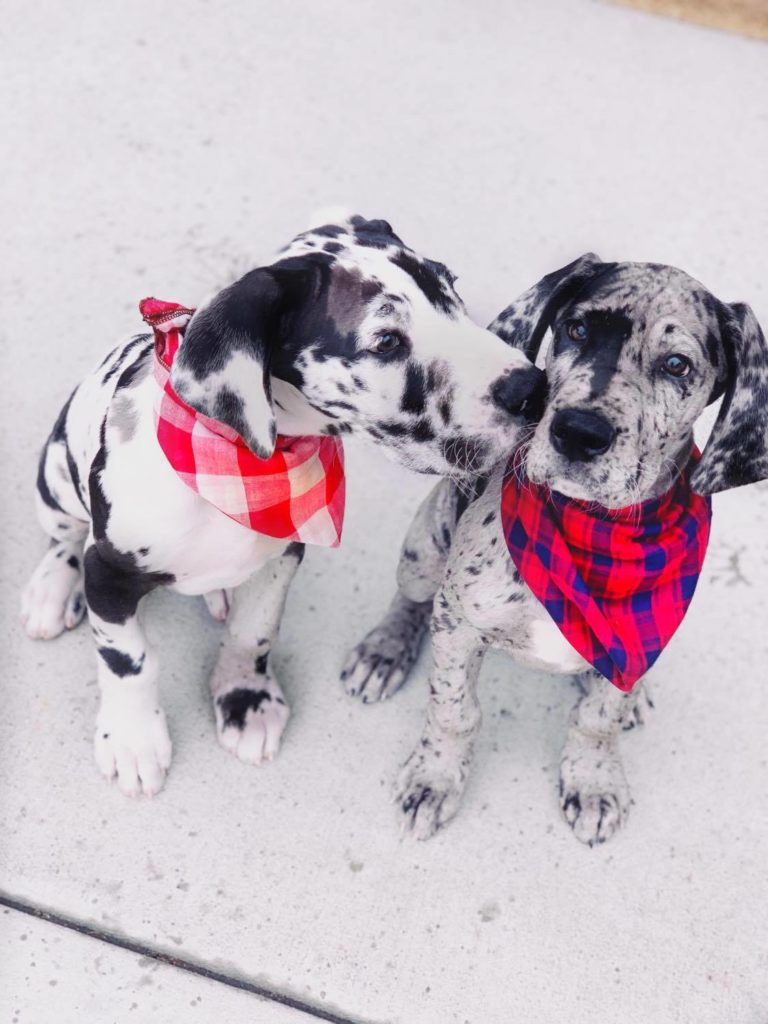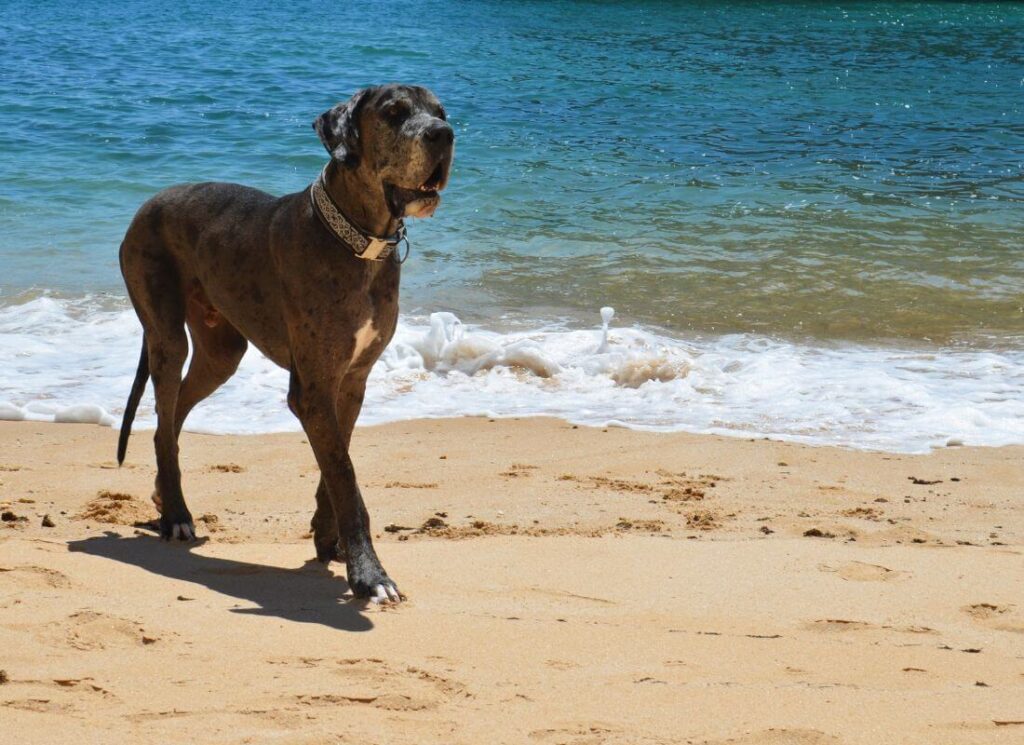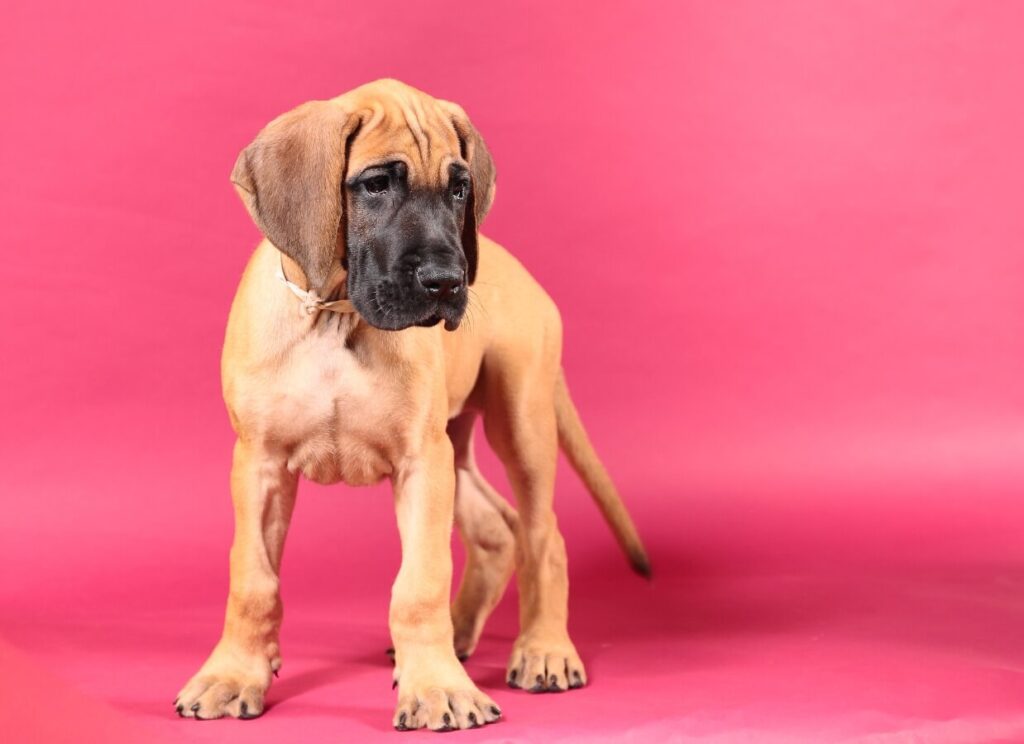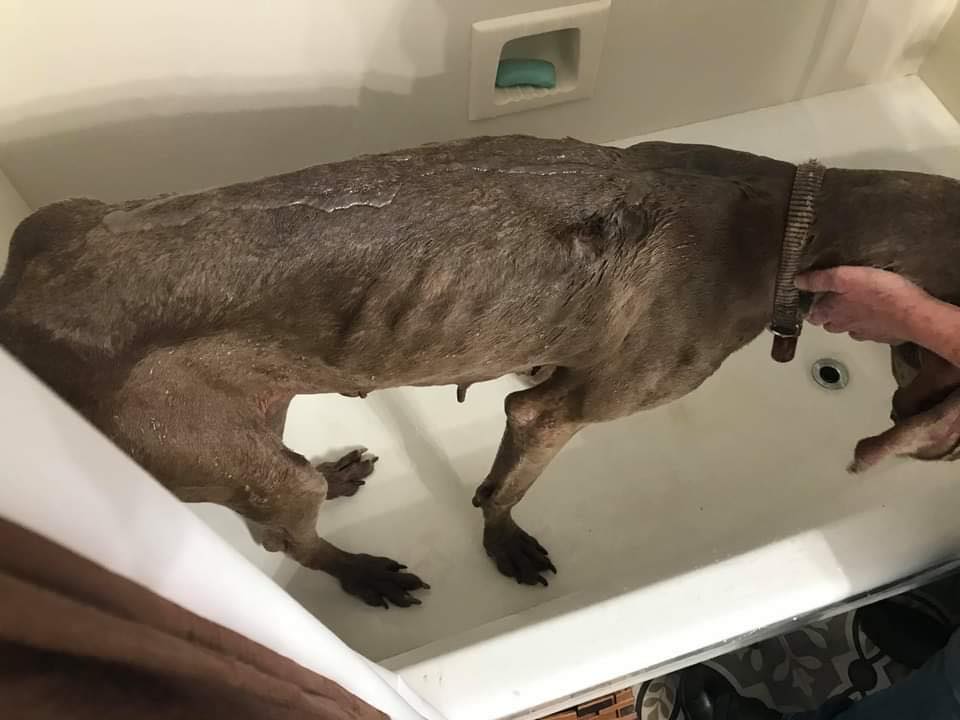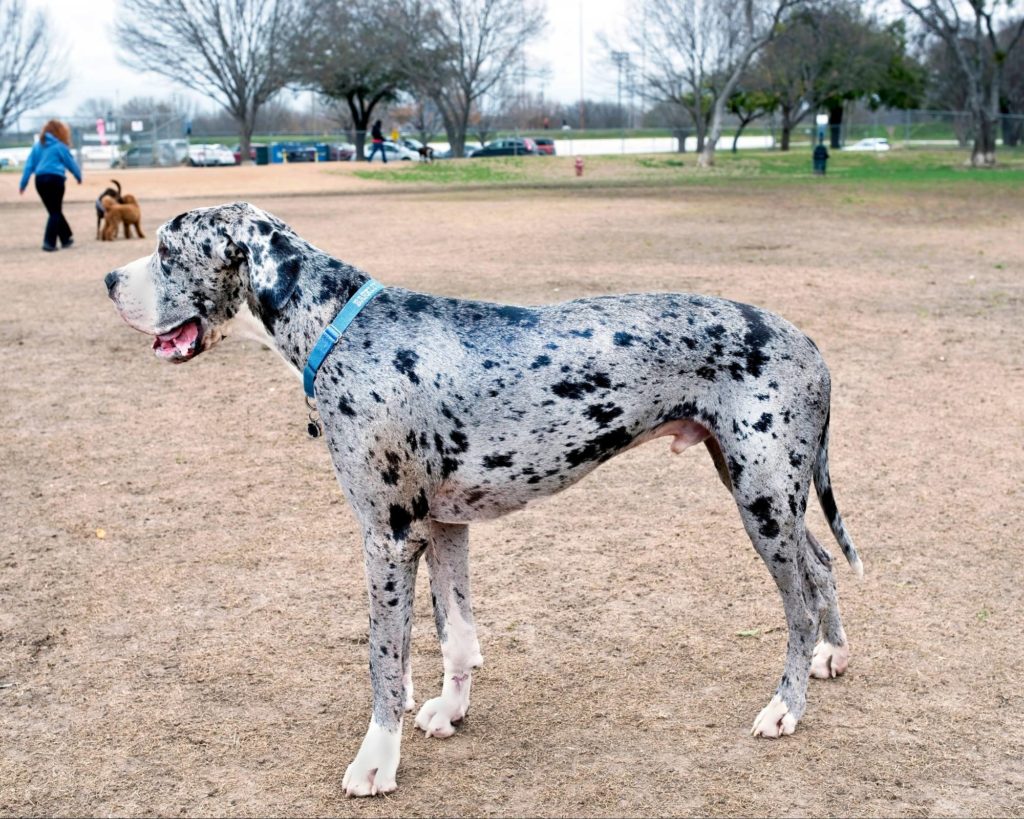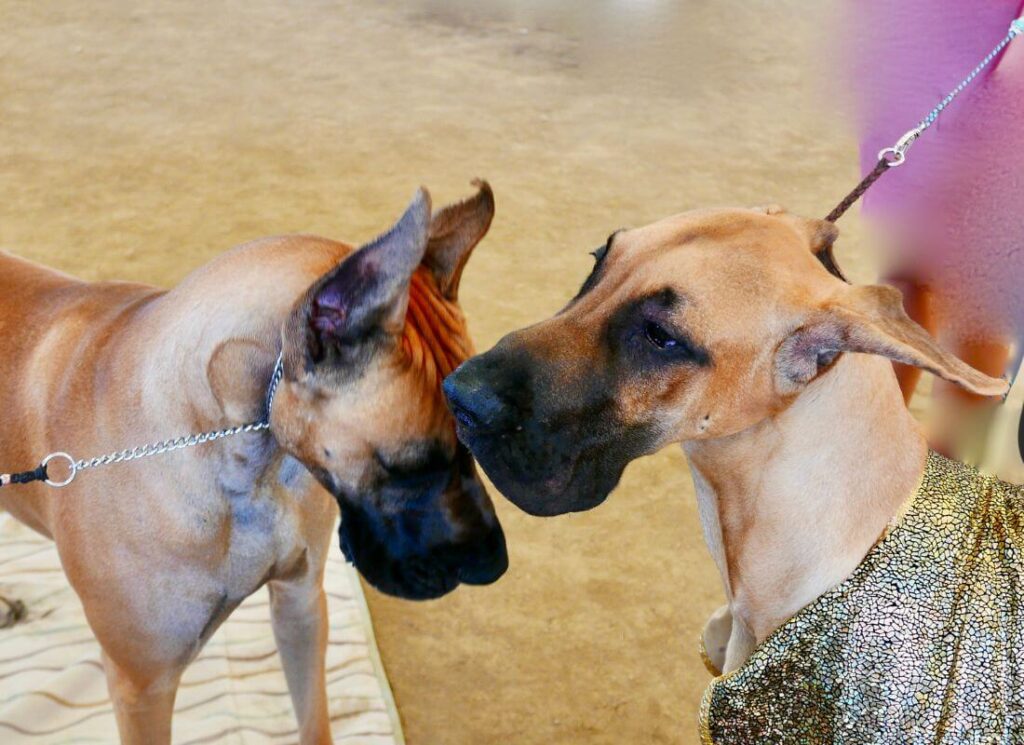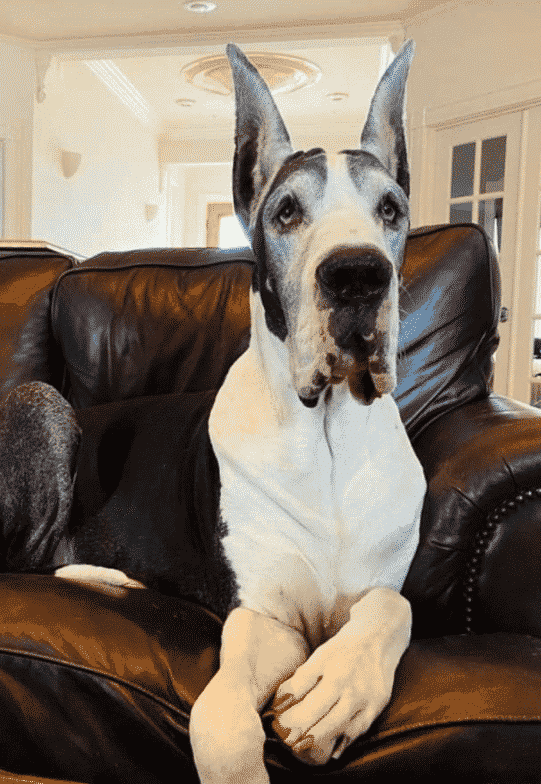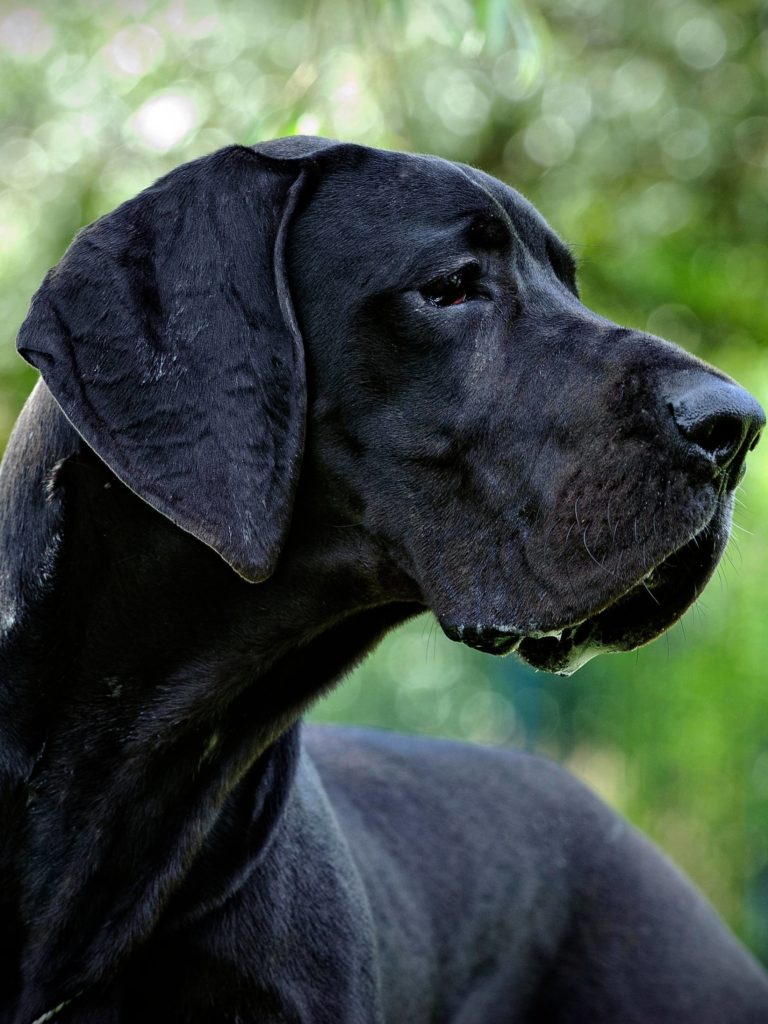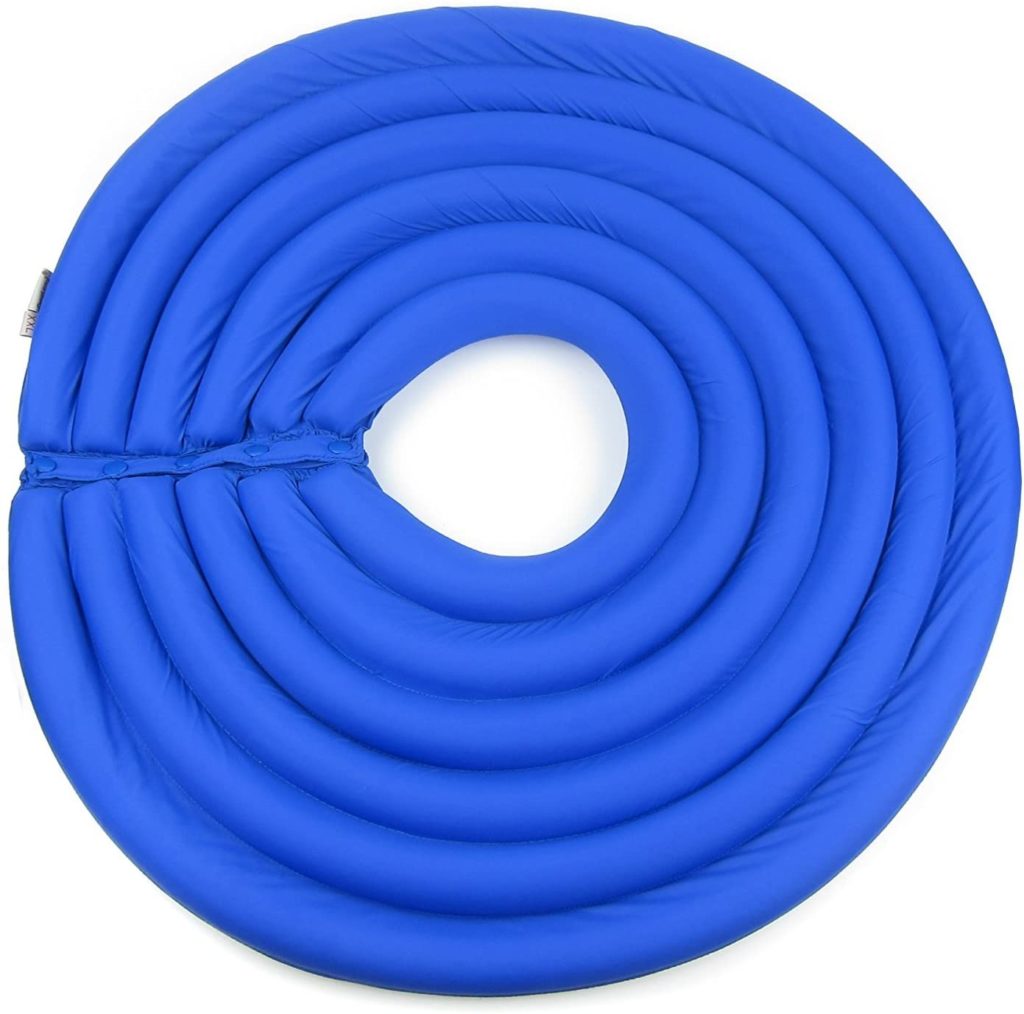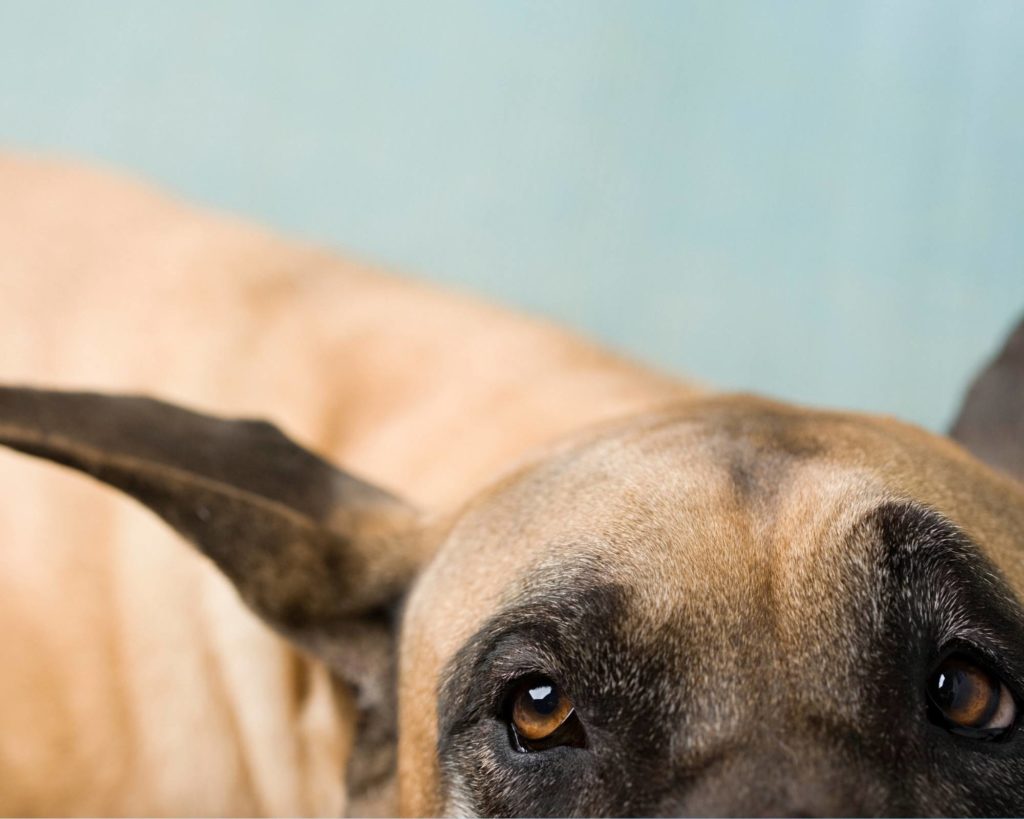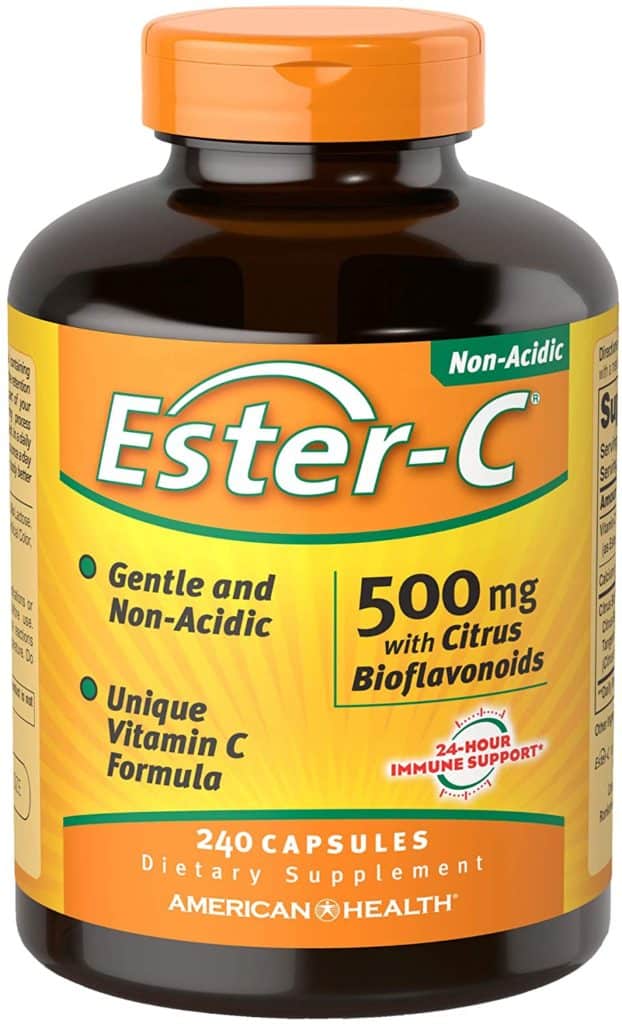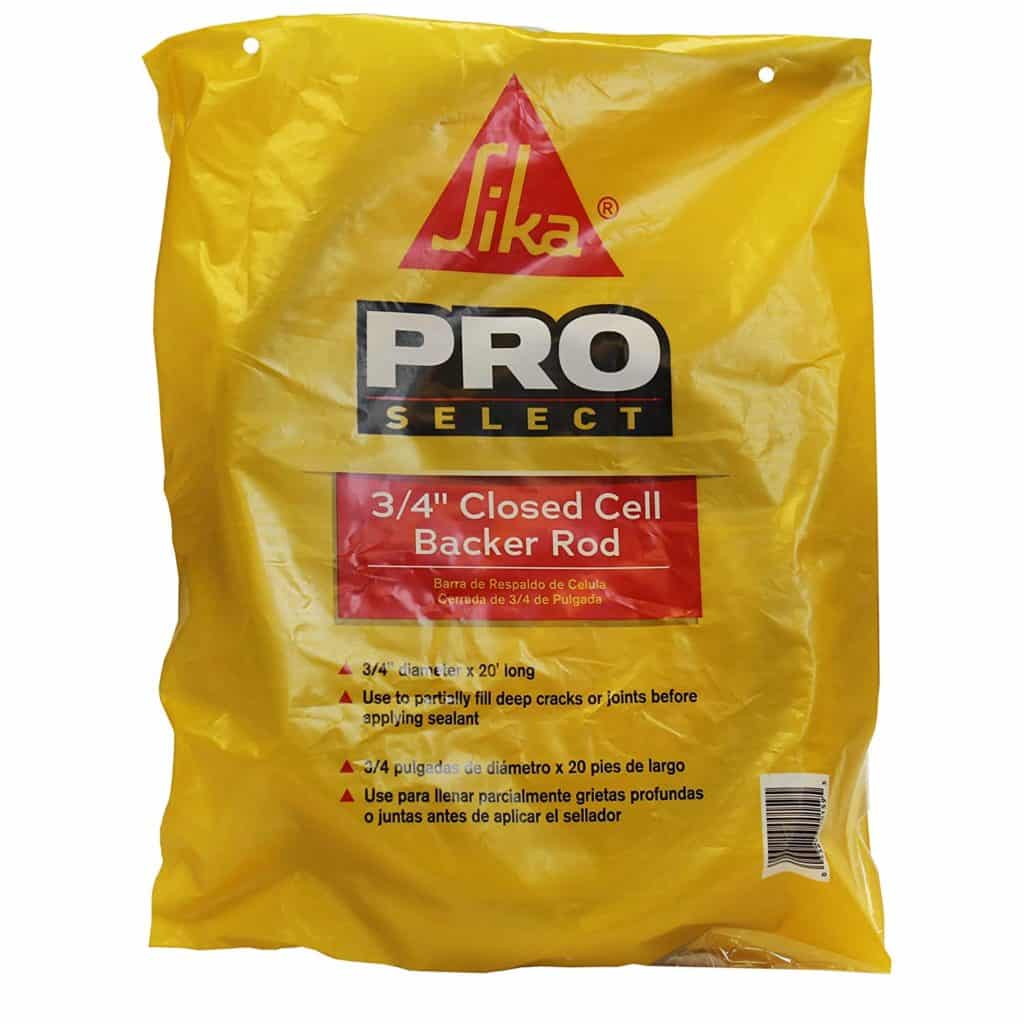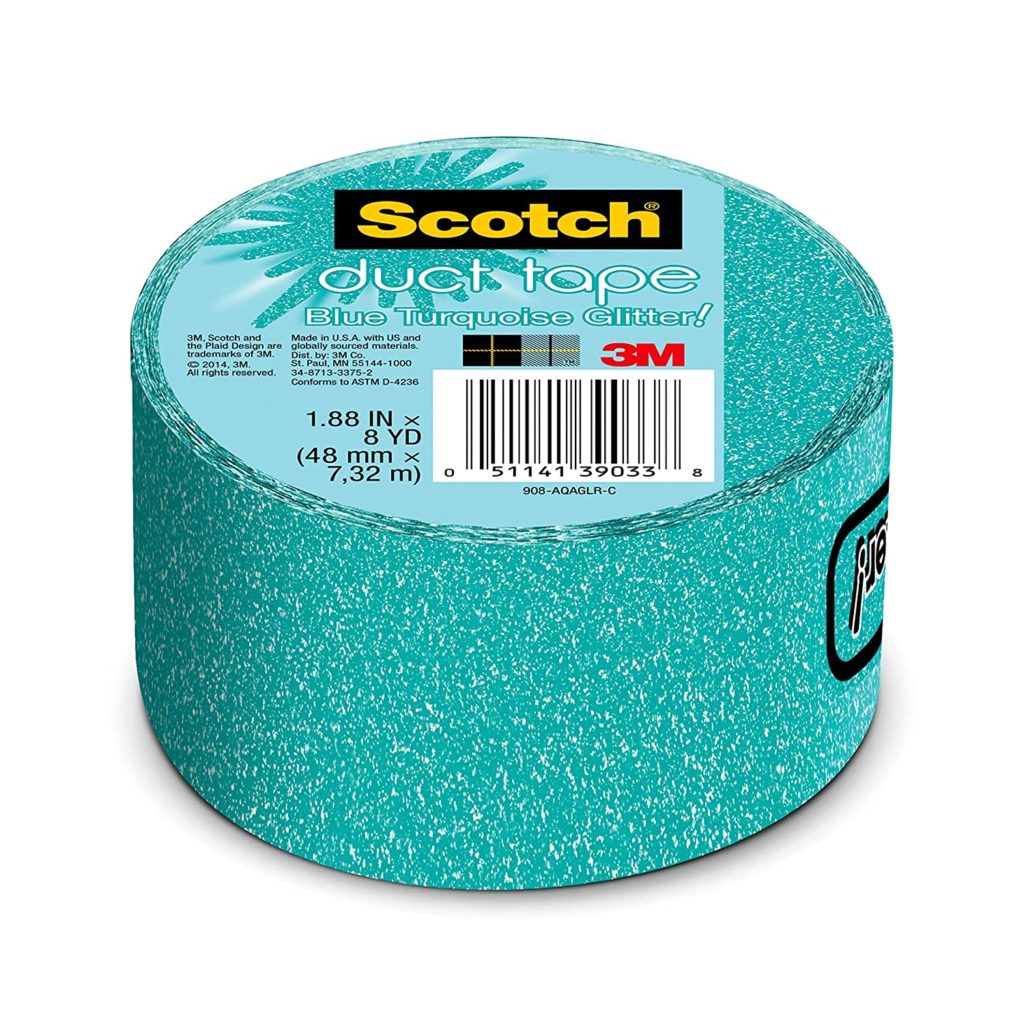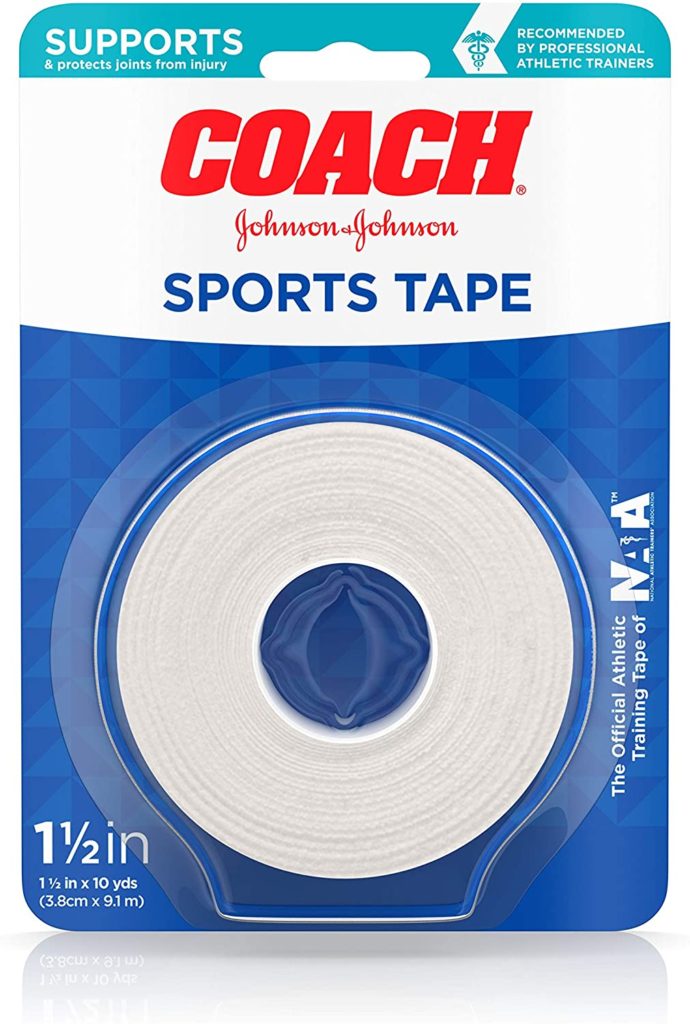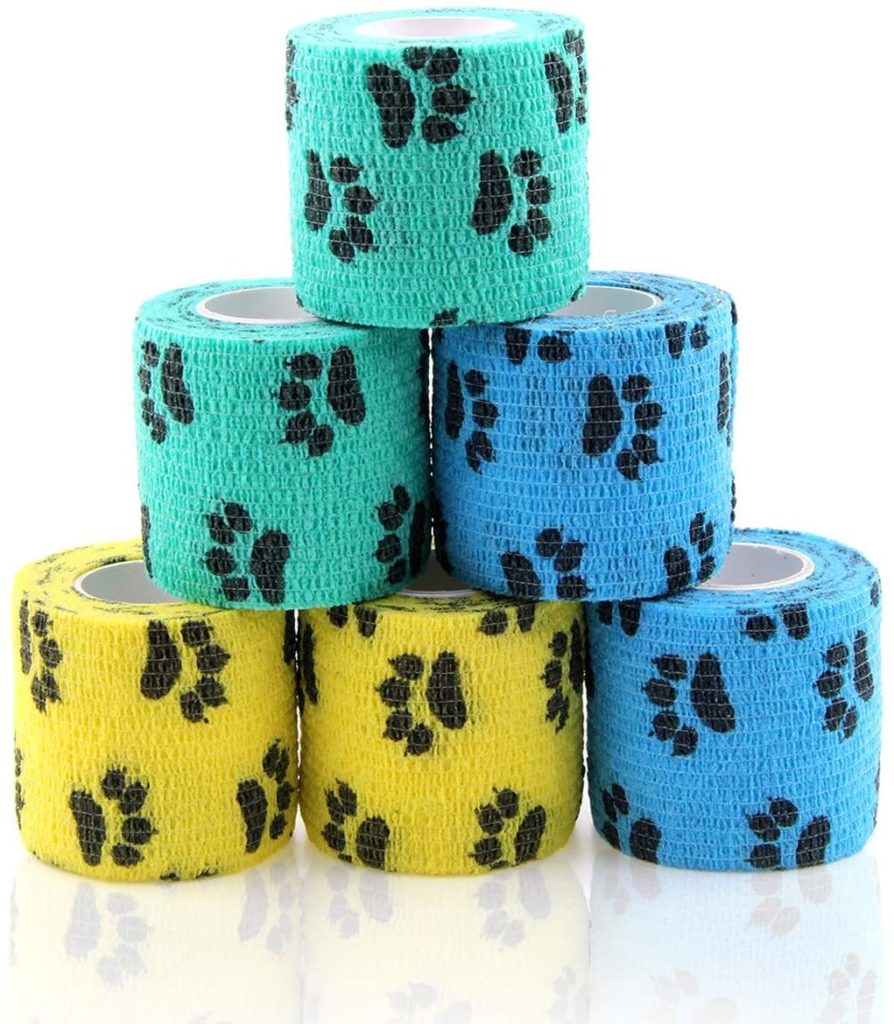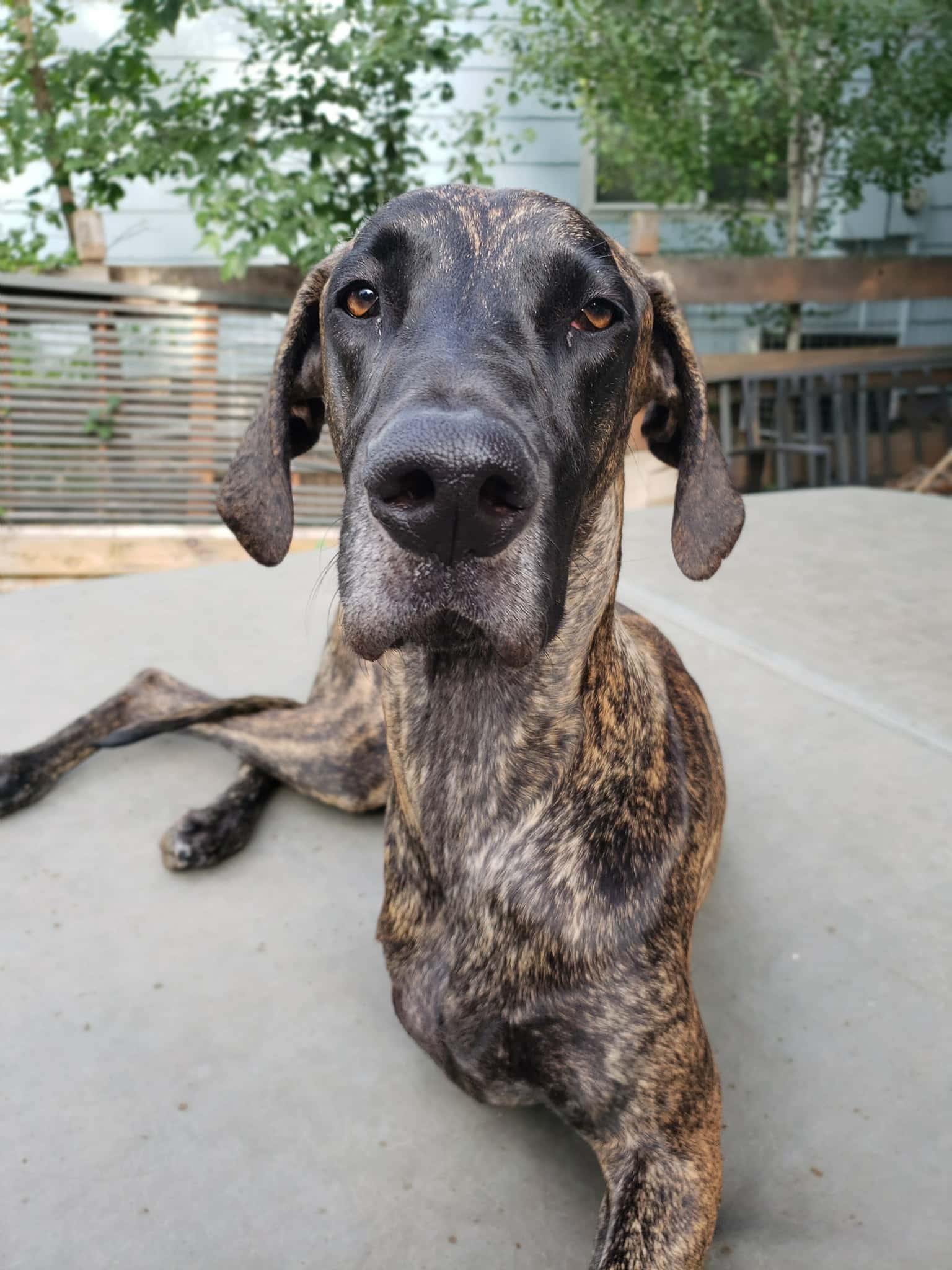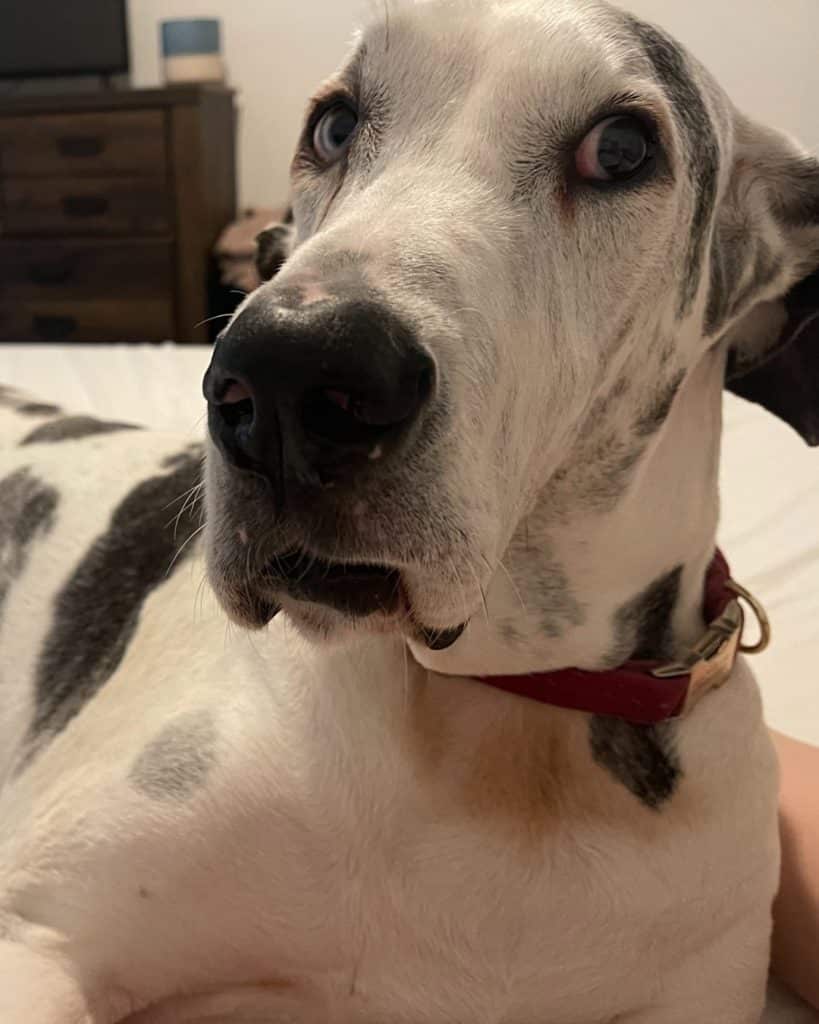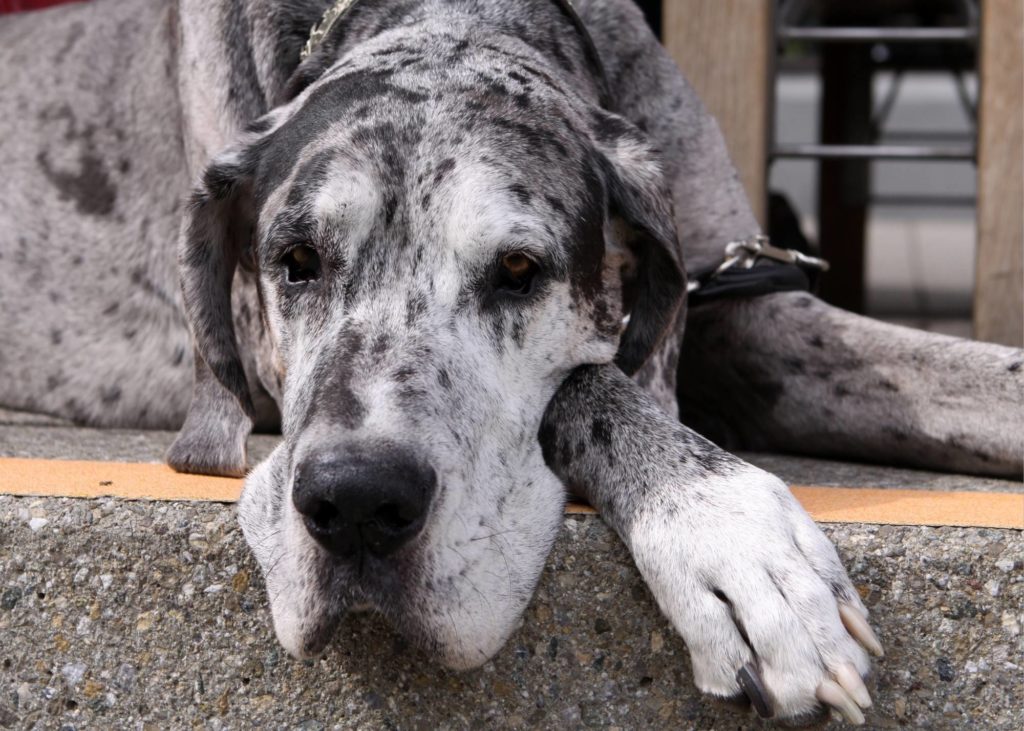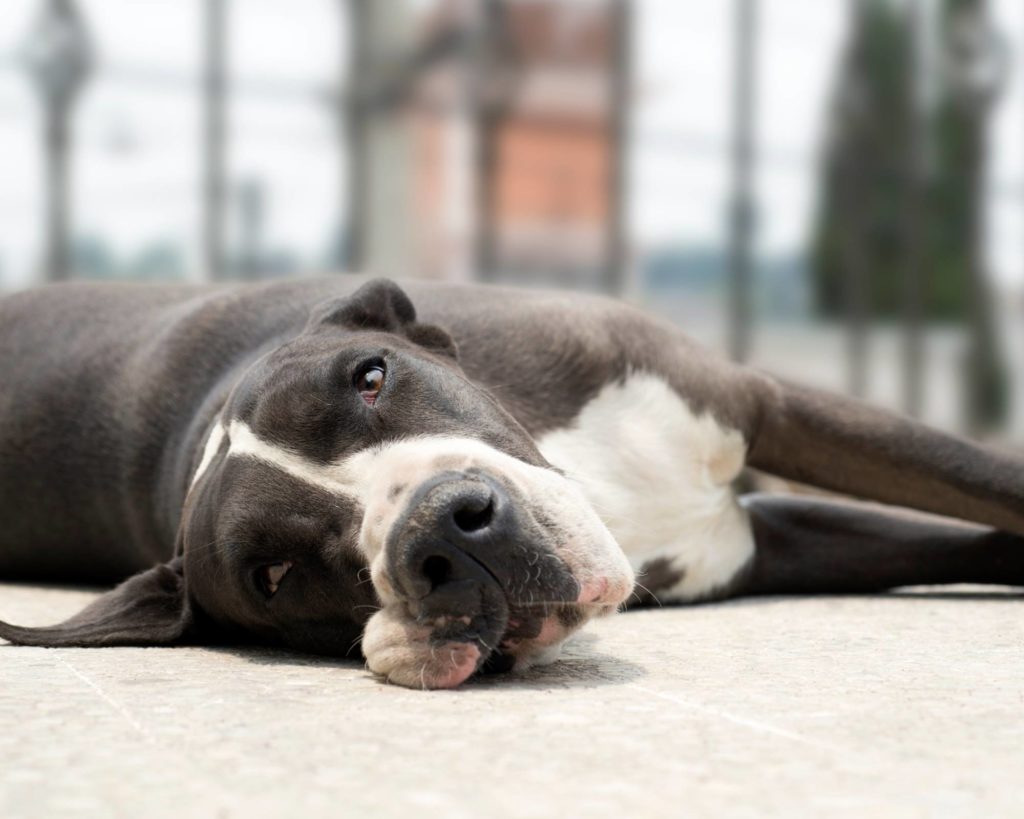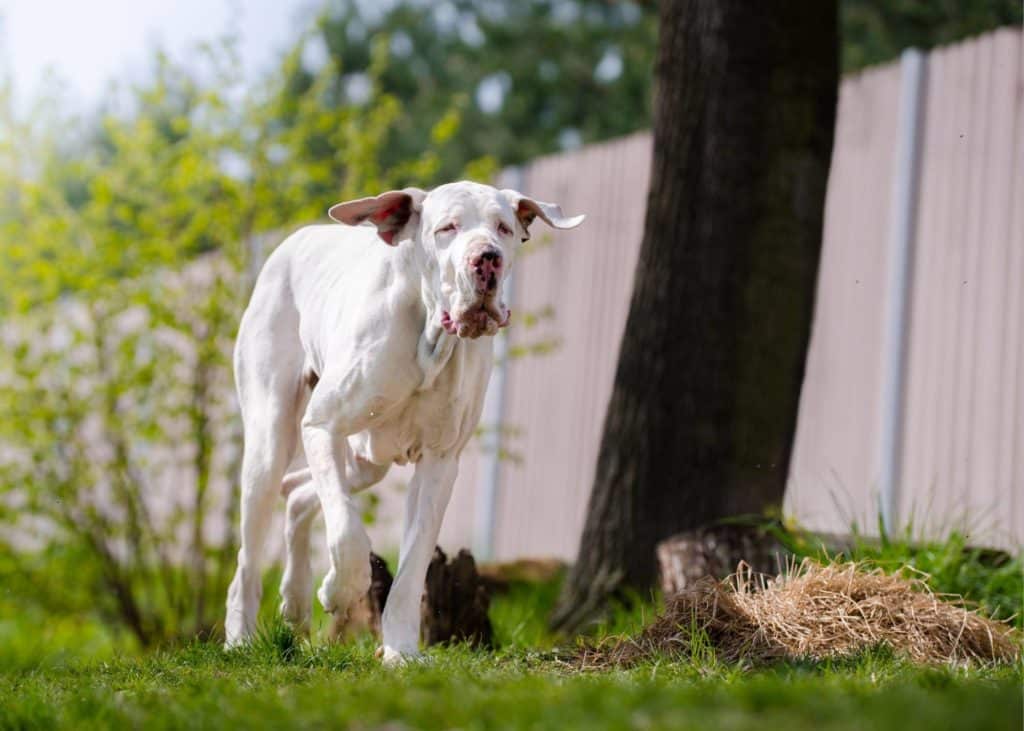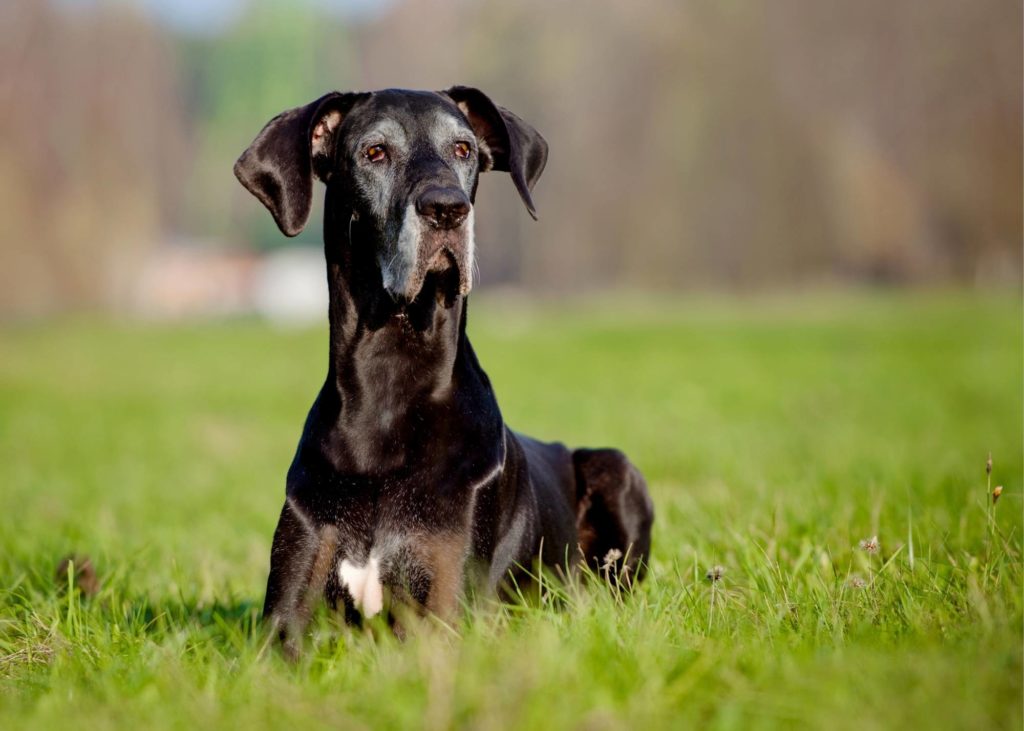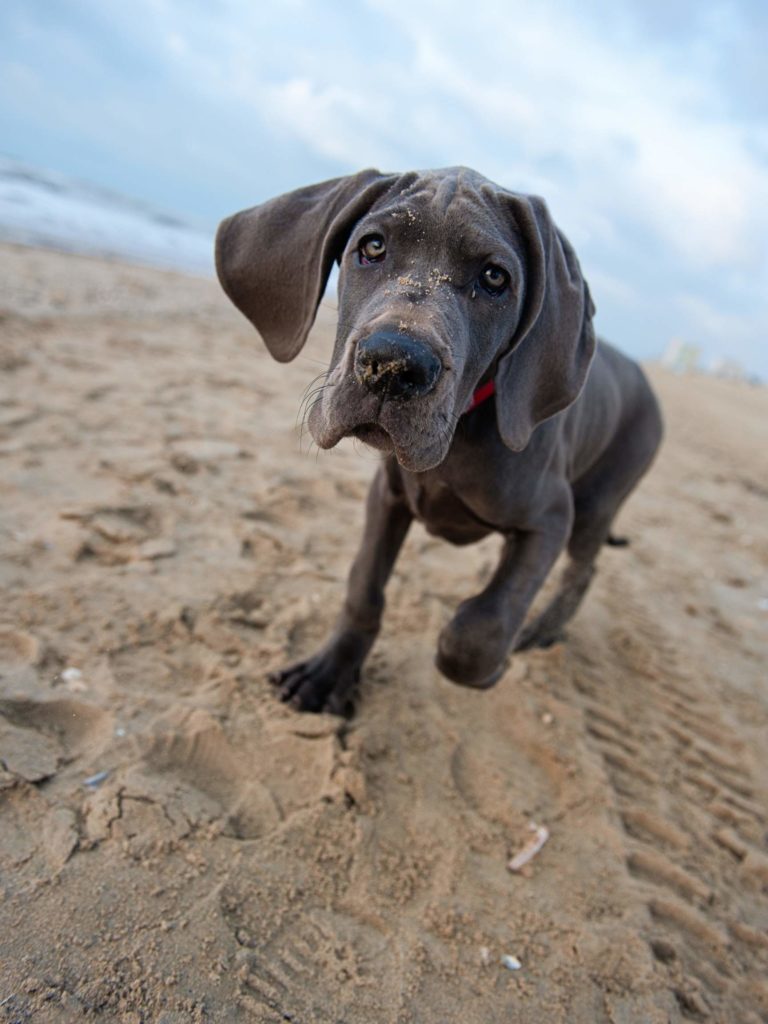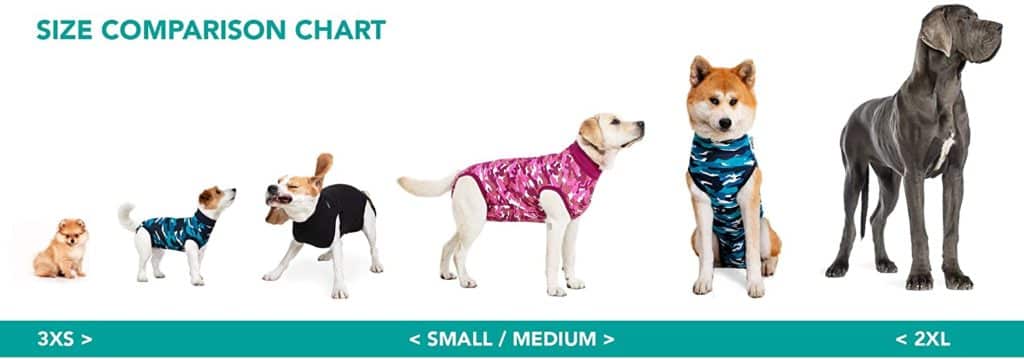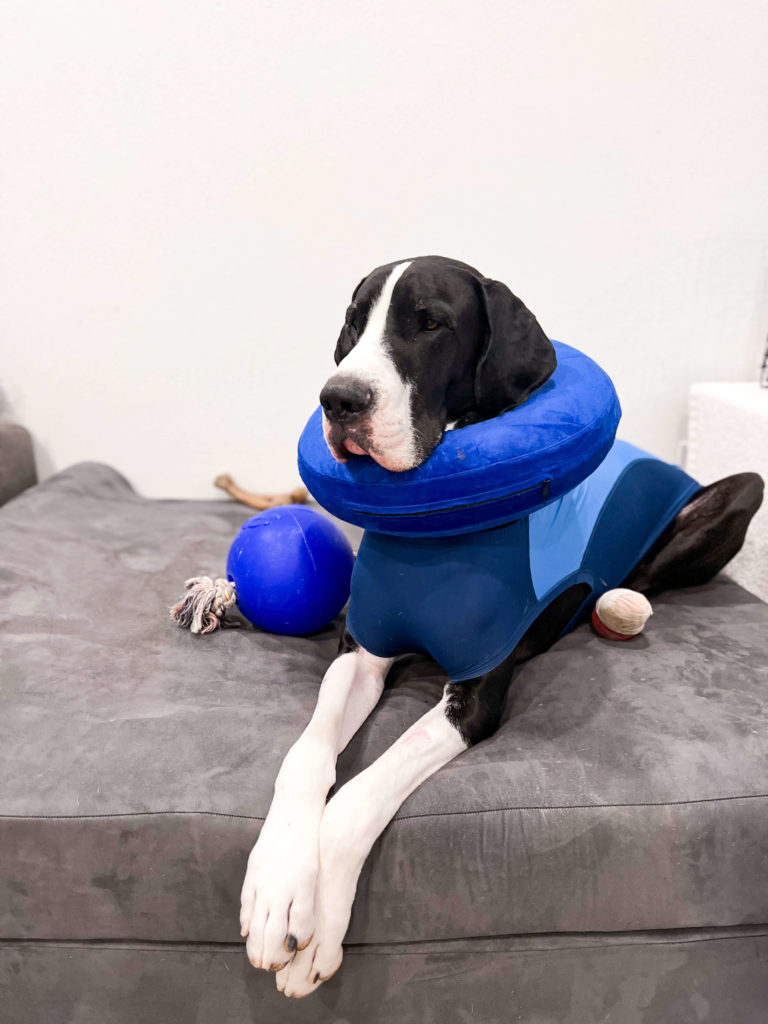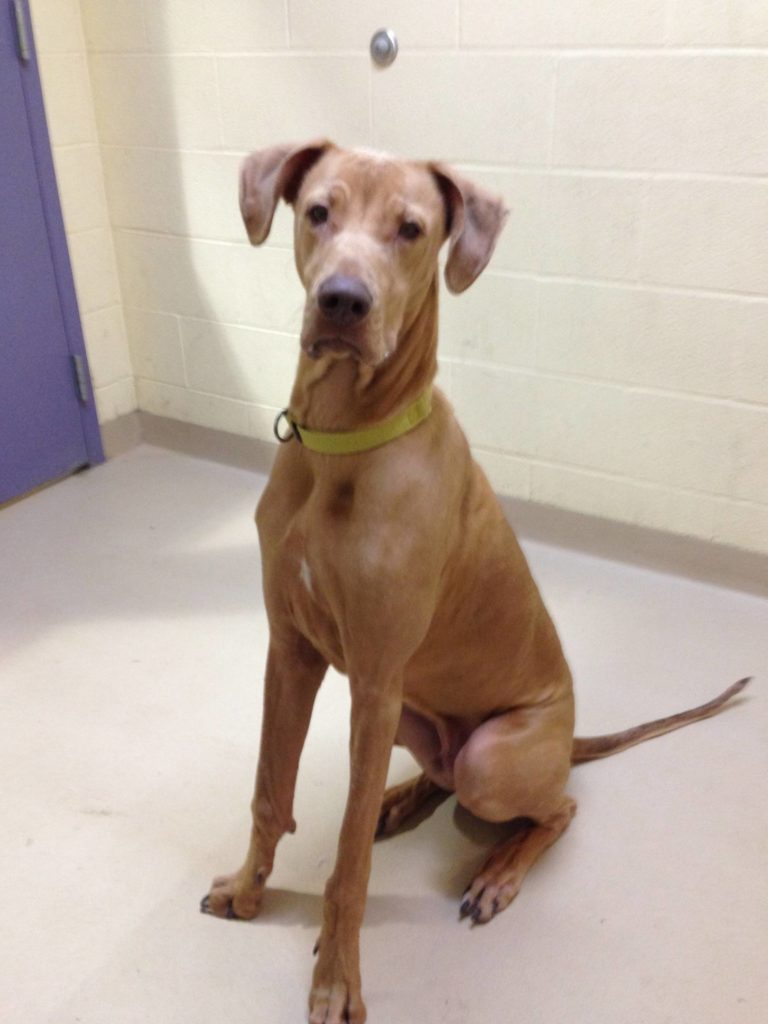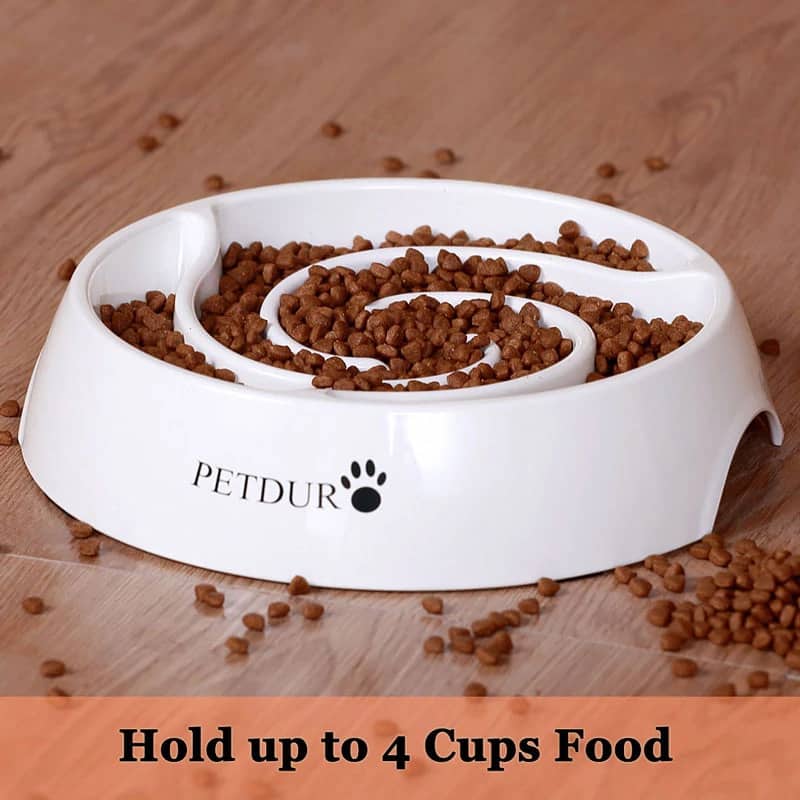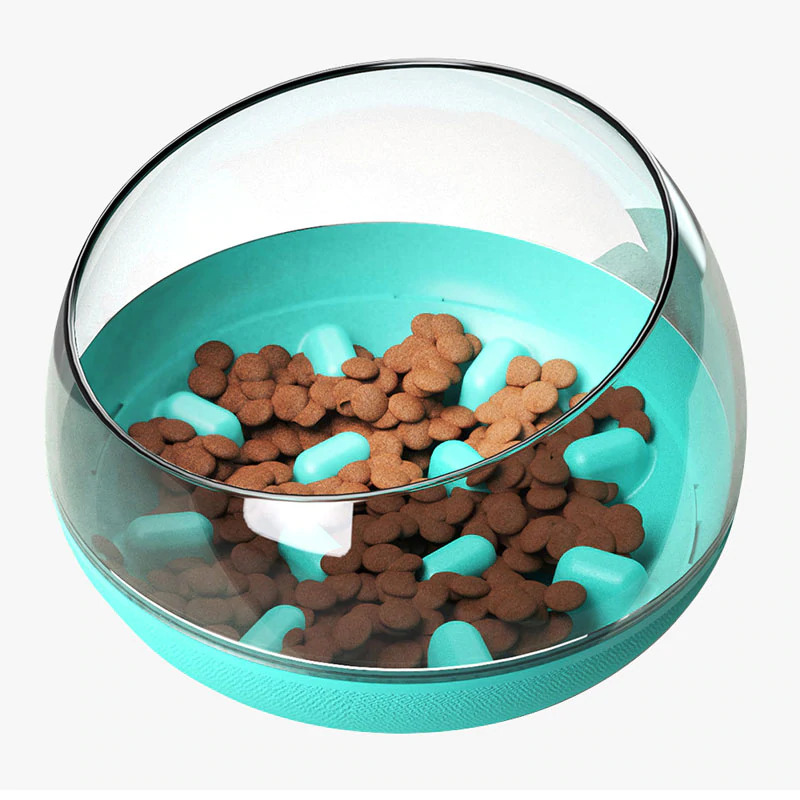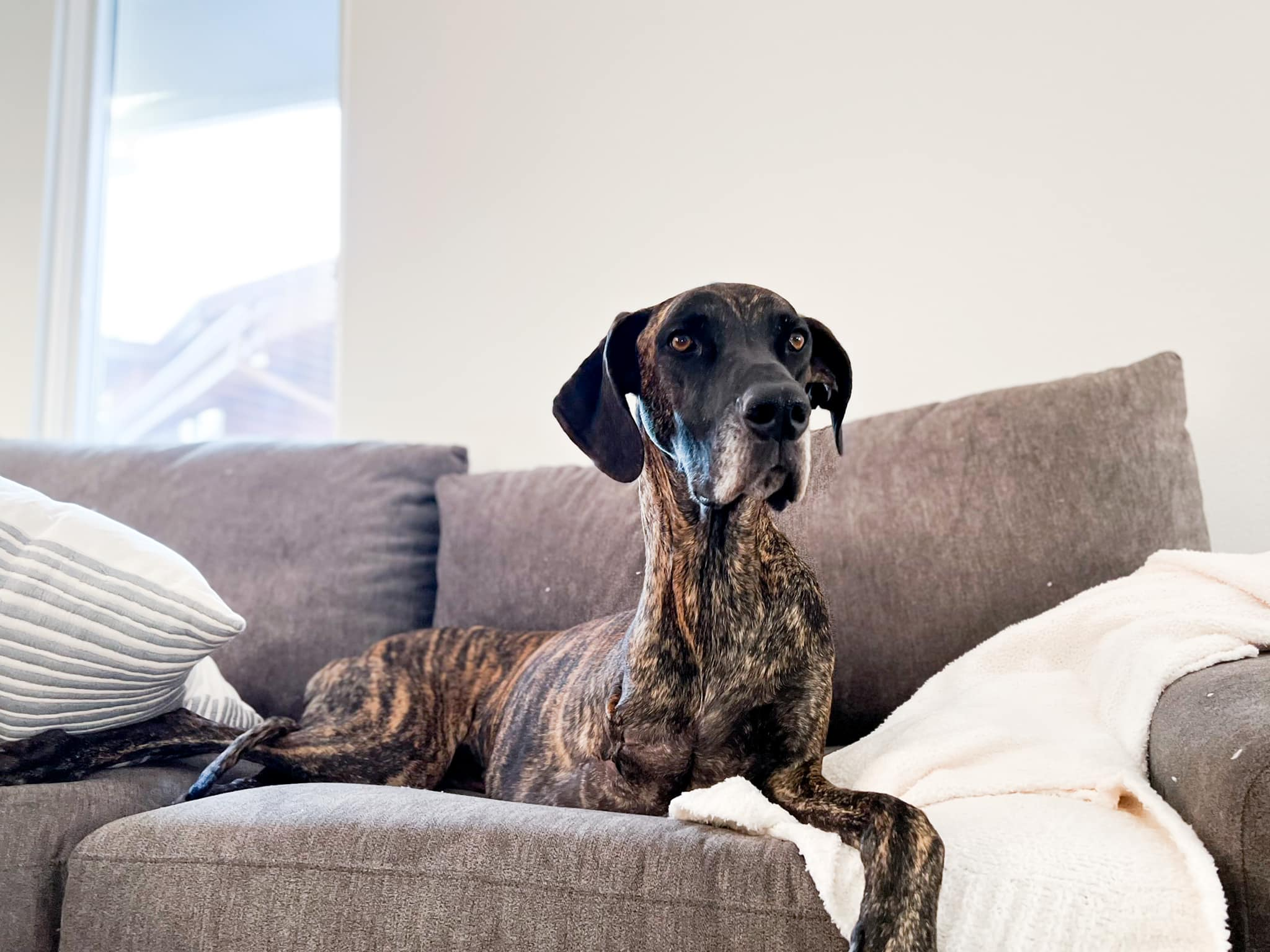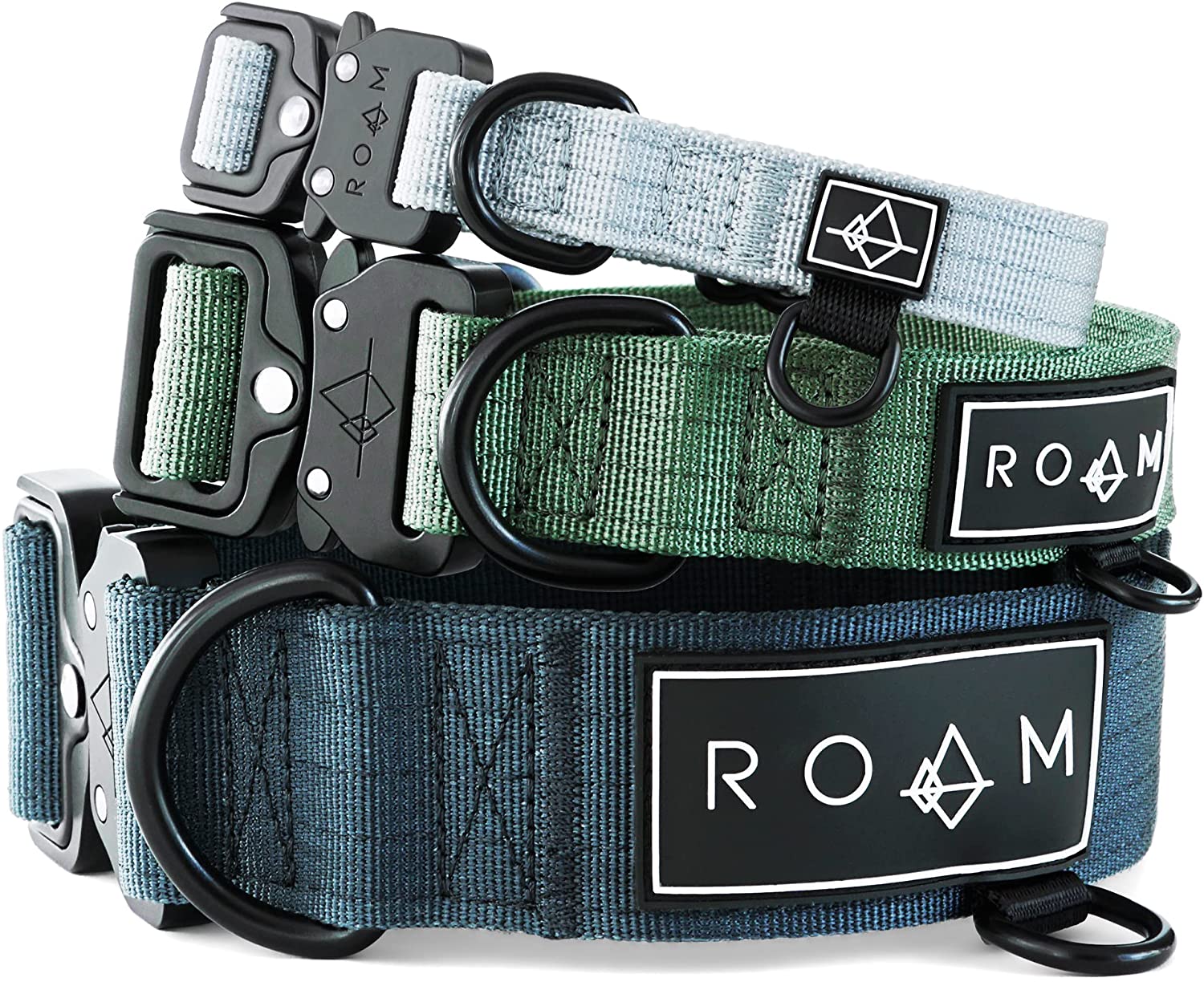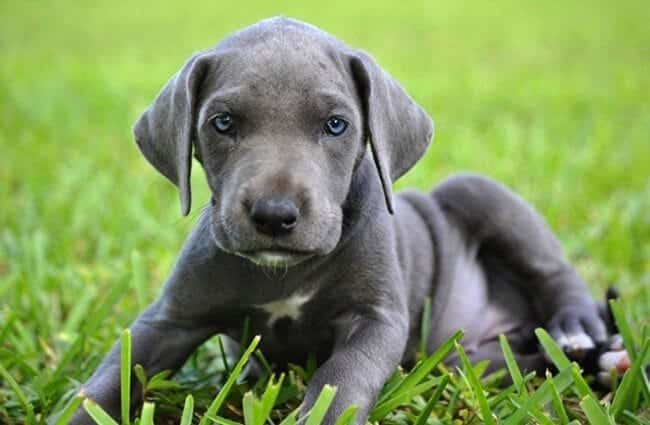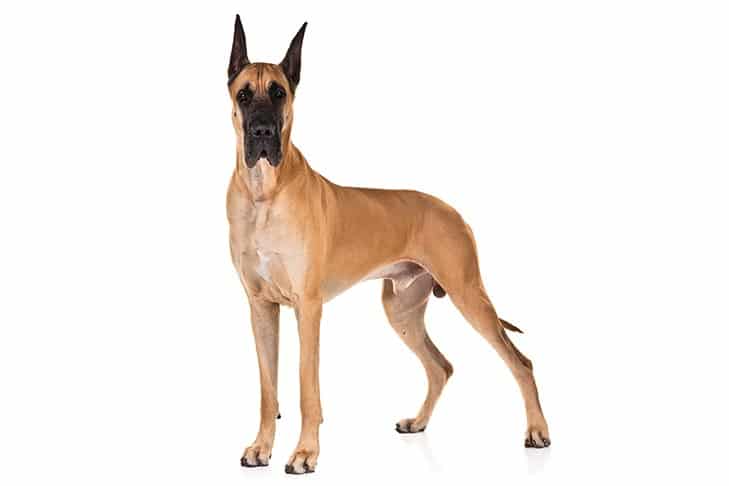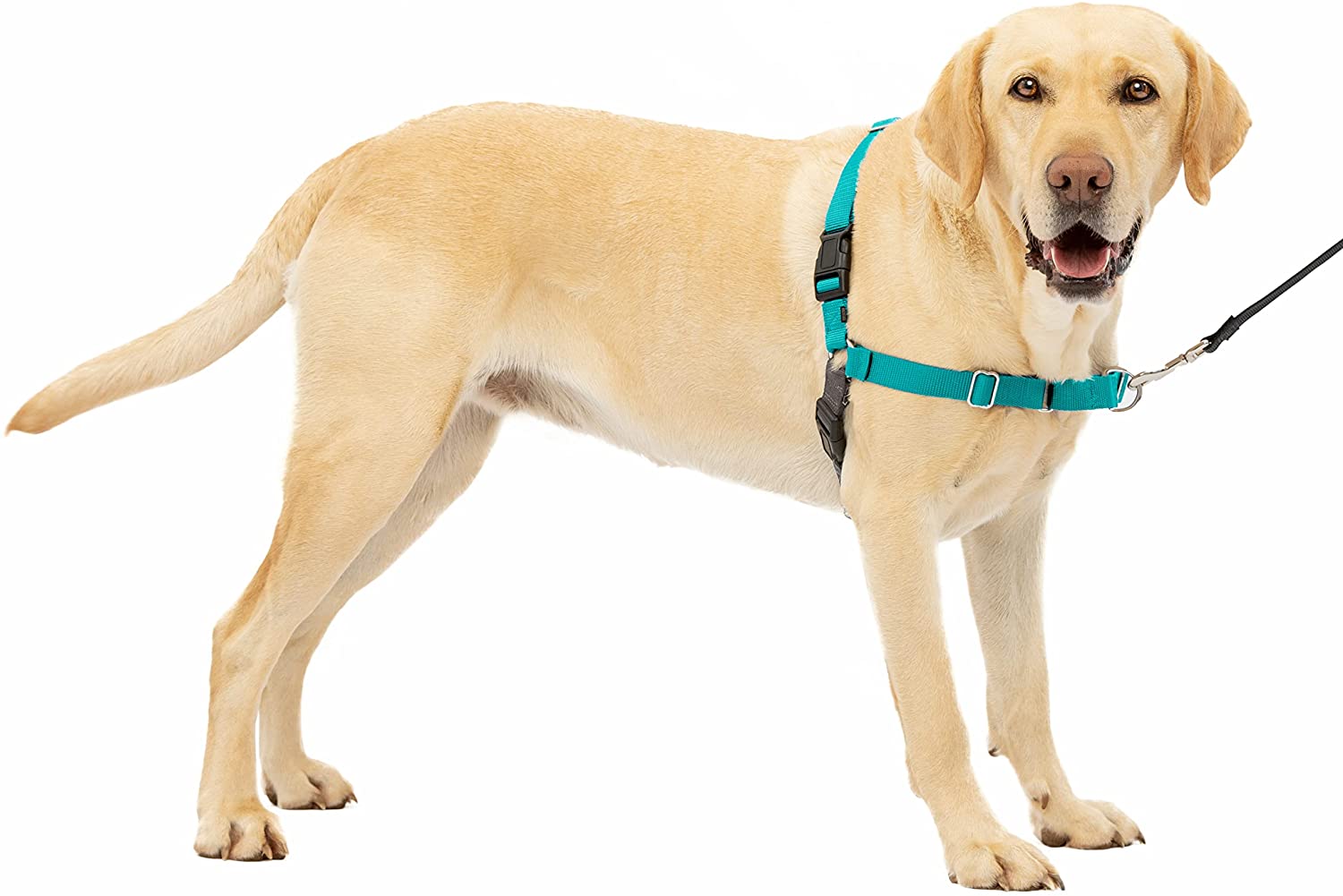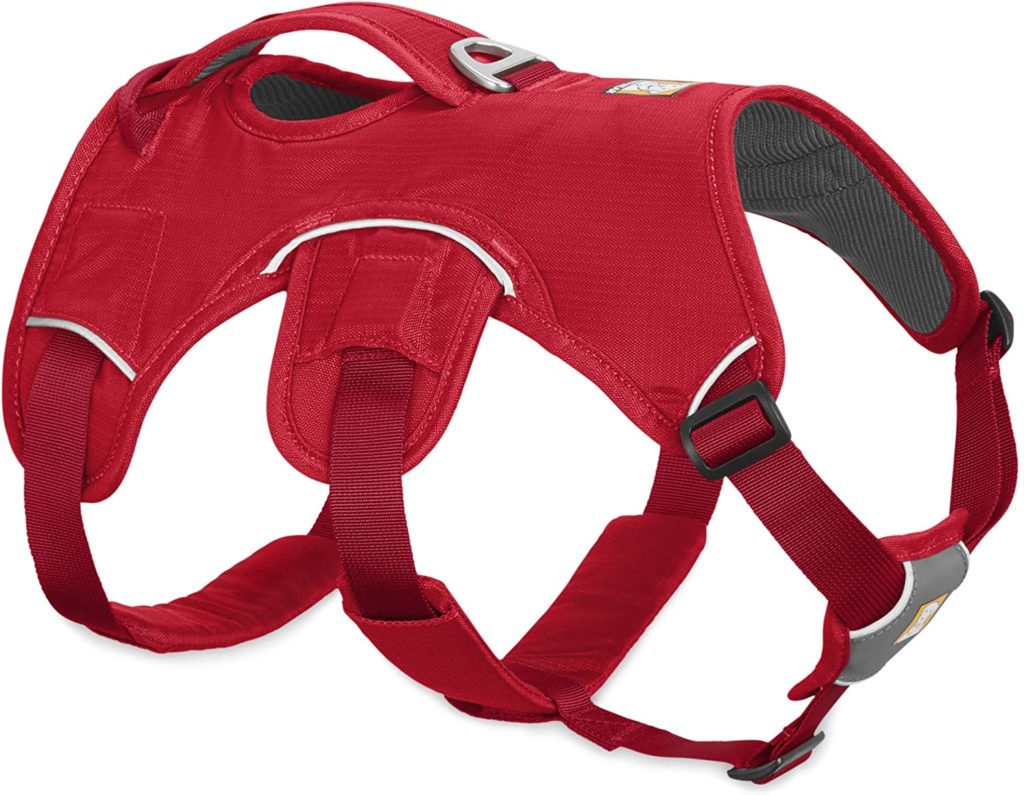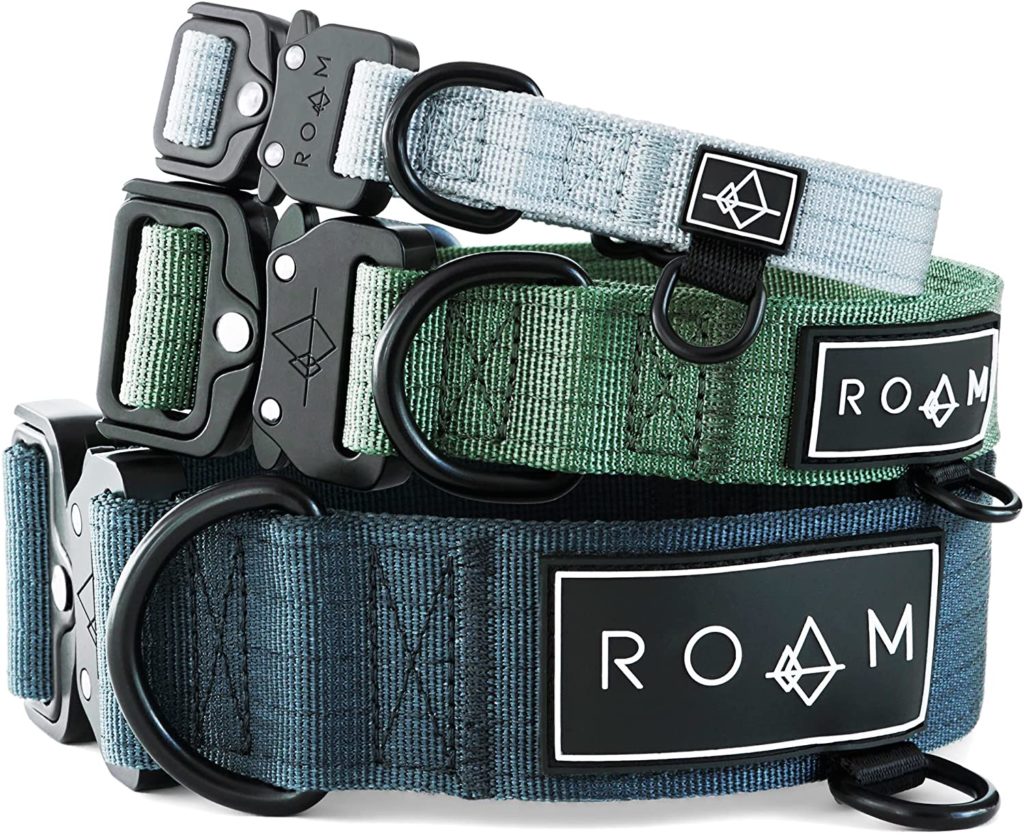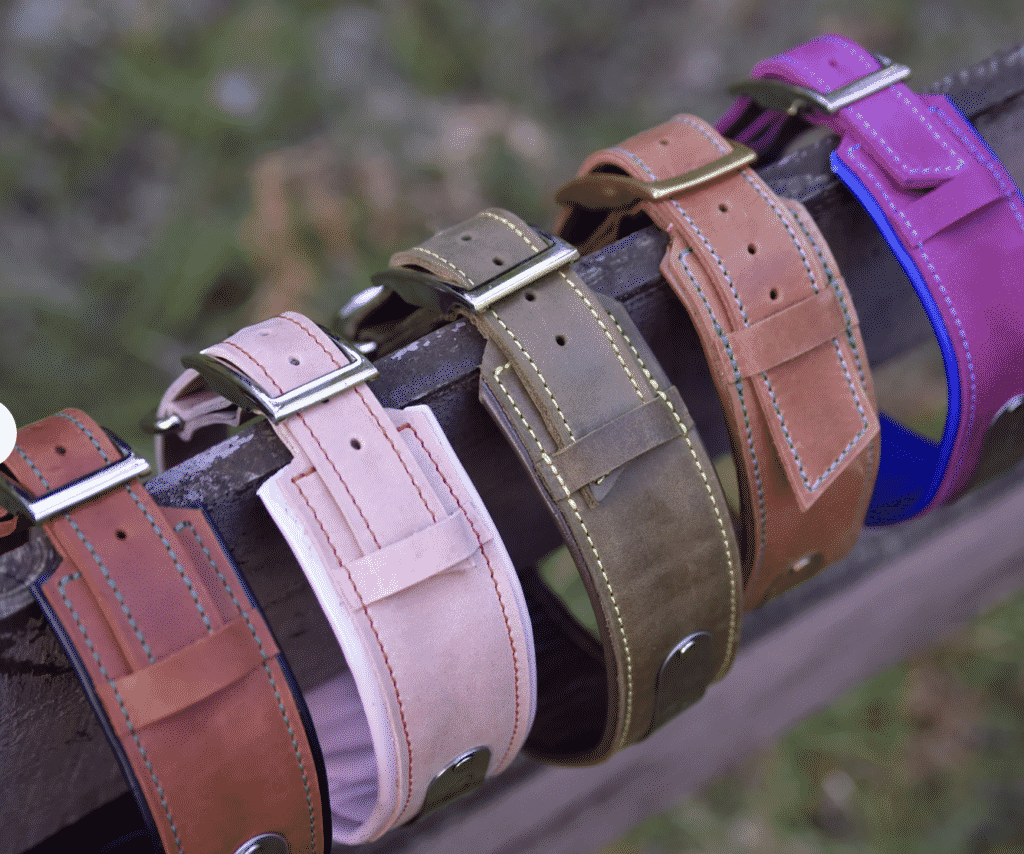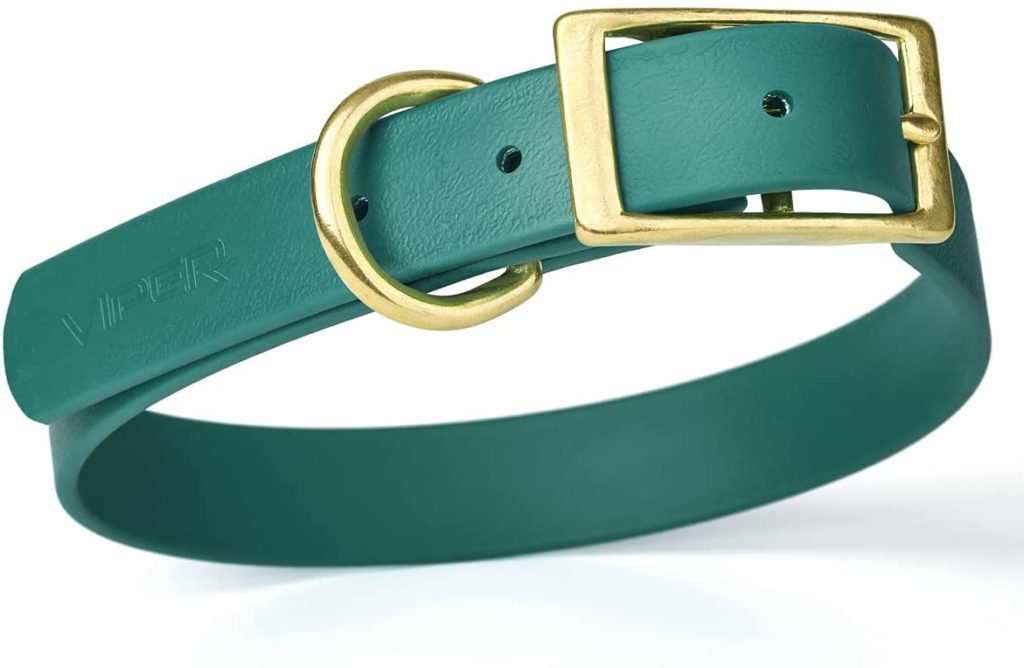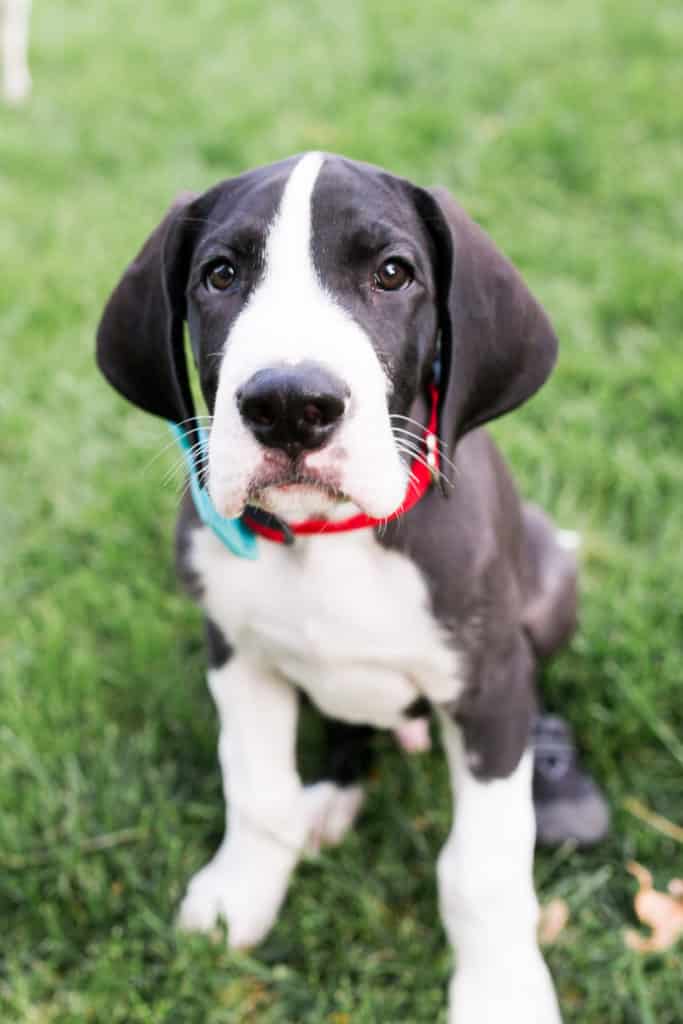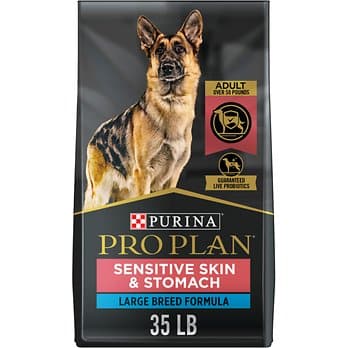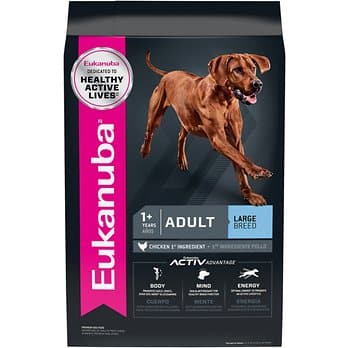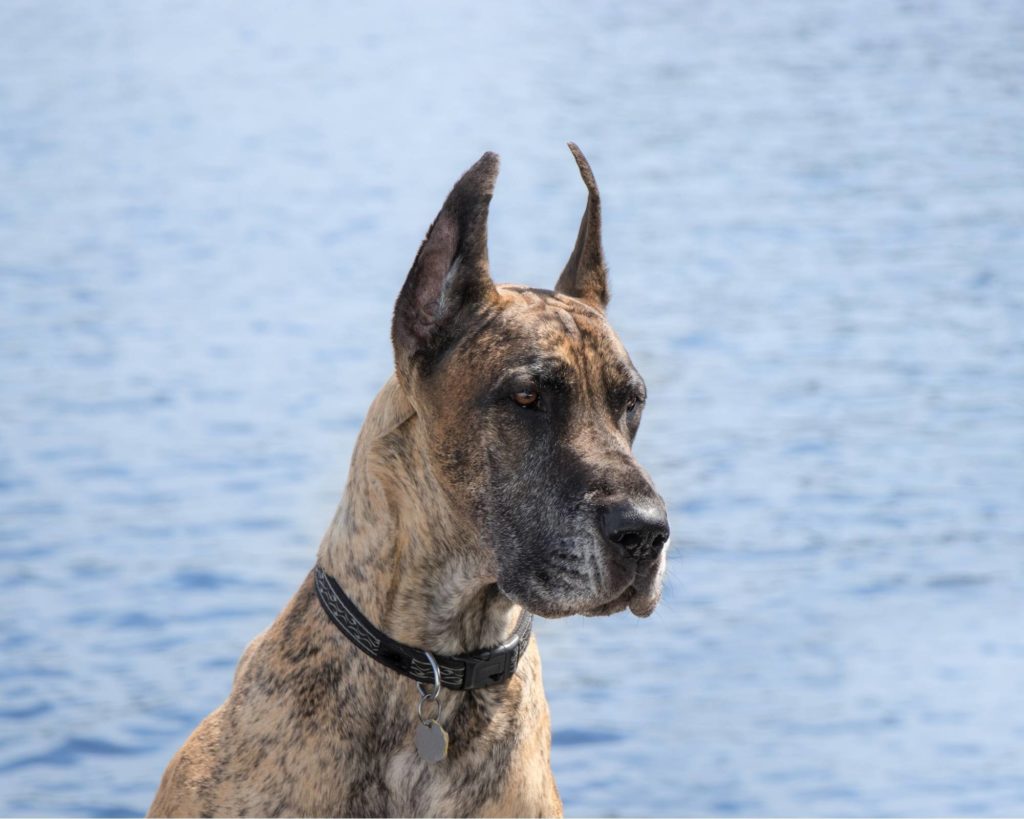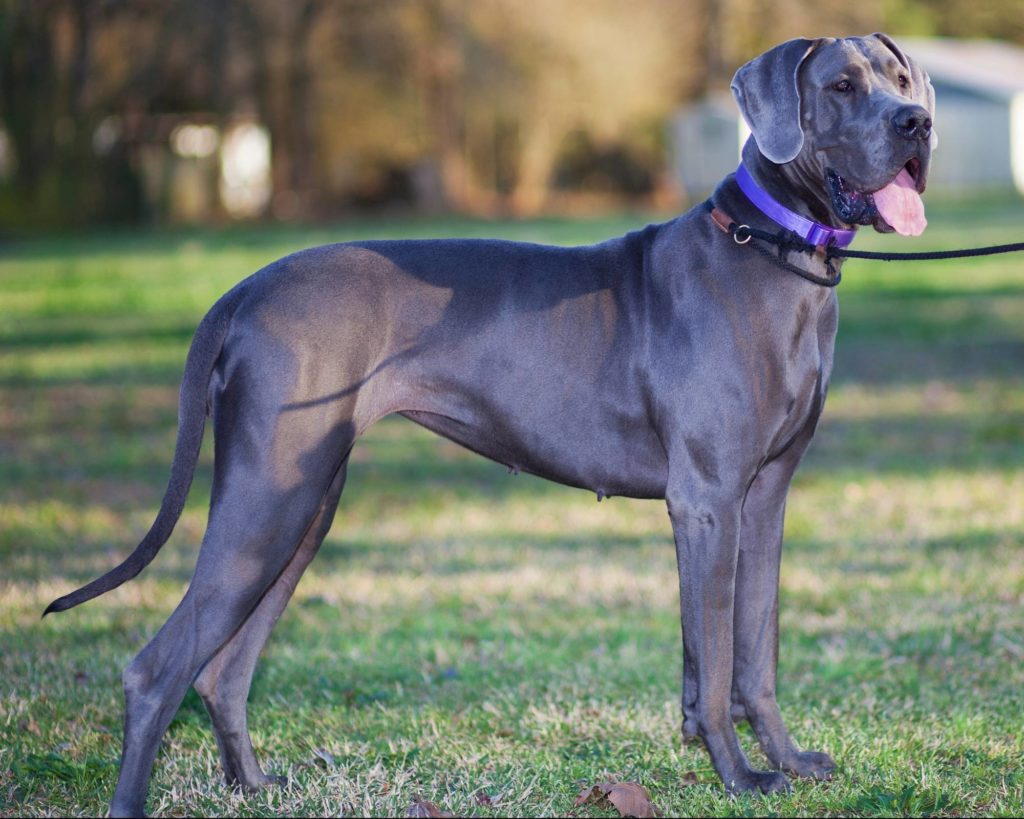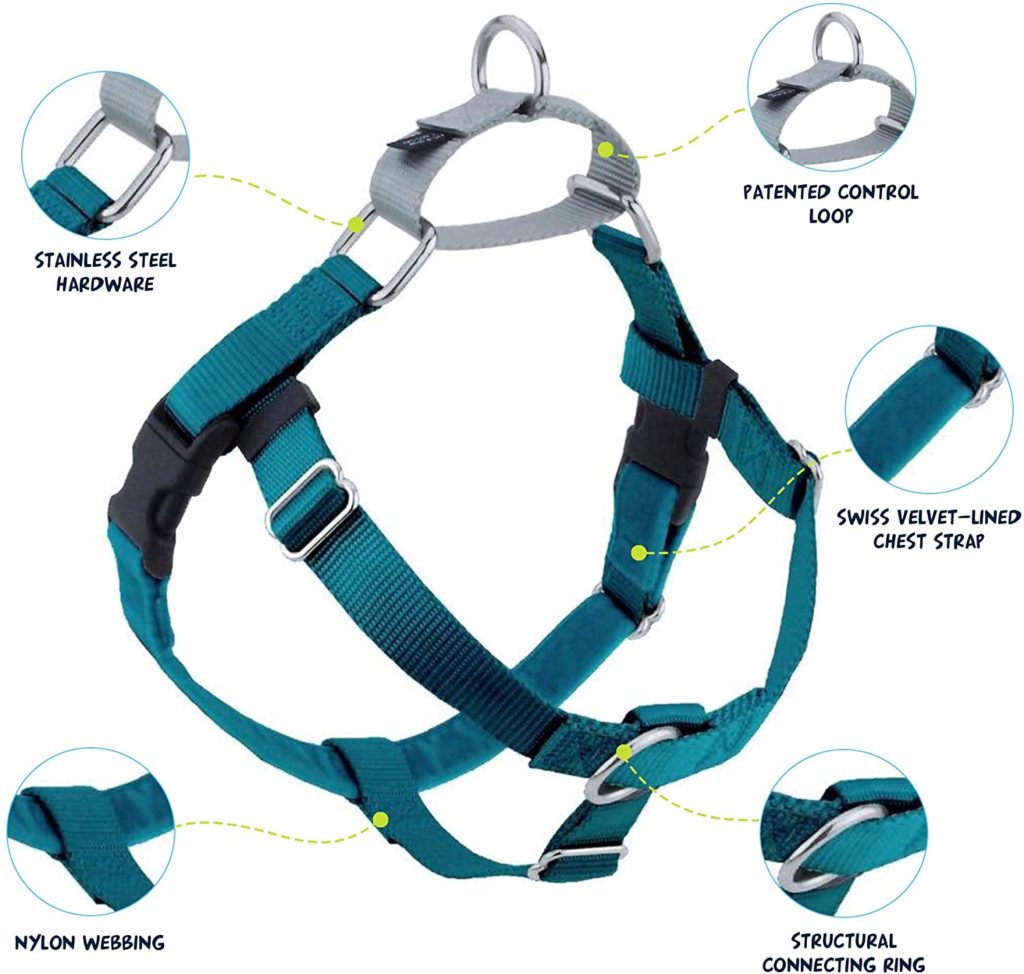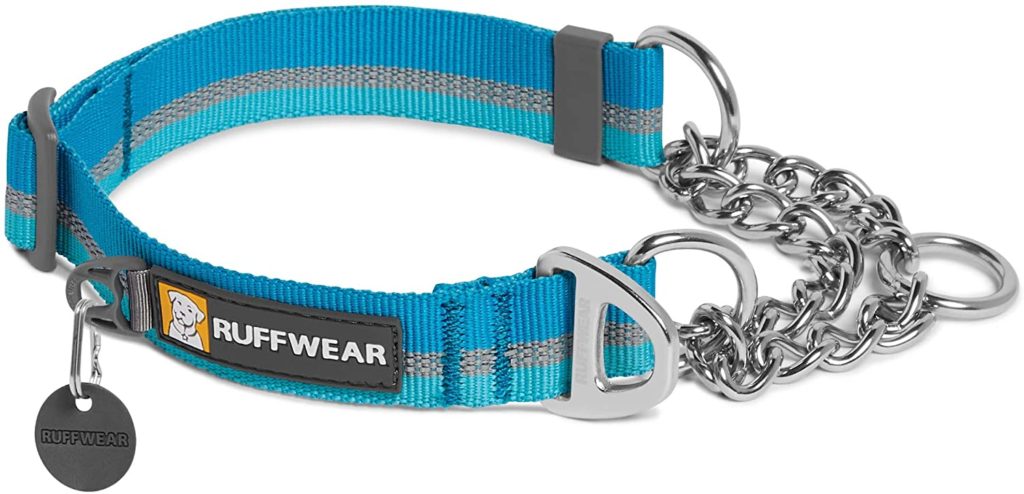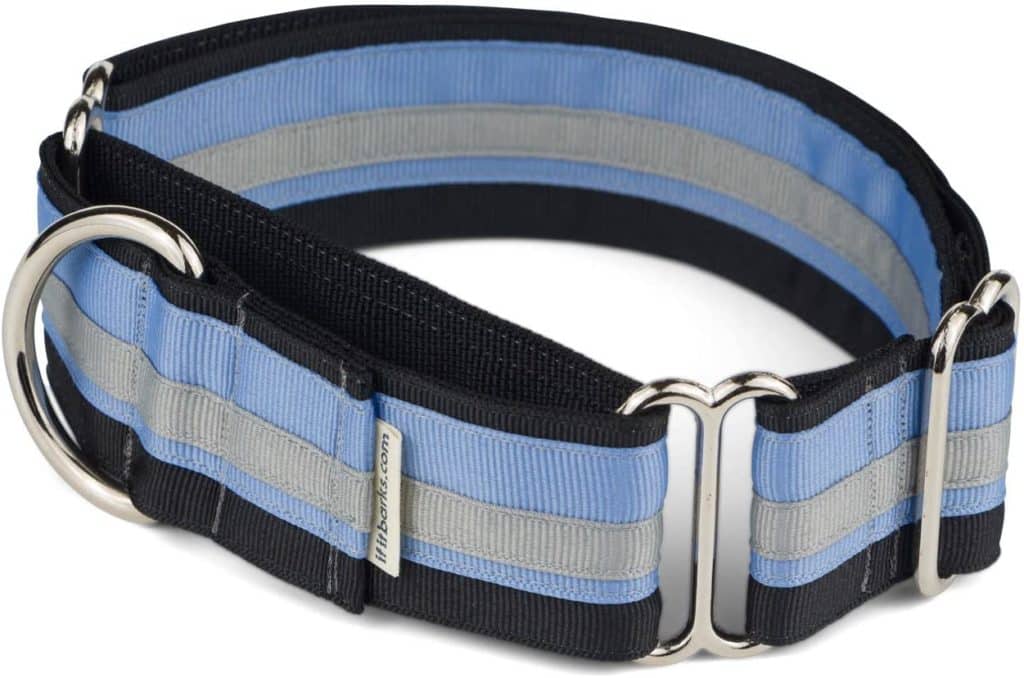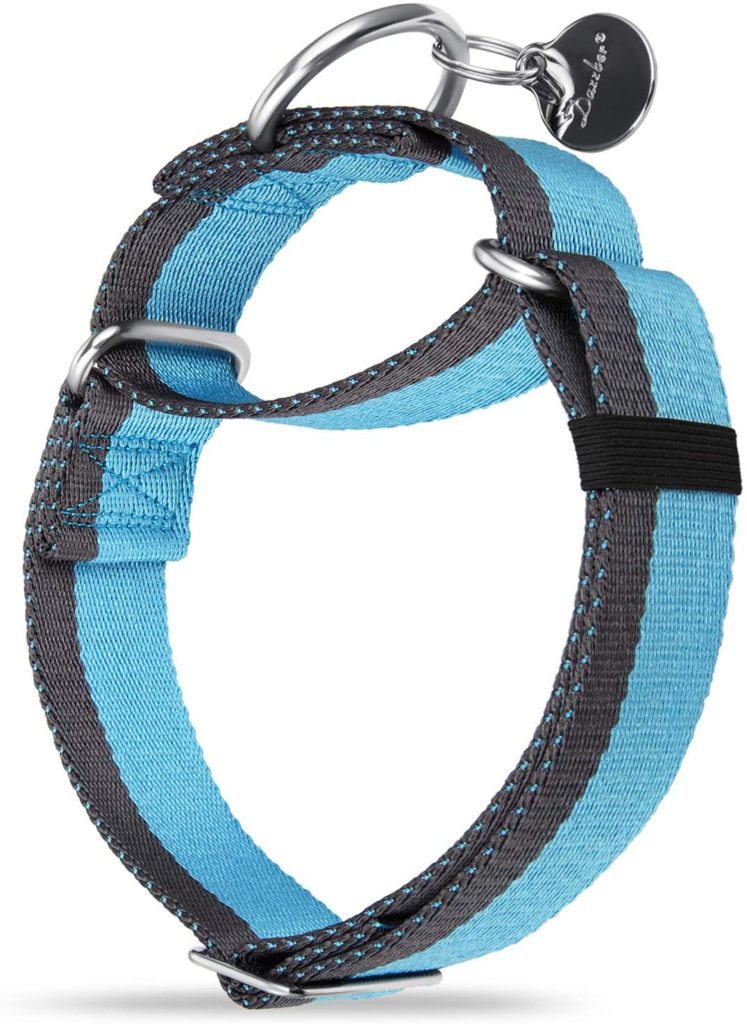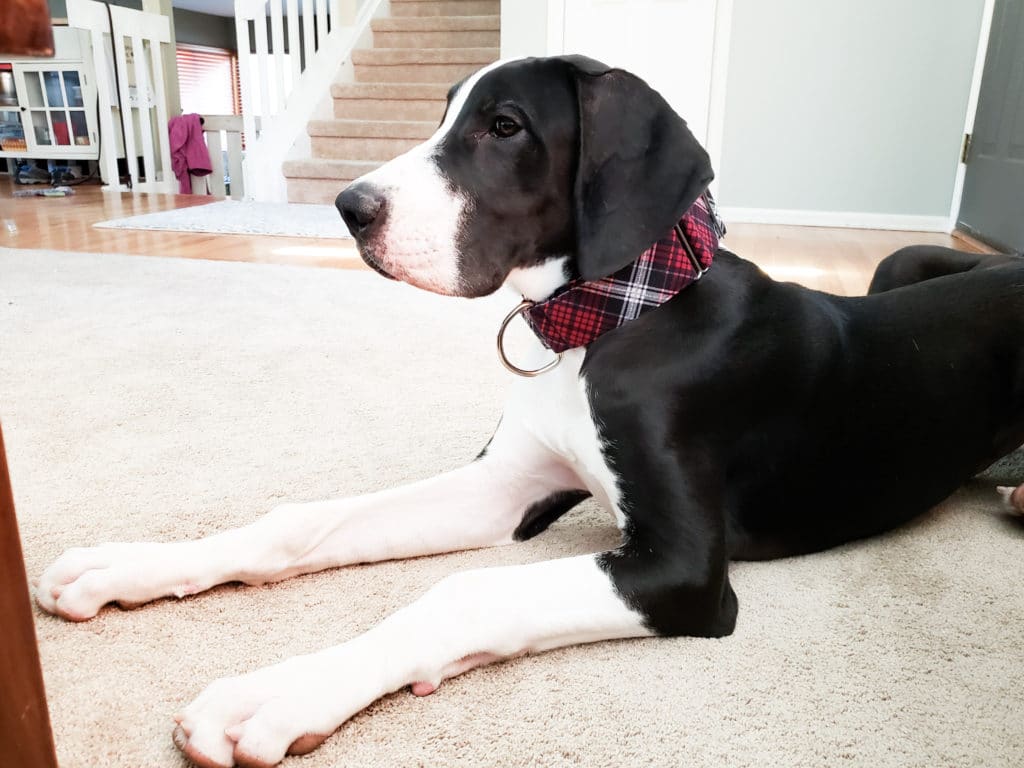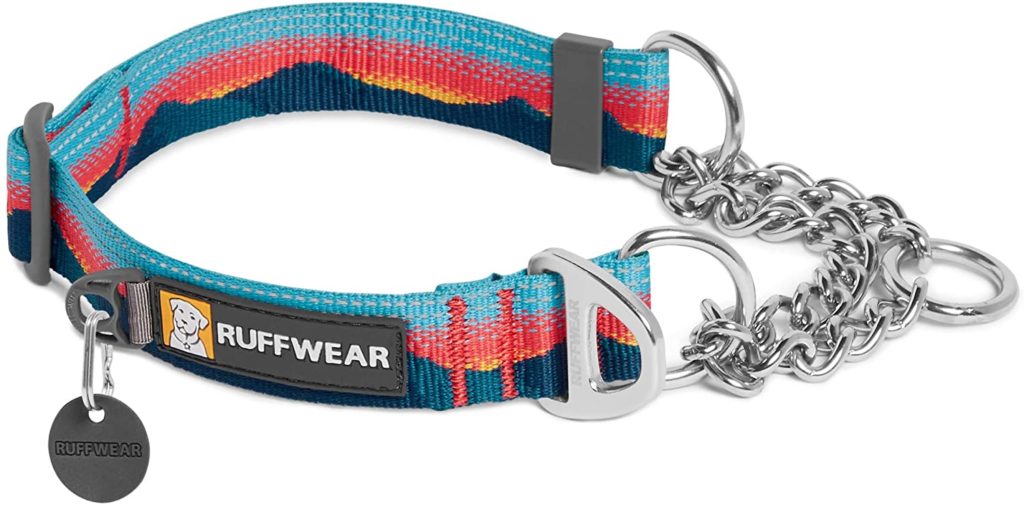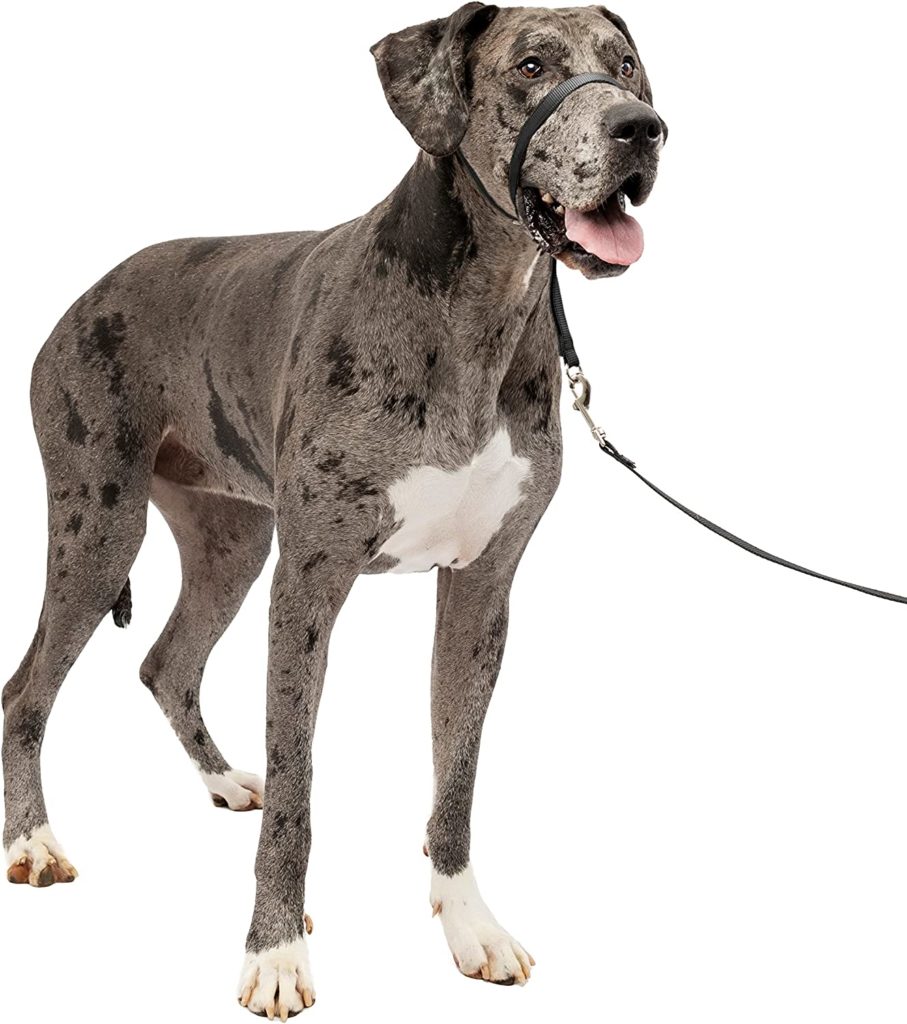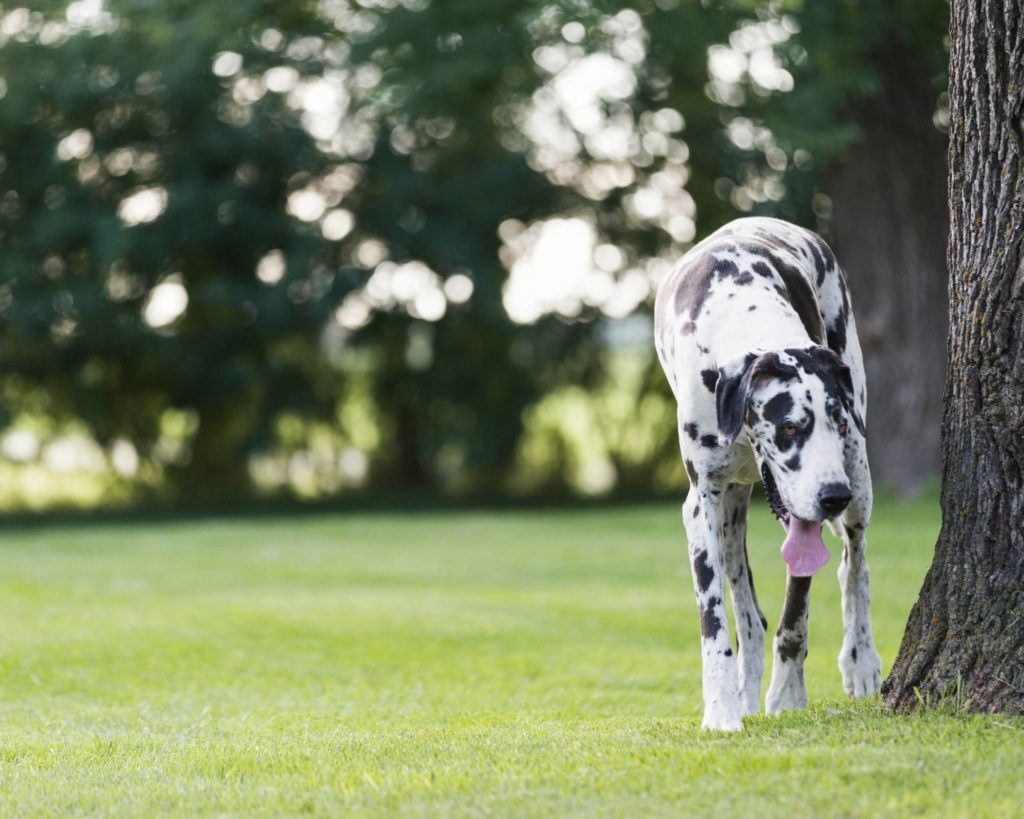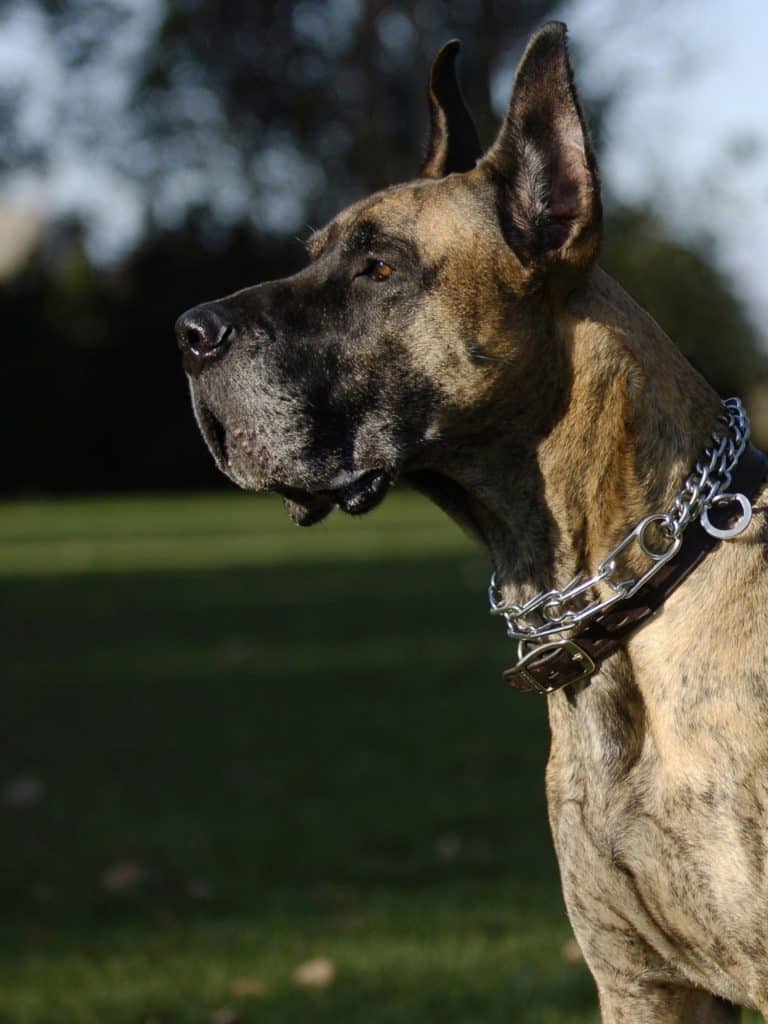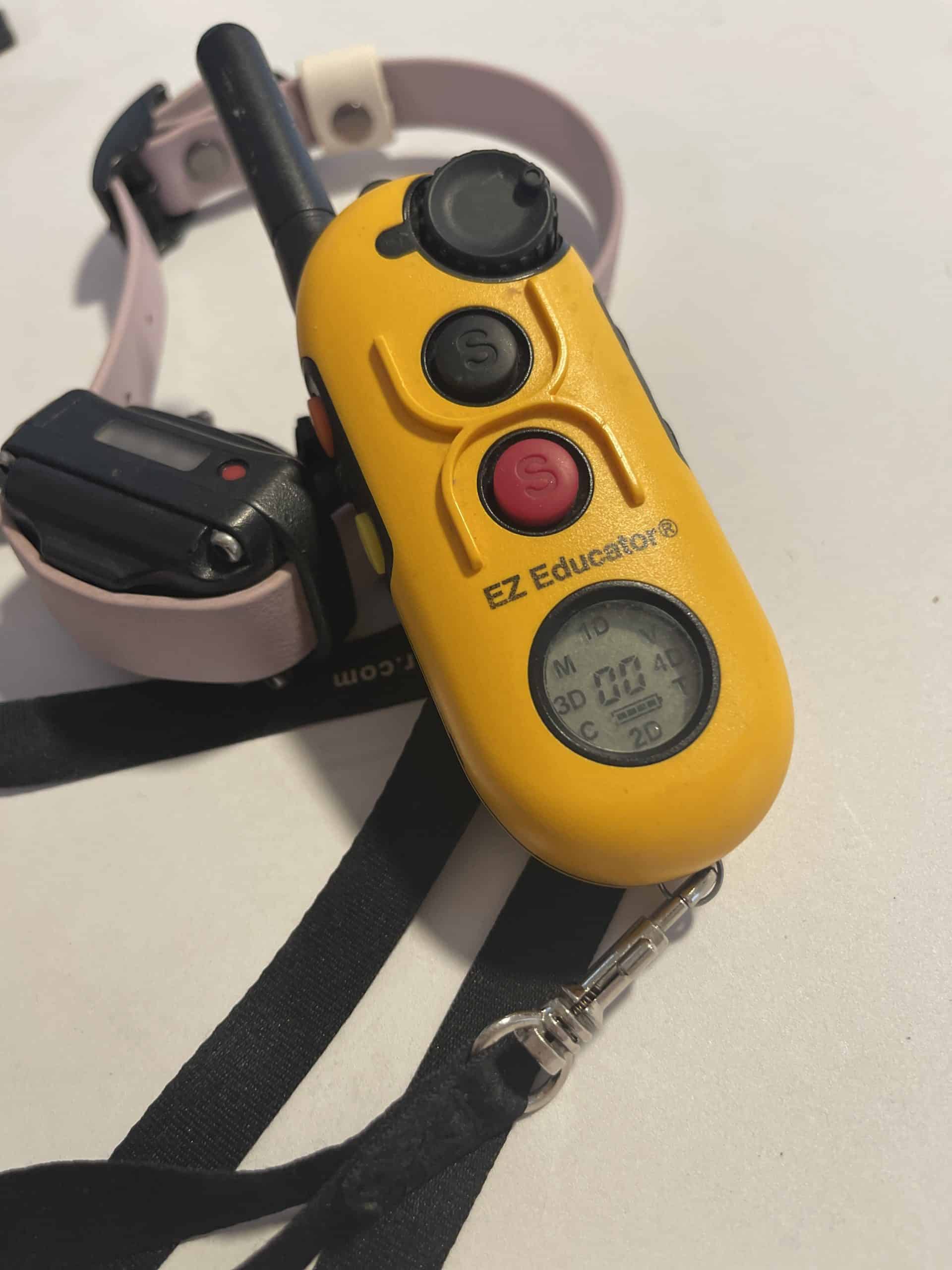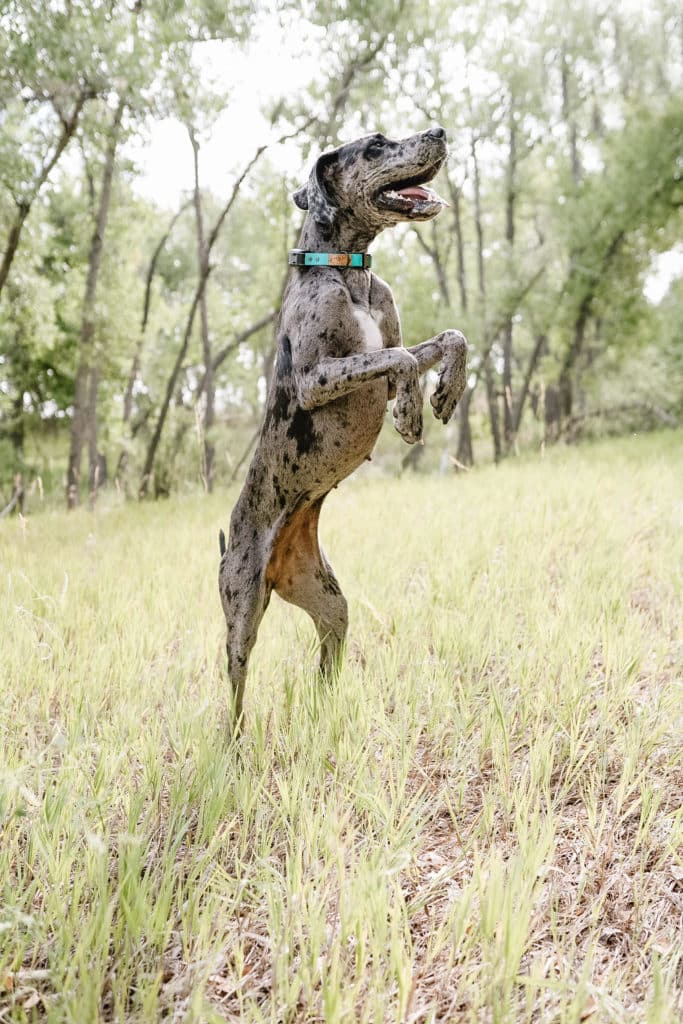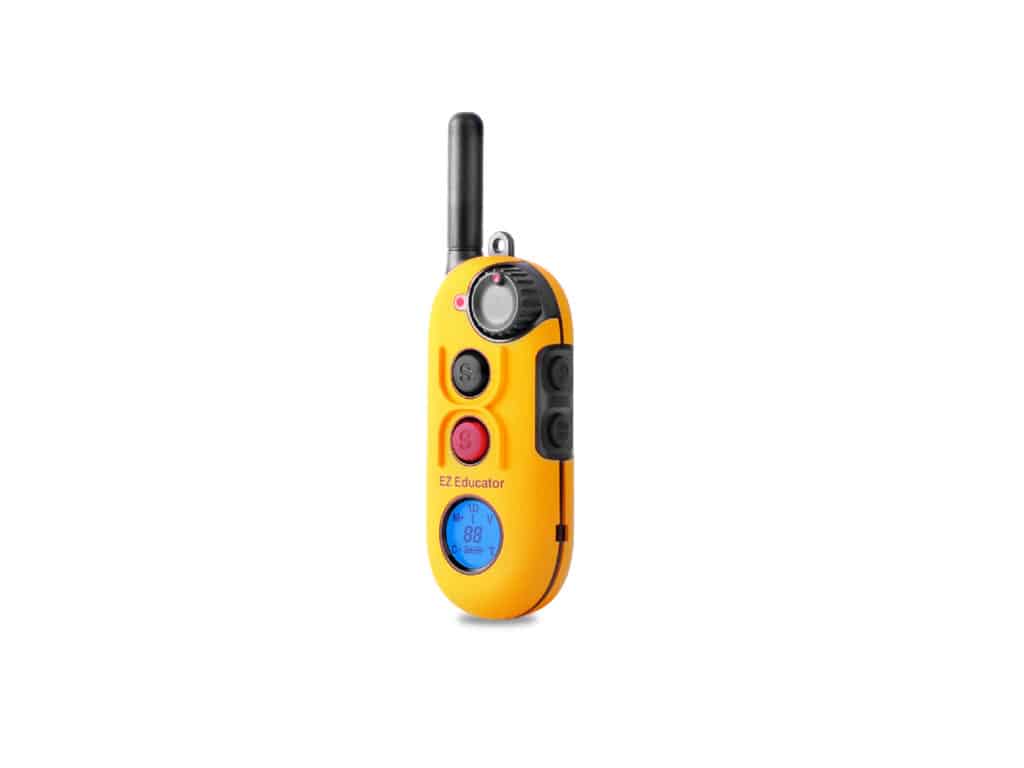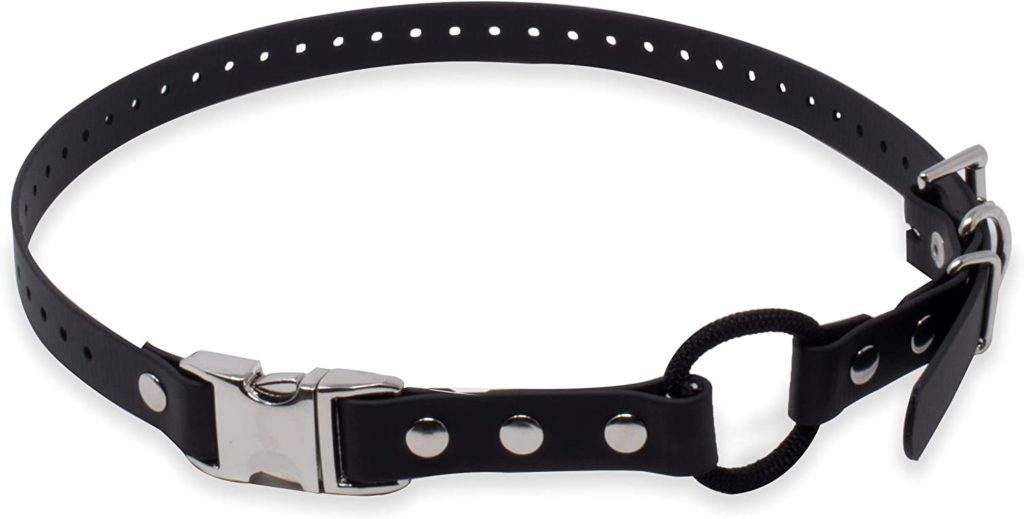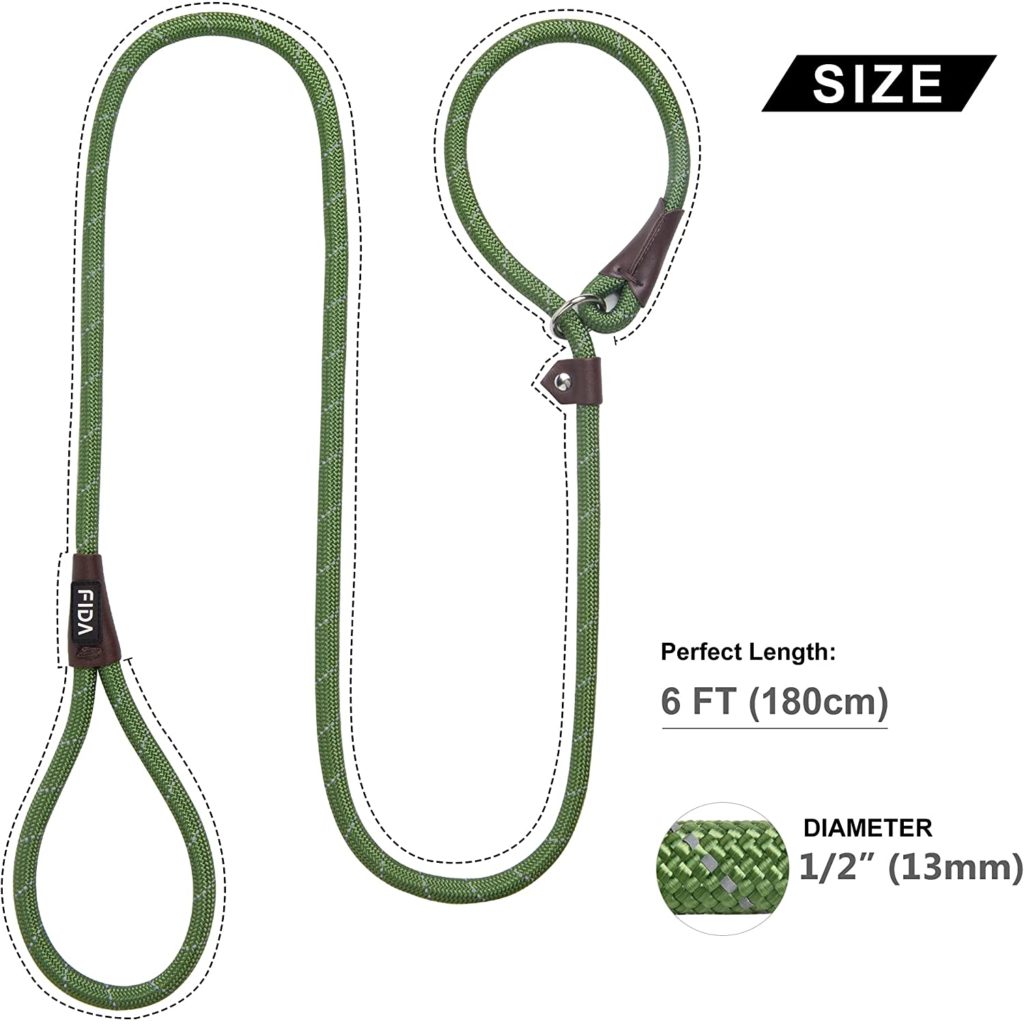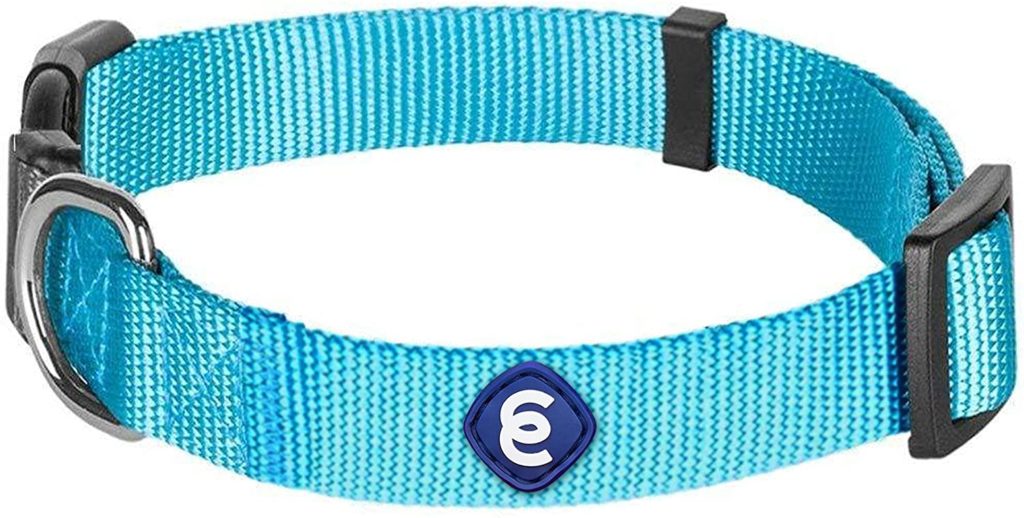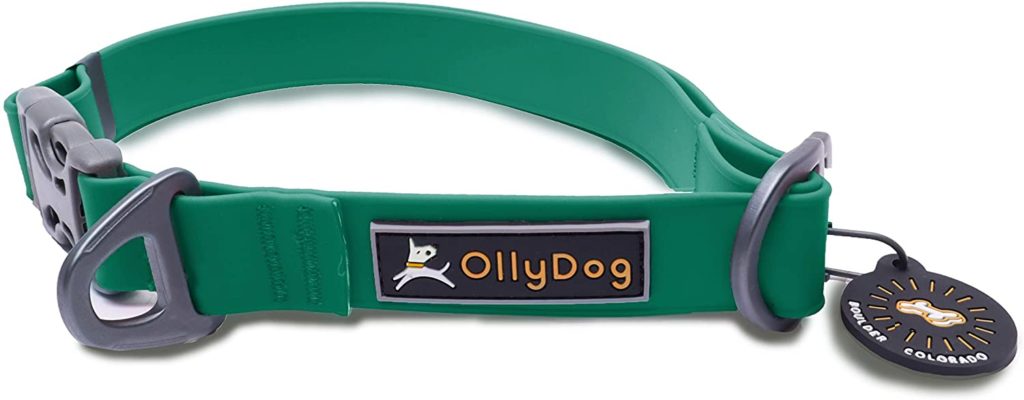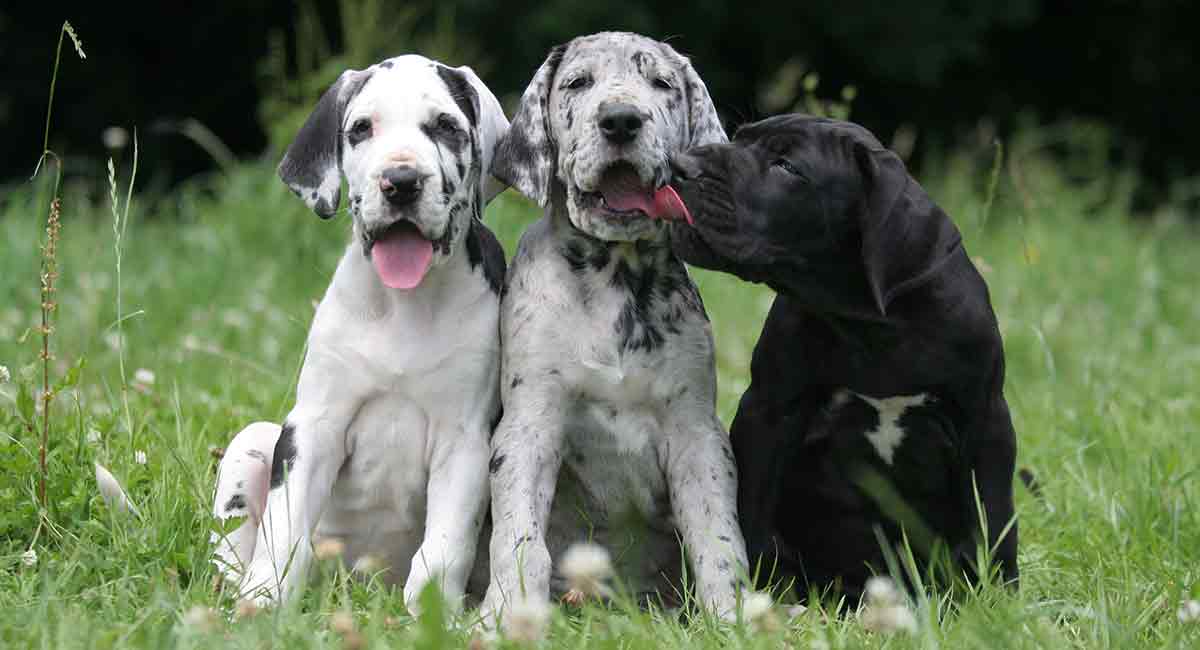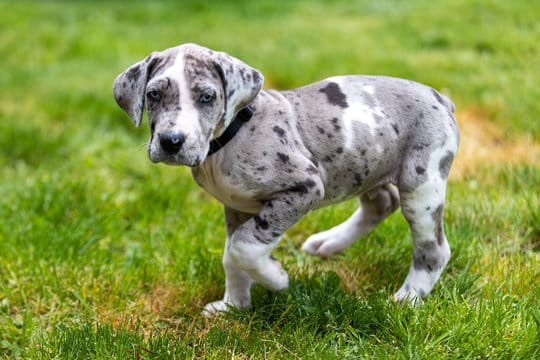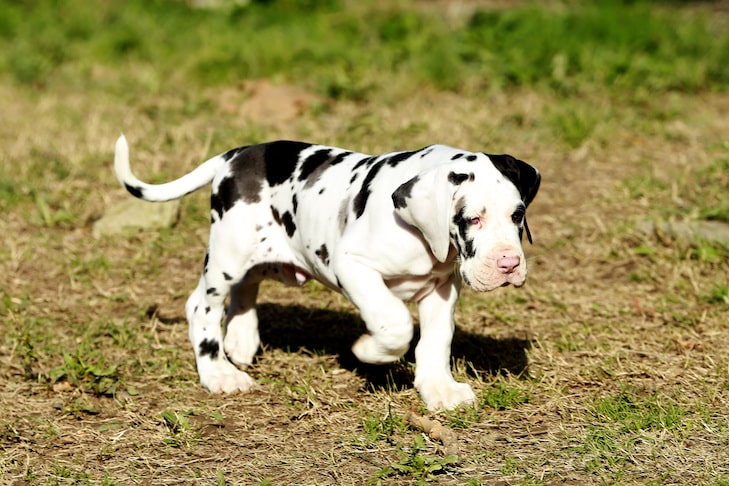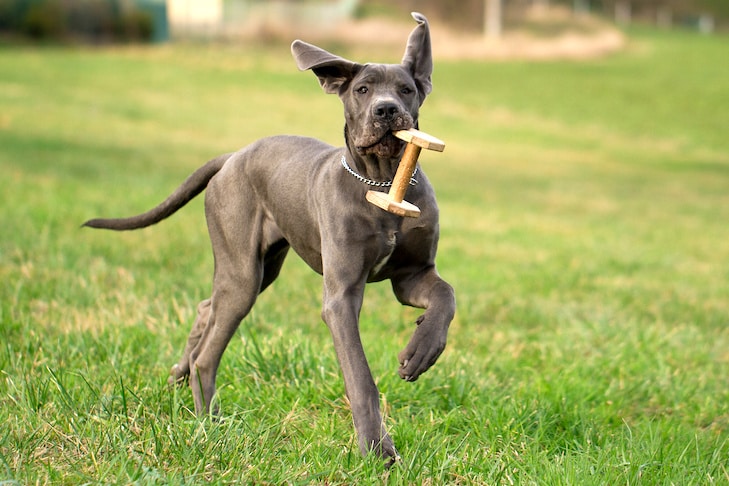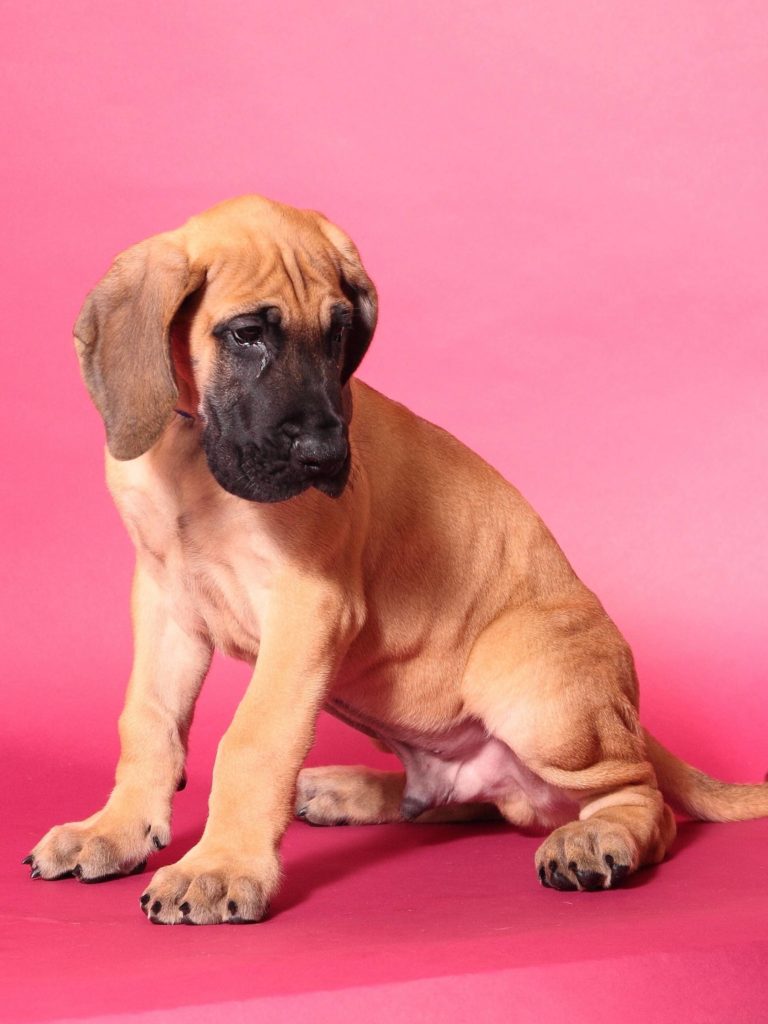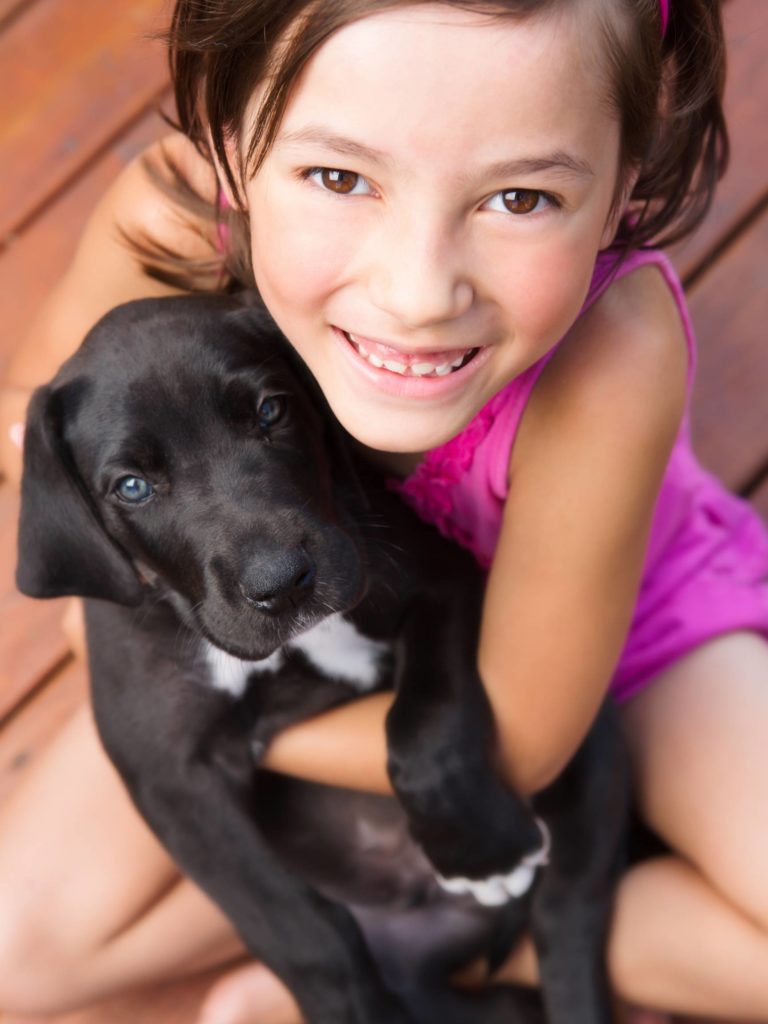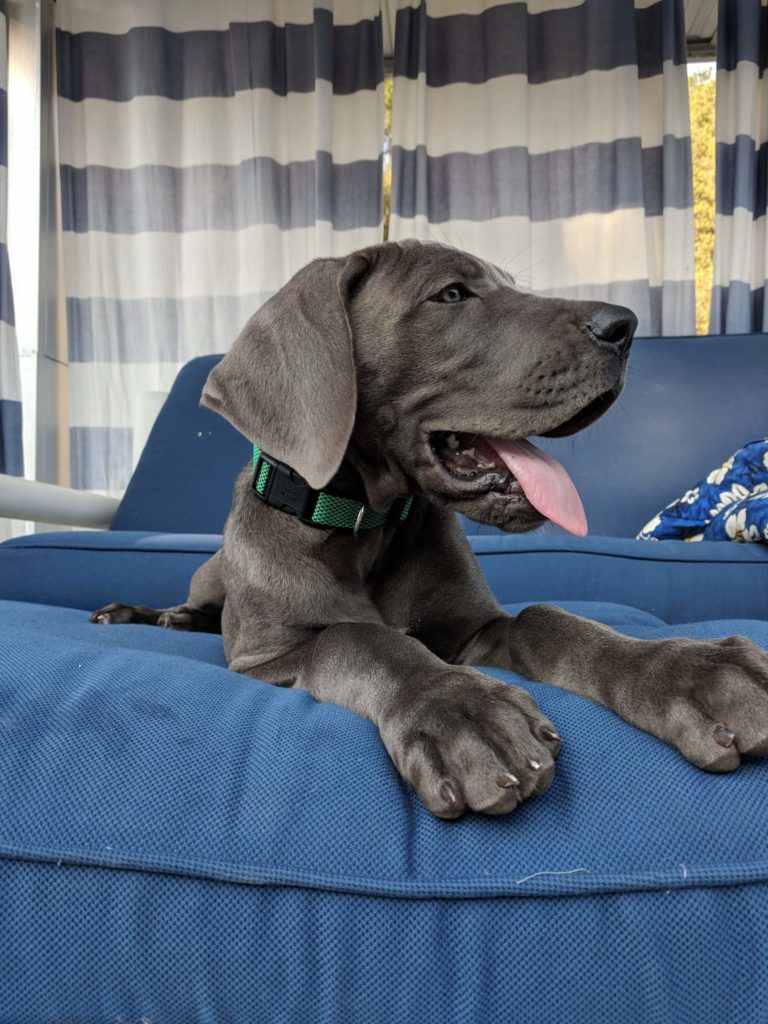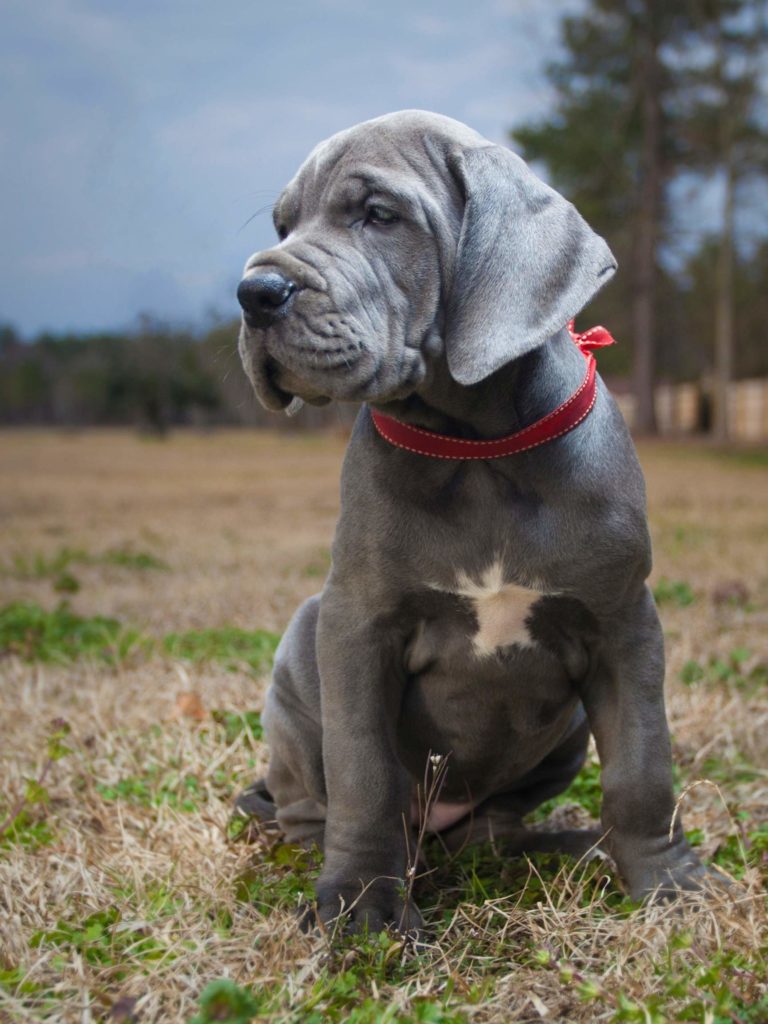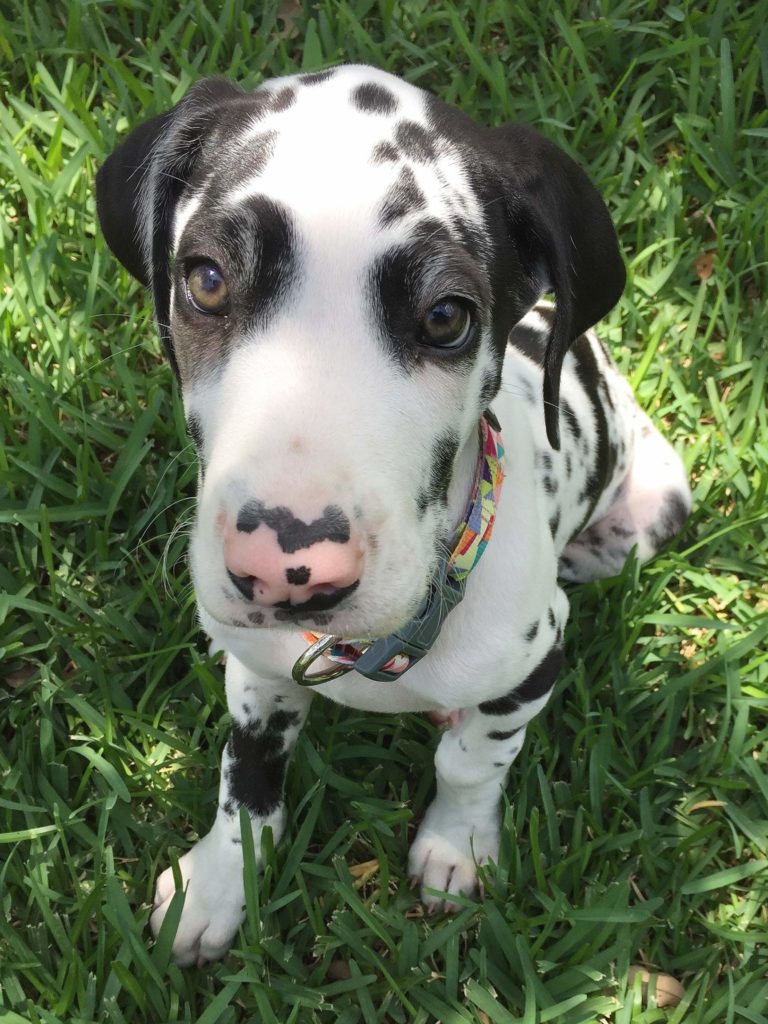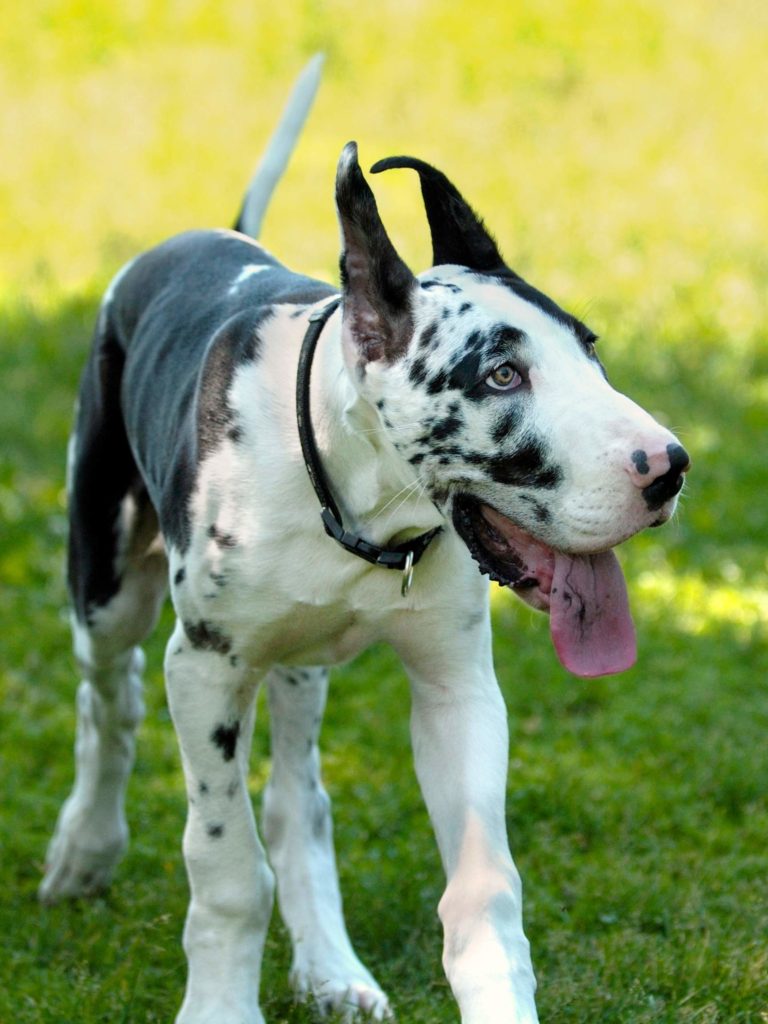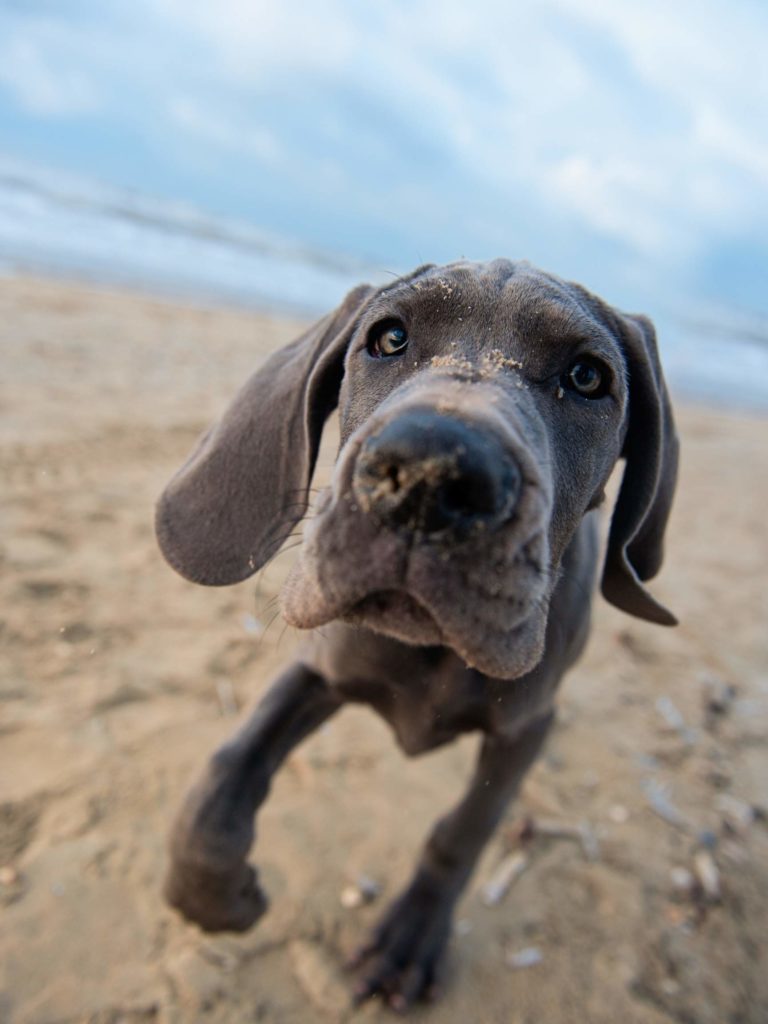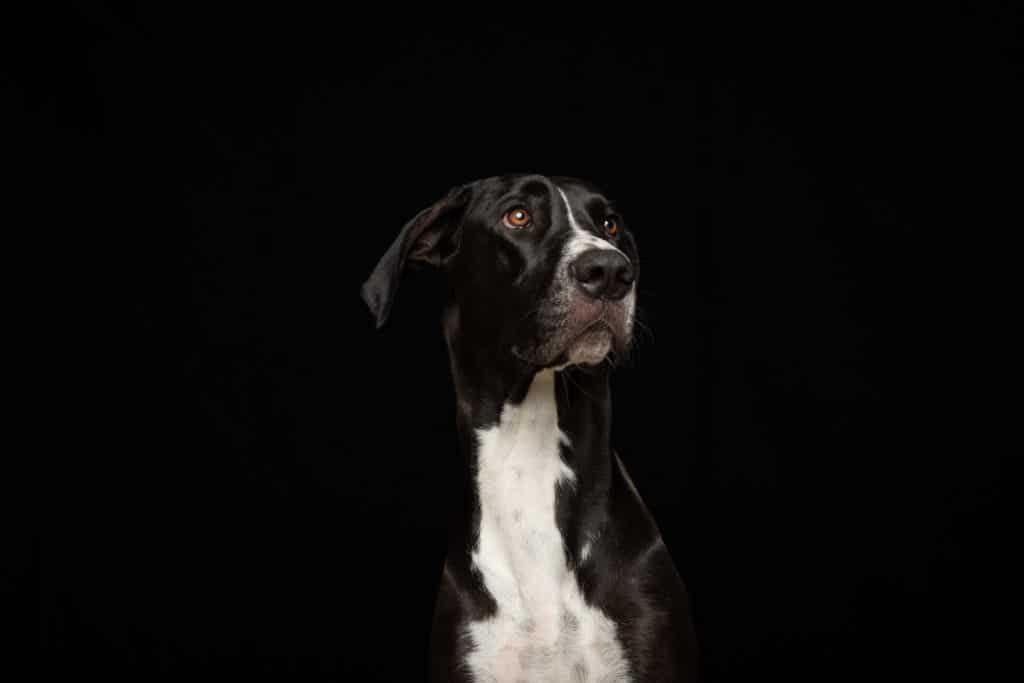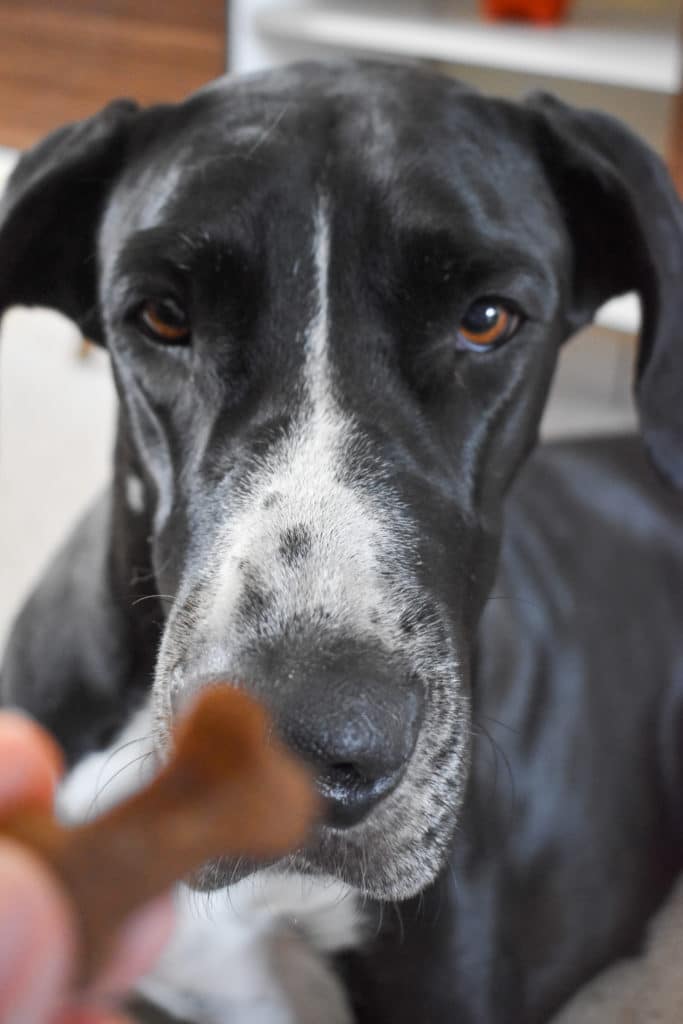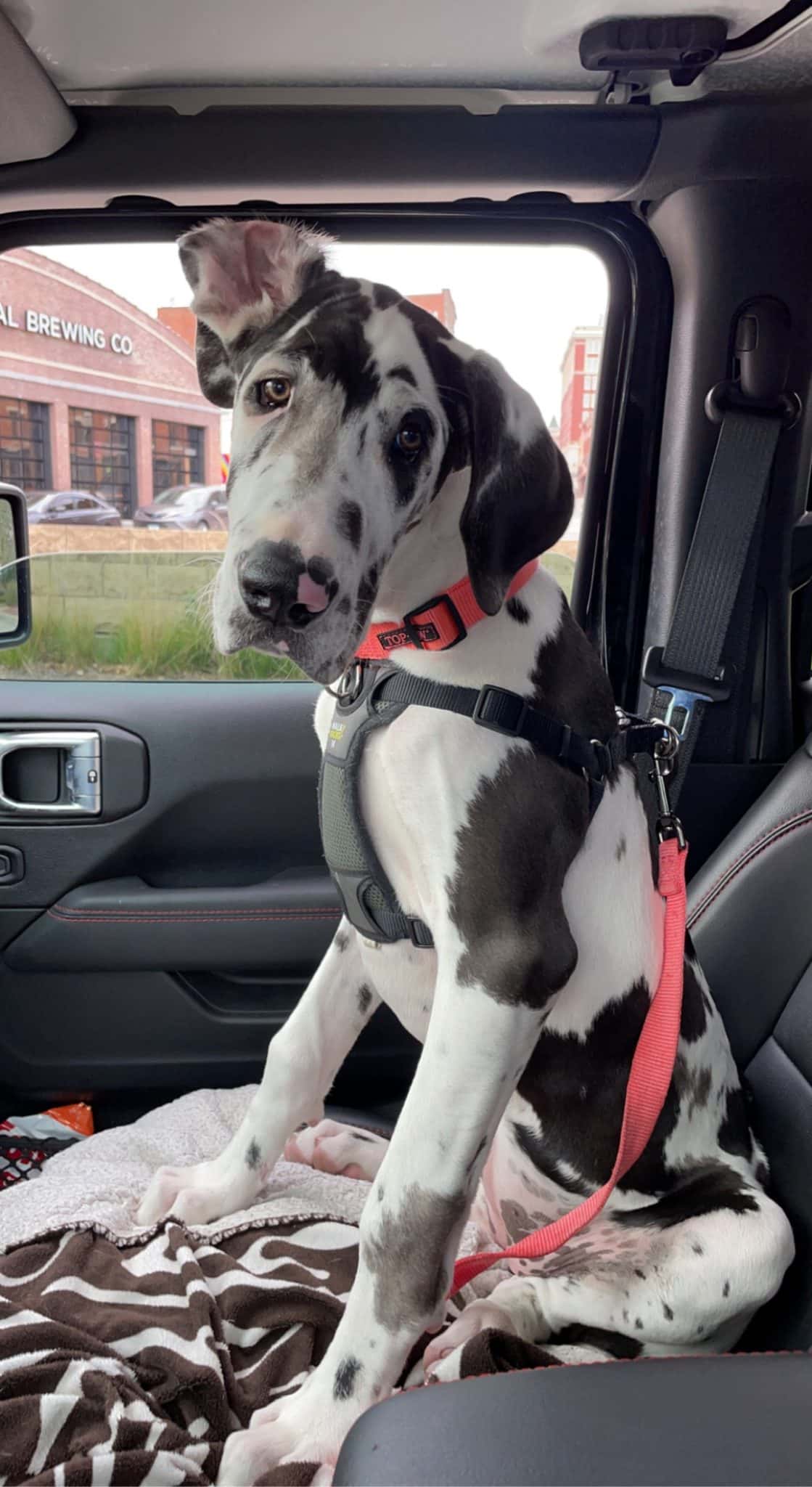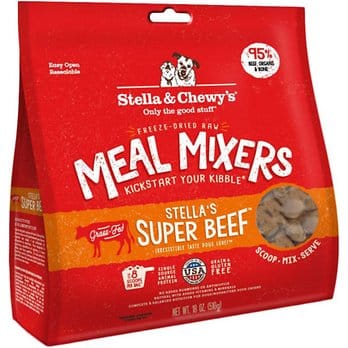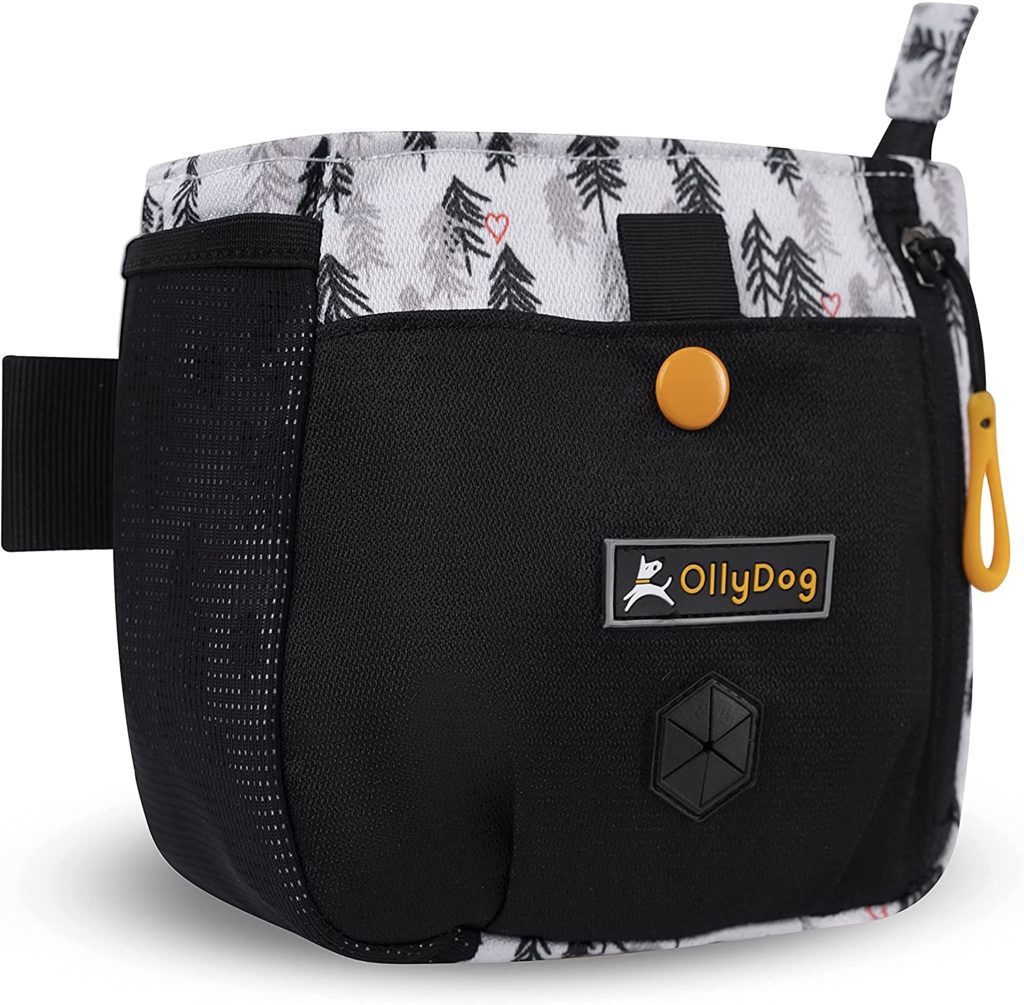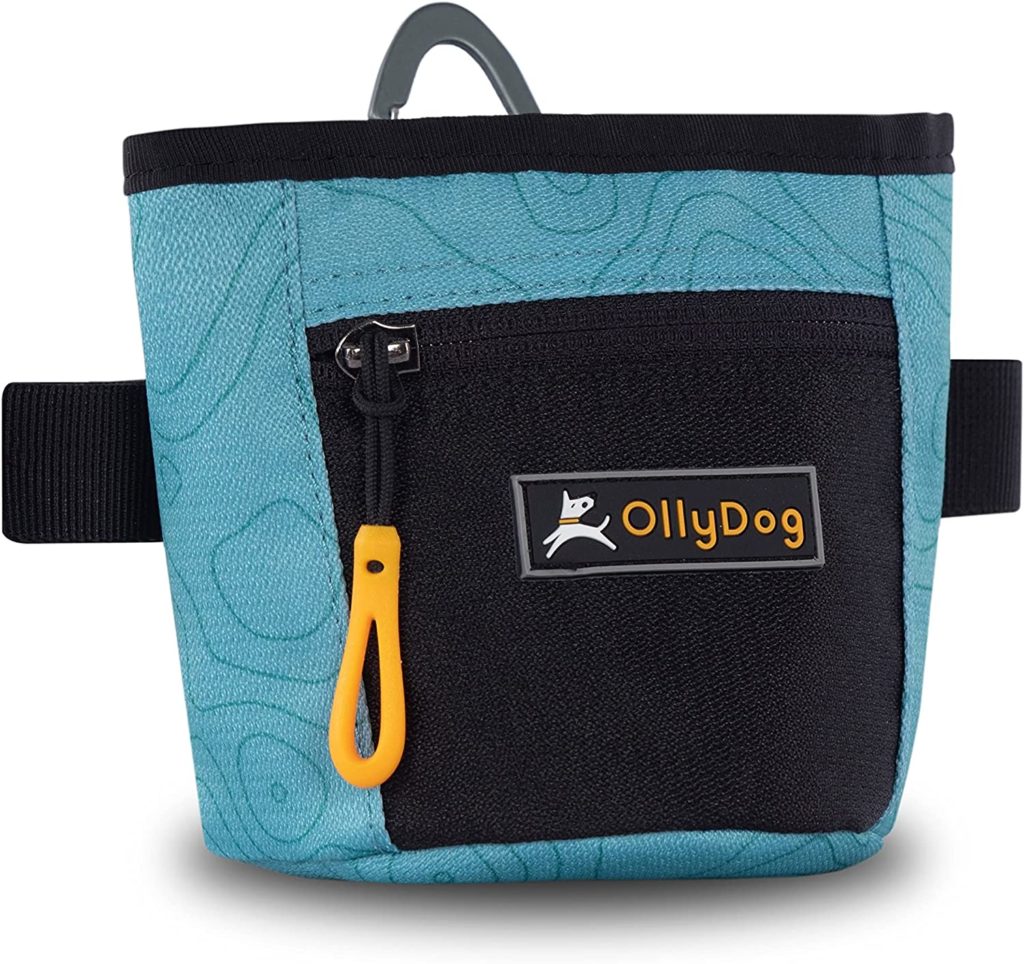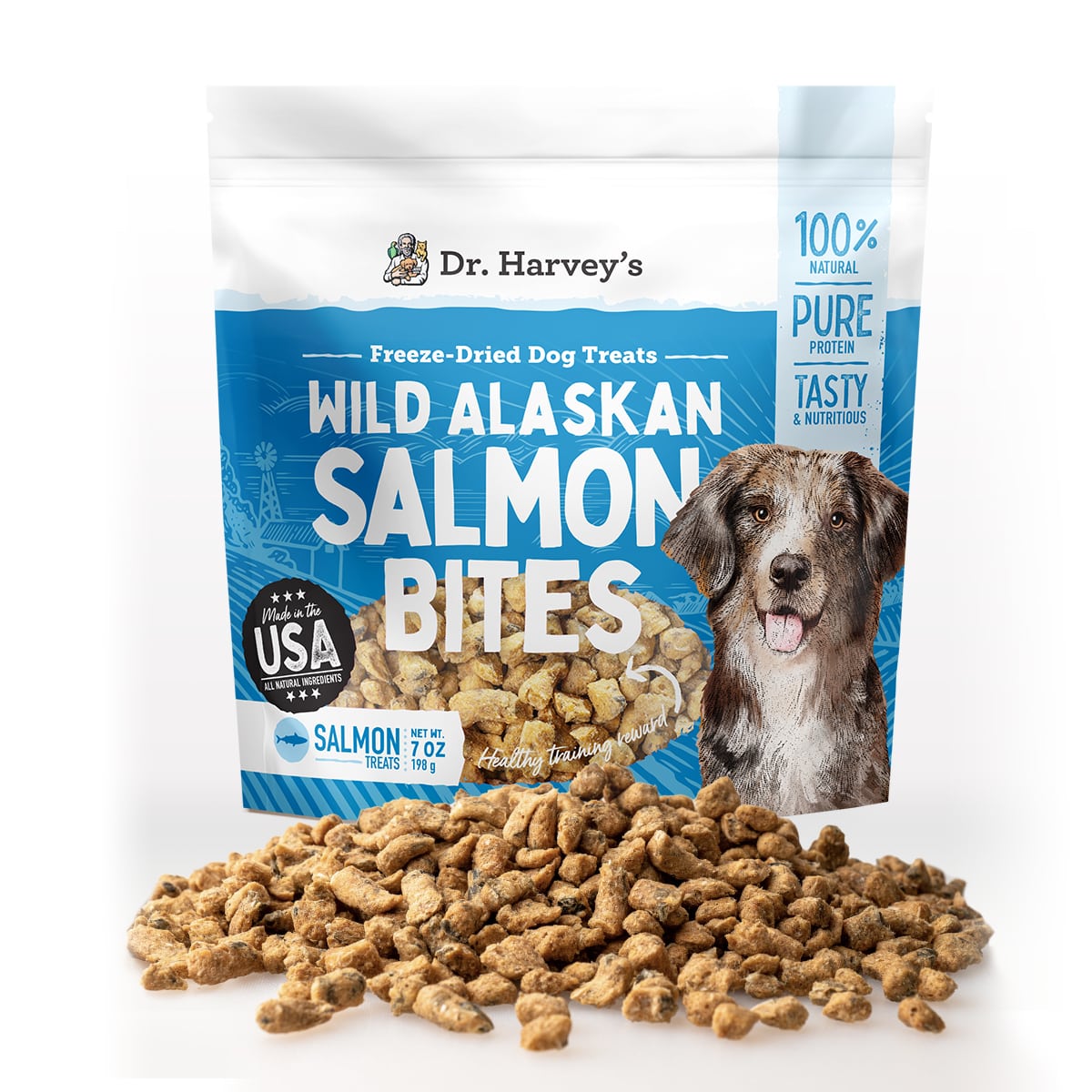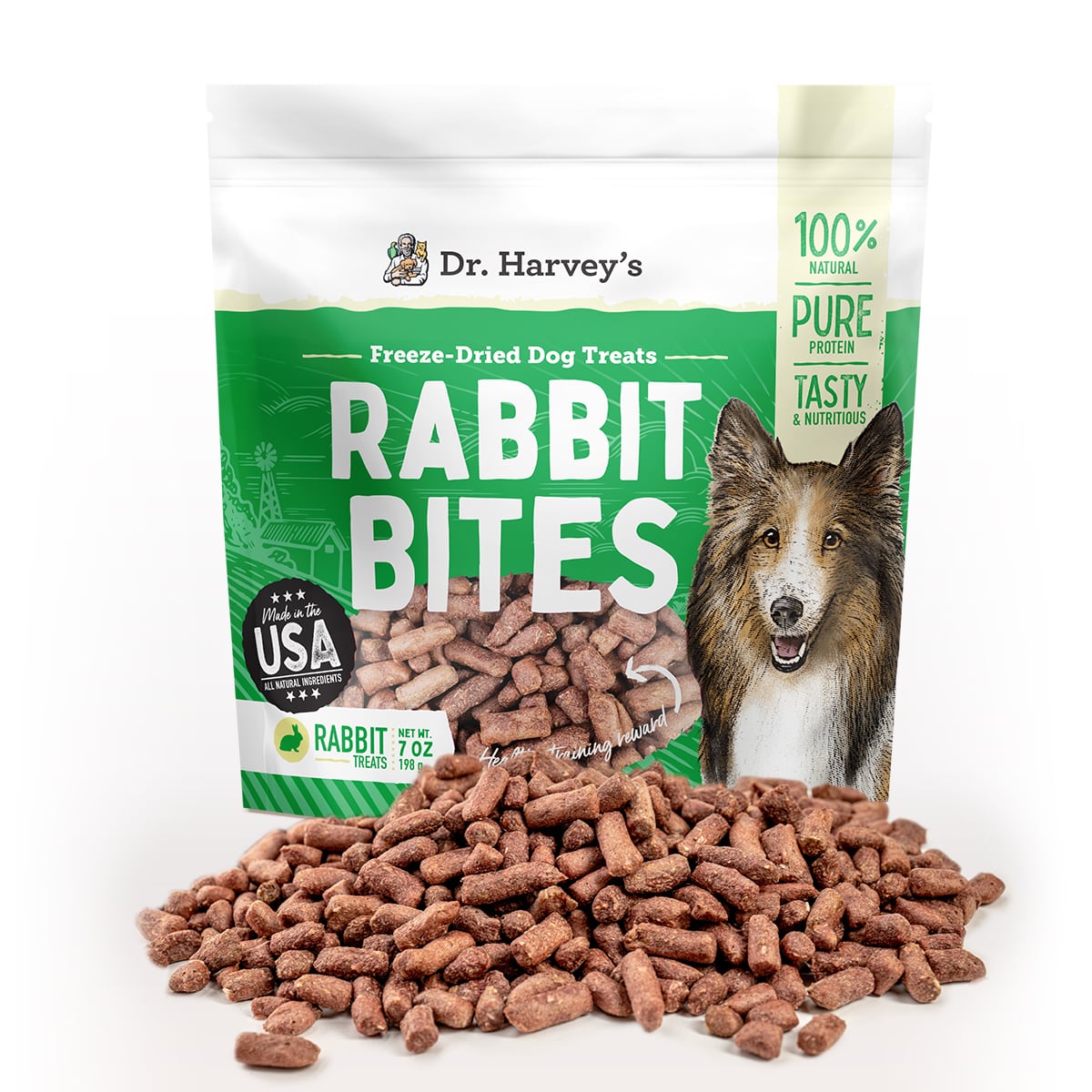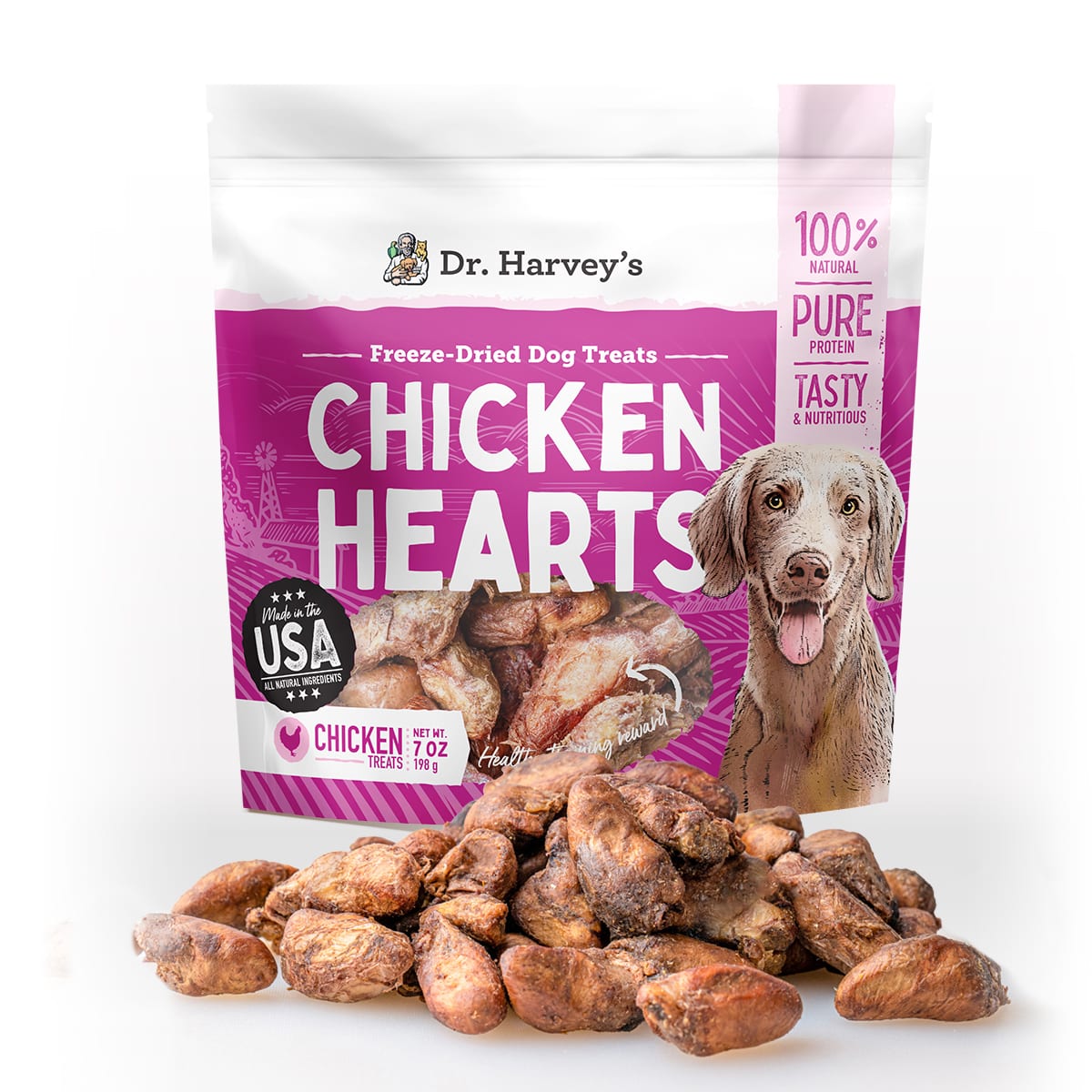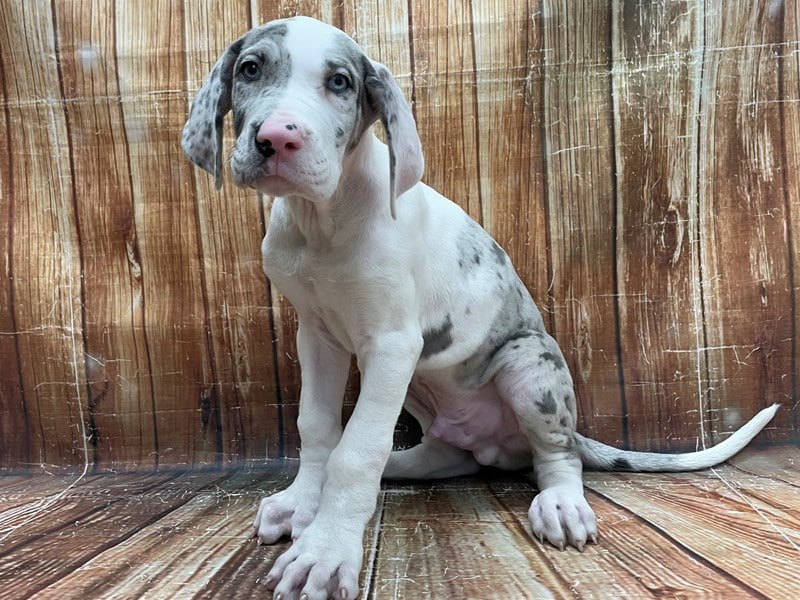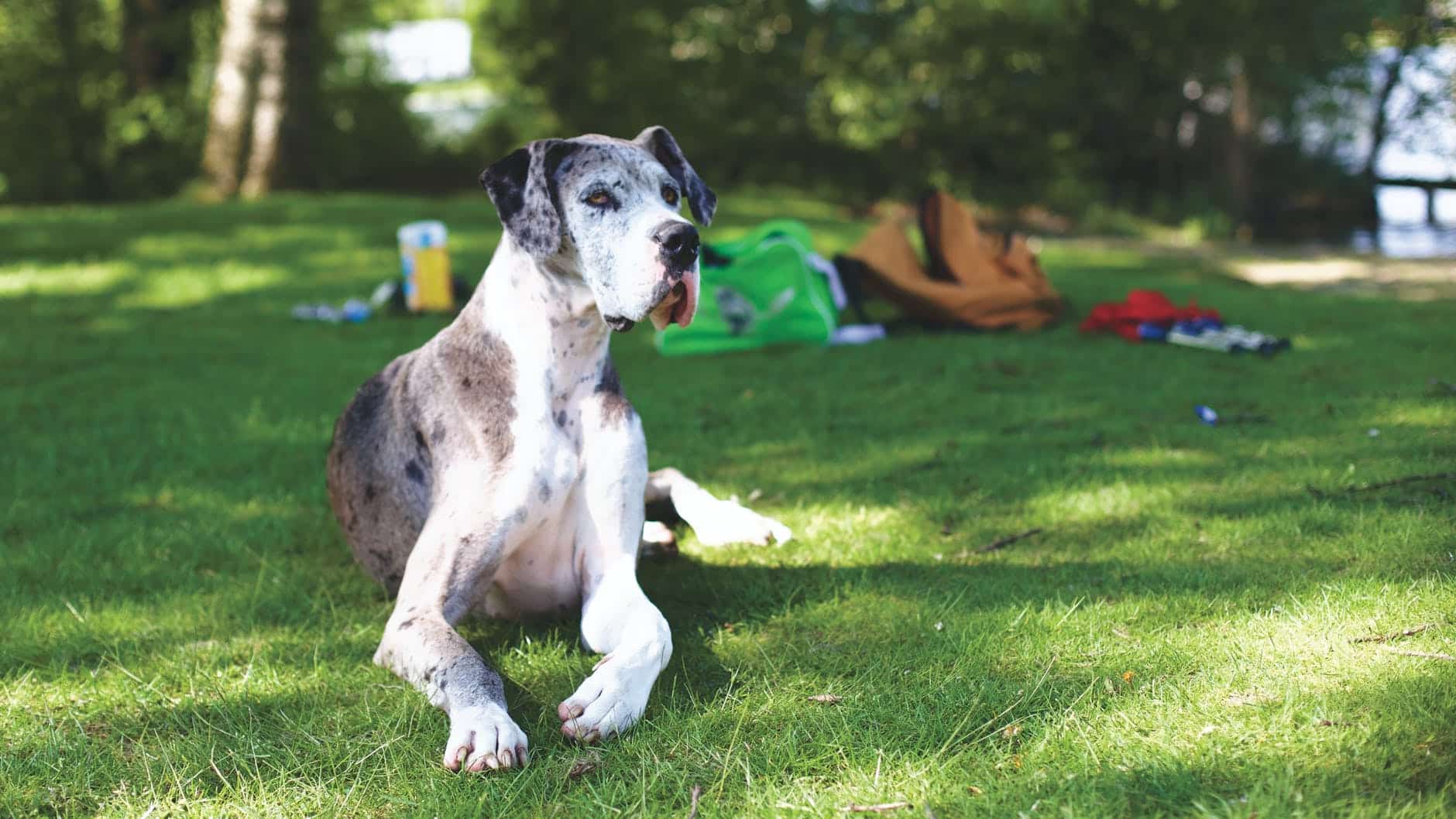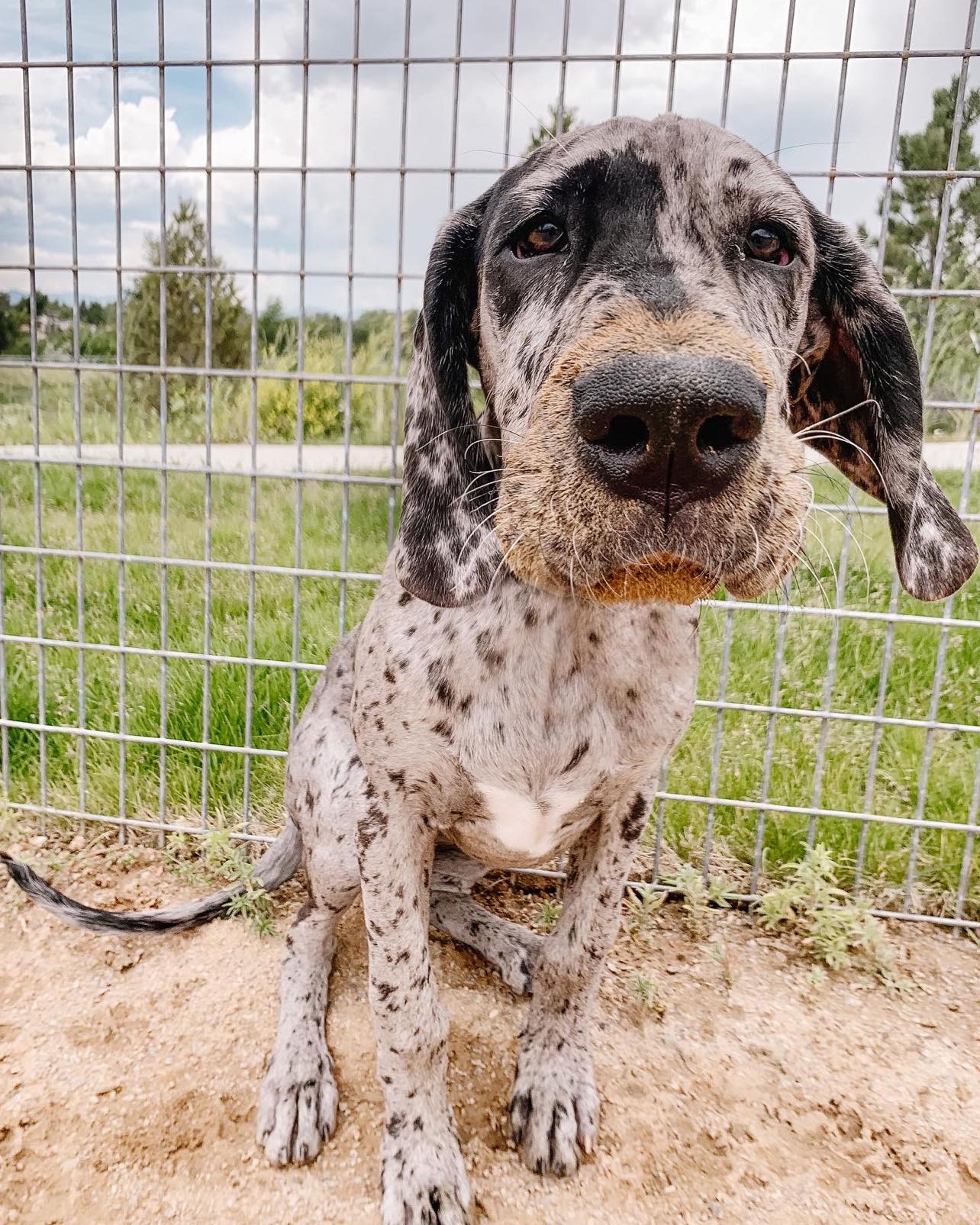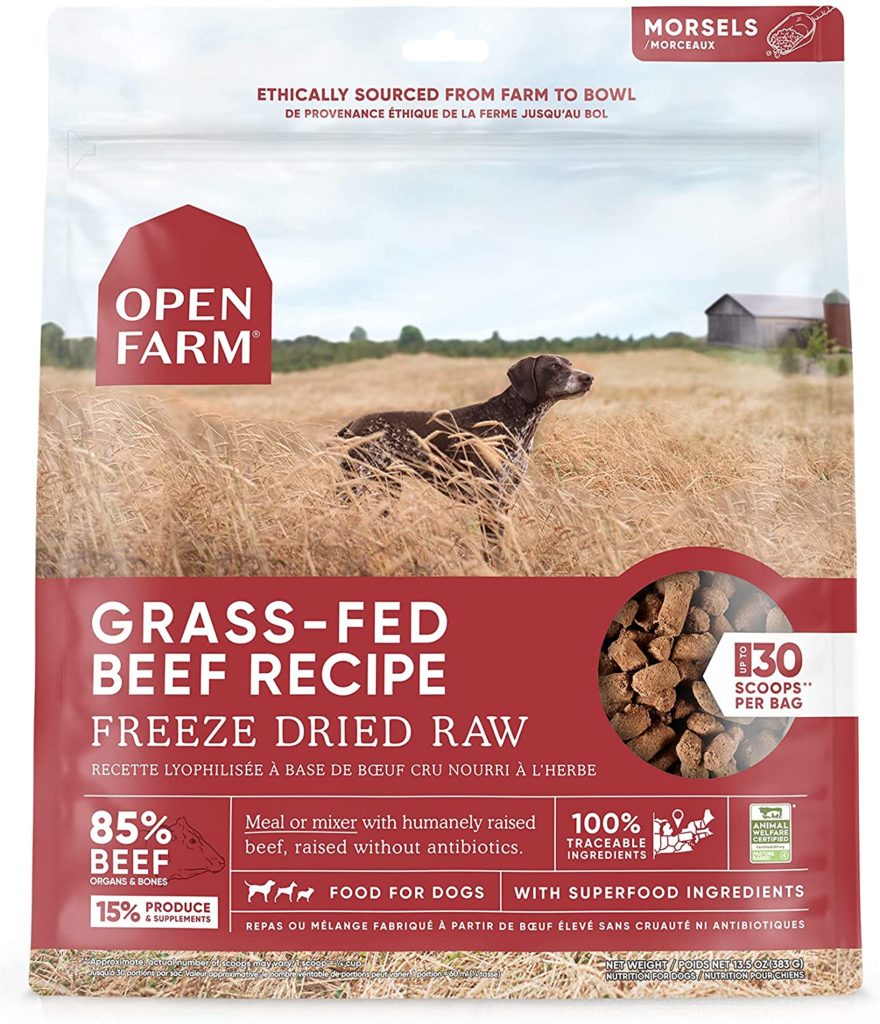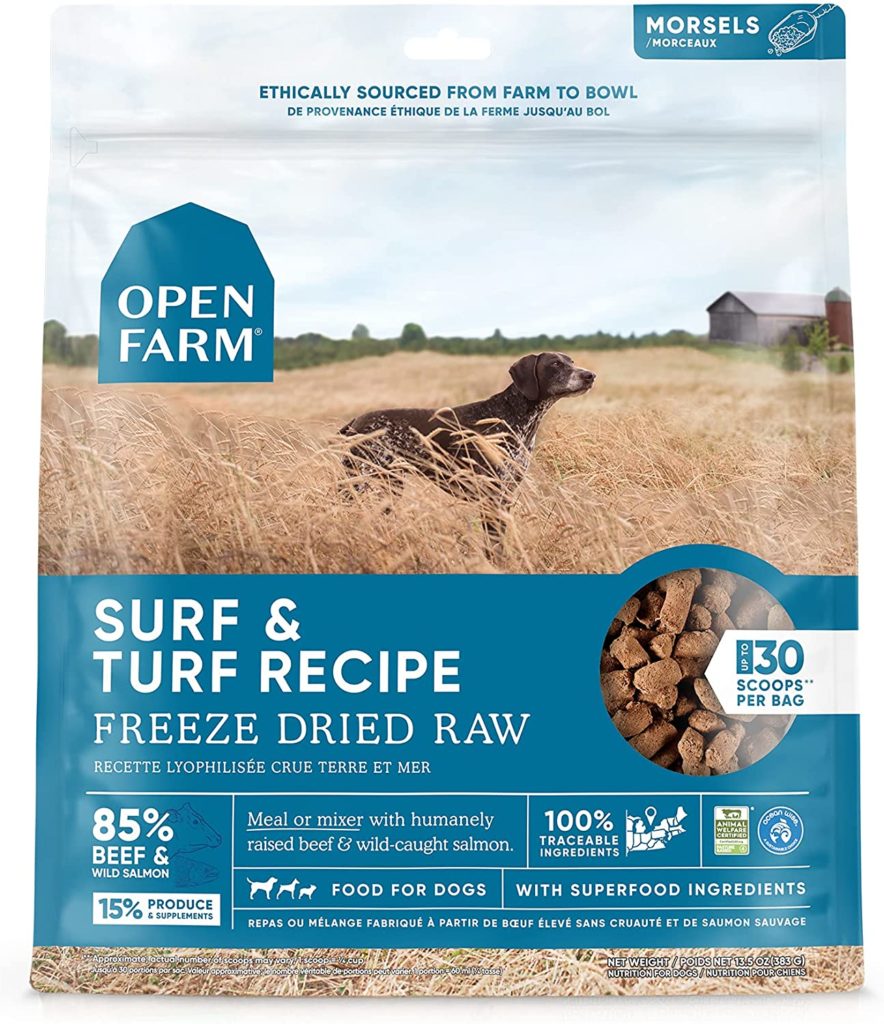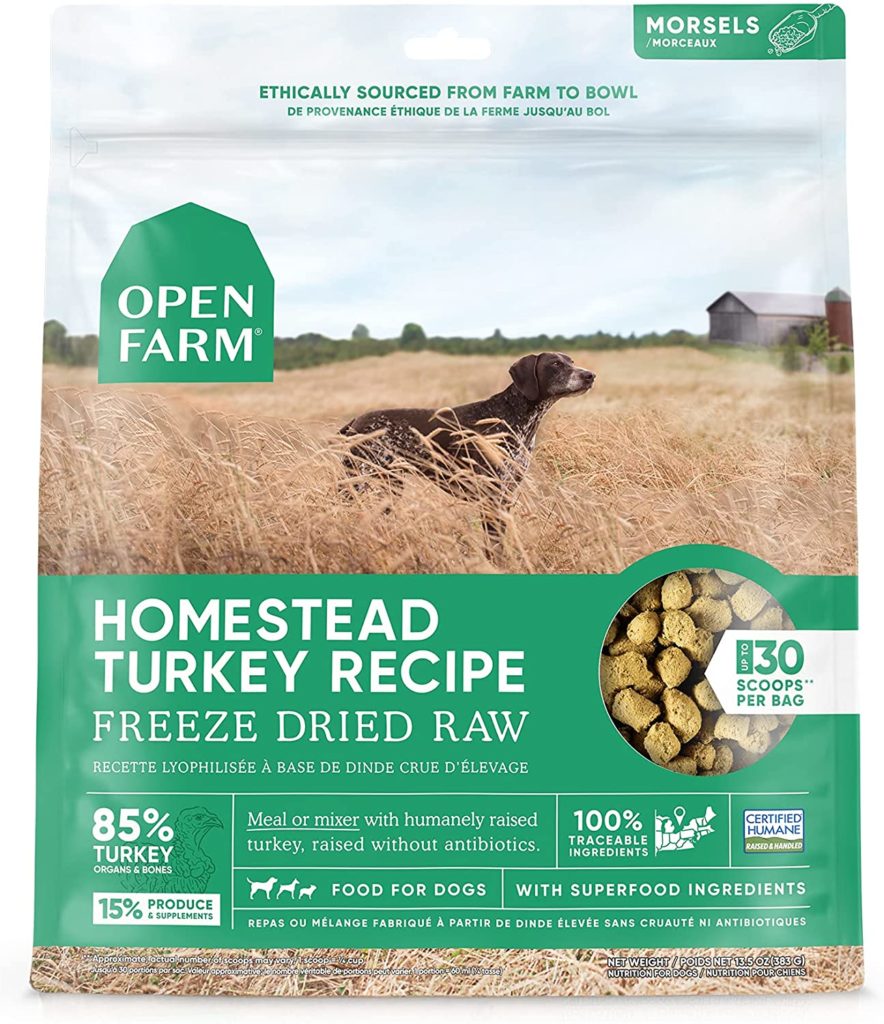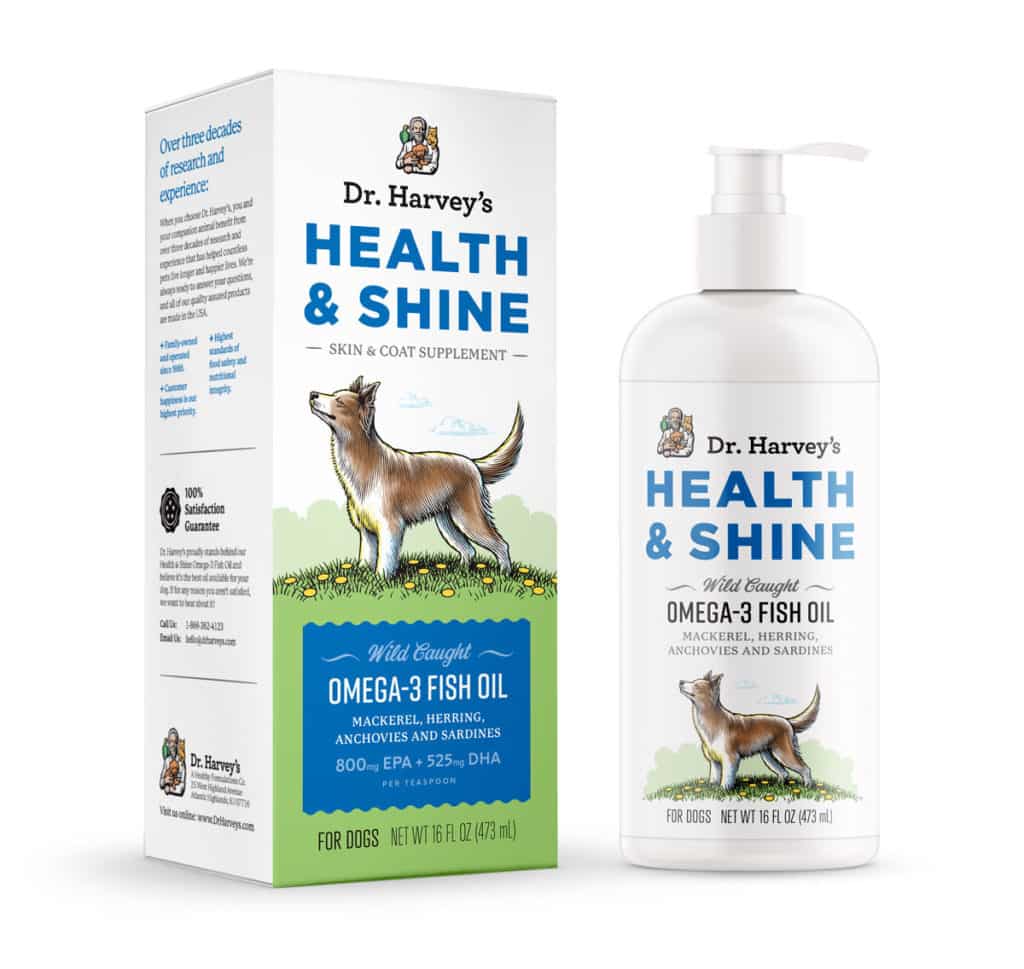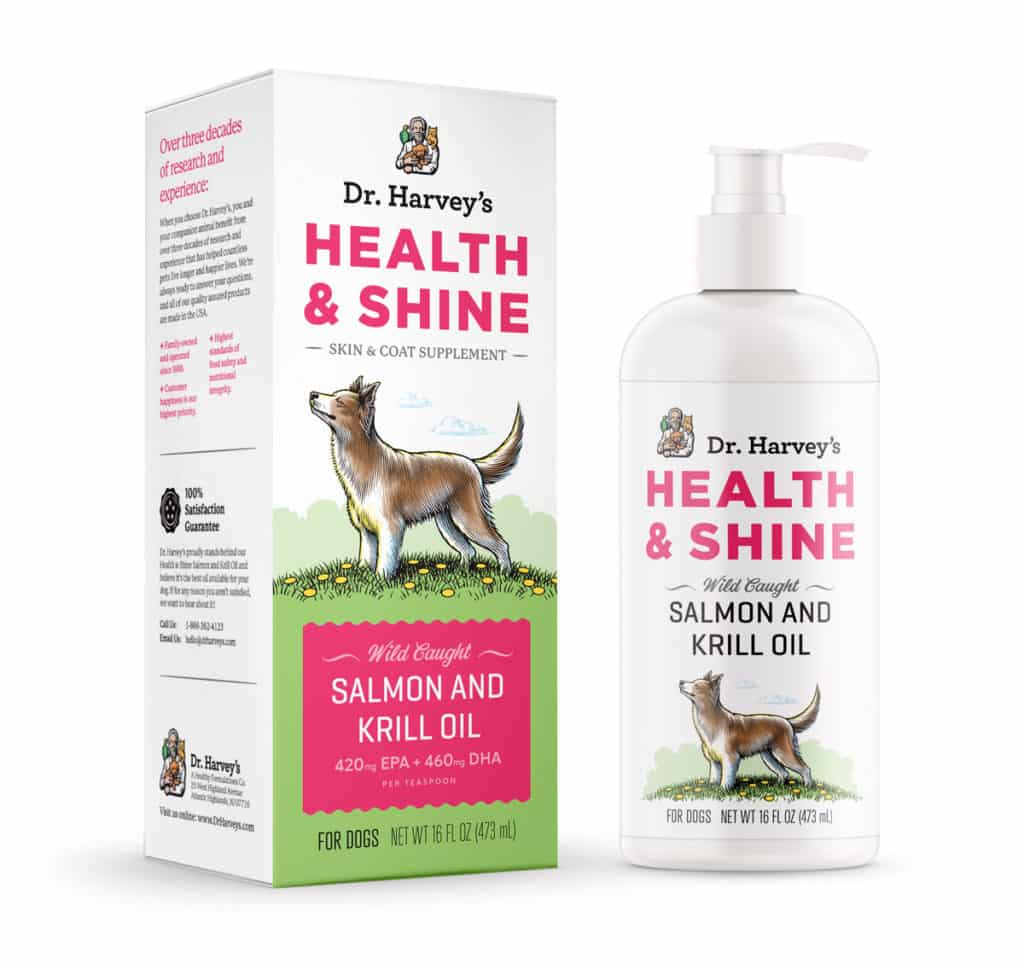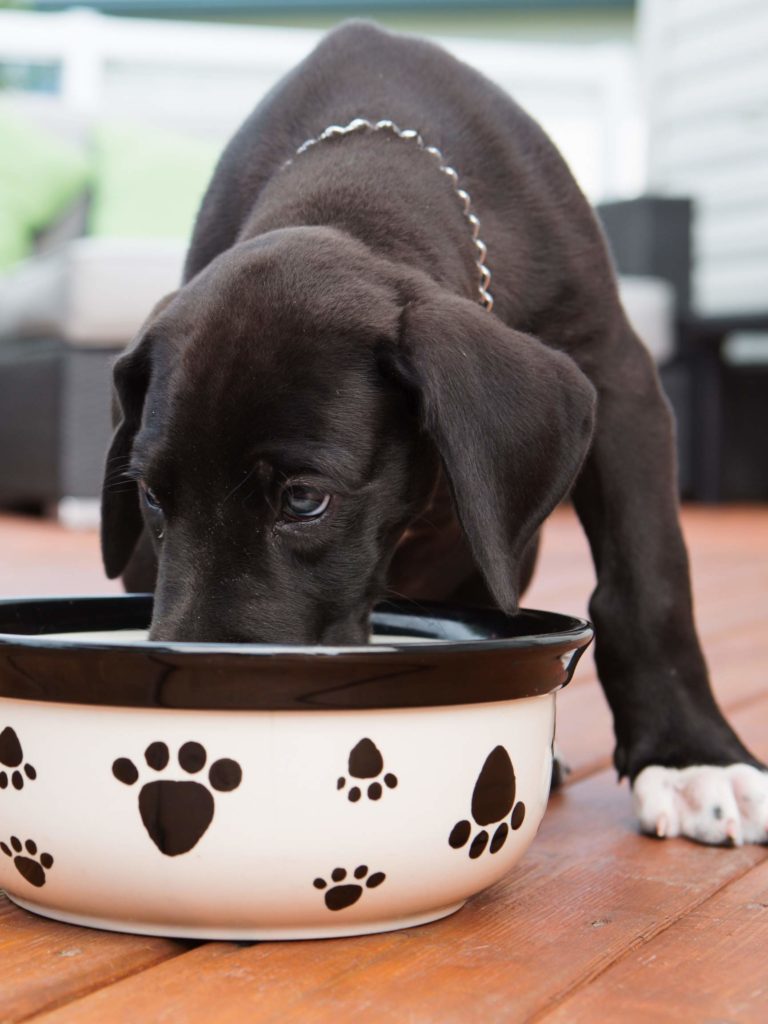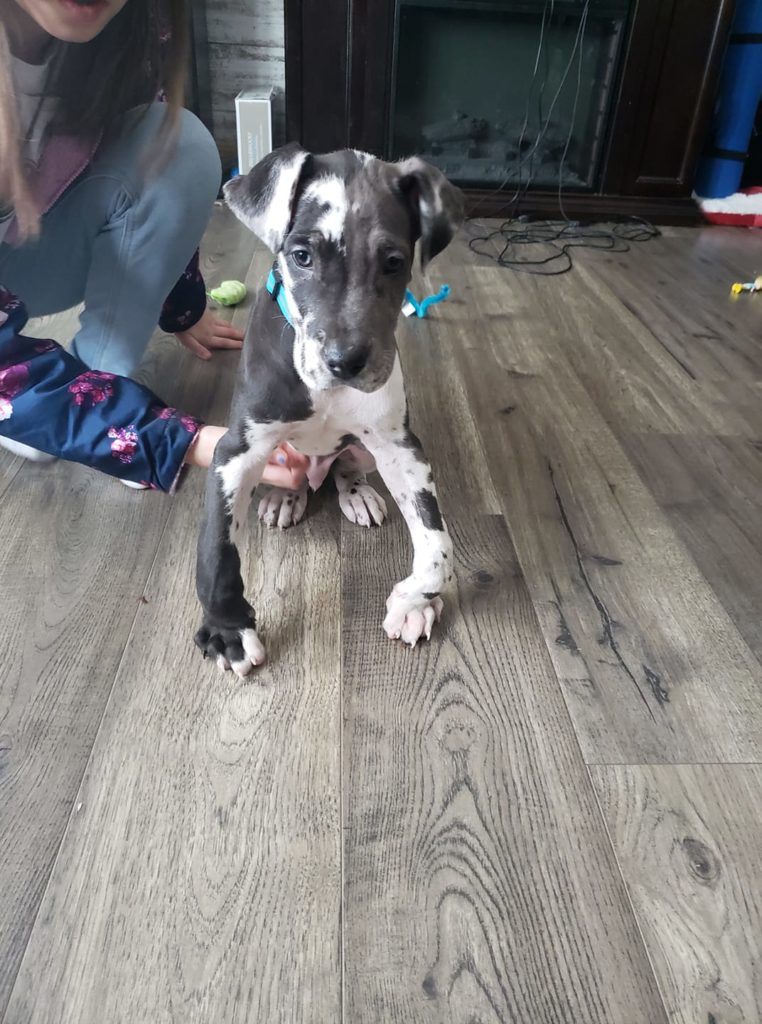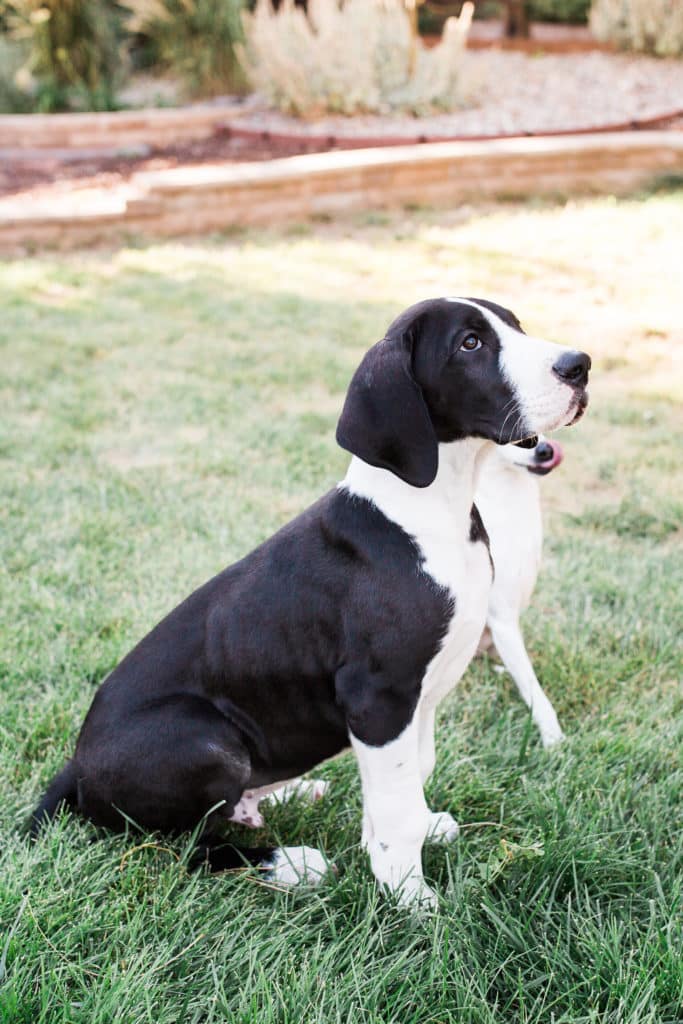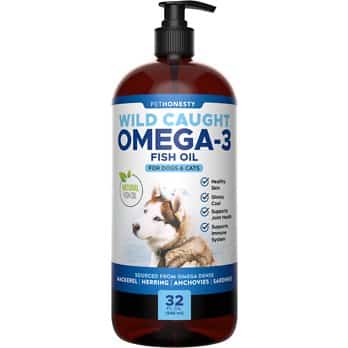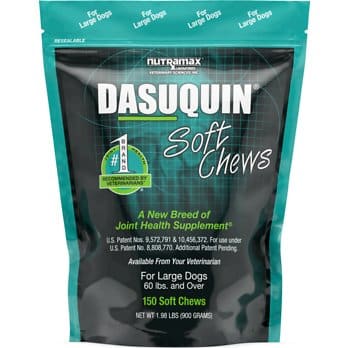Electronic collar training, often referred to as “e-collar” training, is a modern method used to train dogs. Unfortunately, it is riddled with myths and misconceptions that can cloud the understanding of this tool’s actual purpose and effectiveness. In this article, we will debunk some of the common E-collar training myths and shed light on the responsible and humane use of electronic collars in dog training.
It’s essential to separate fact from fiction to make informed decisions about this training technique!
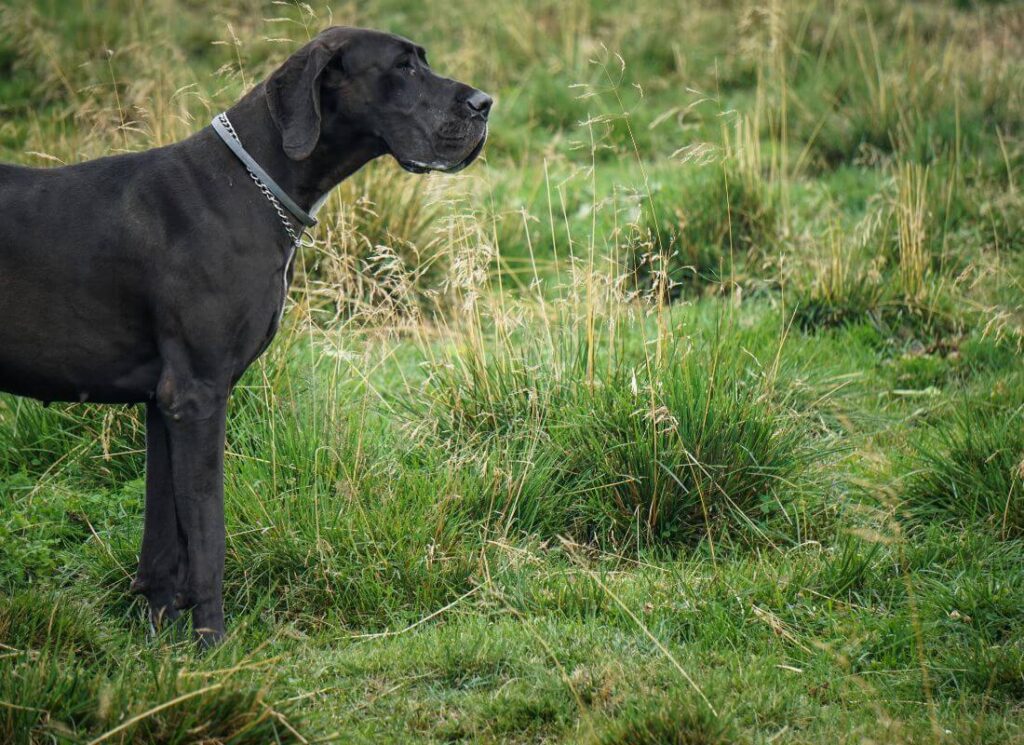
What is an E-Collar?
An electronic collar, commonly known as an e-collar or shock collar, is a device designed for dog training and behavior modification. It consists of a collar that fits around a dog’s neck and a handheld remote control.
The primary function of an e-collar is to deliver electronic stimulation. This tactile sensation is a powerful way to communicate with a dog from afar, and it doesn’t have to be painful or unfair.
While the term “shock collar” may sound harsh, it’s important to note that modern e-collars have evolved significantly and offer adjustable levels of stimulation, allowing trainers to use them in a more humane and controlled manner. These devices are not meant to harm or punish the dog but rather to provide clear and consistent communication during training sessions.
When used responsibly, e-collars can be effective tools for teaching dogs to obey commands, prevent certain behaviors, and enhance their overall safety and well-being. However, it’s crucial to emphasize that e-collar training should always be carried out by knowledgeable and experienced trainers who prioritize the dog’s comfort and safety.
E Collar Training Guide
What is an E Collar?
Think of it as a wireless leash, but without the physical restraint of a flat collar or harness that can be dangerous or damaging to you or your Great Dane. Today we are going to share 6 E-Collar Training myths that you MUST know about!
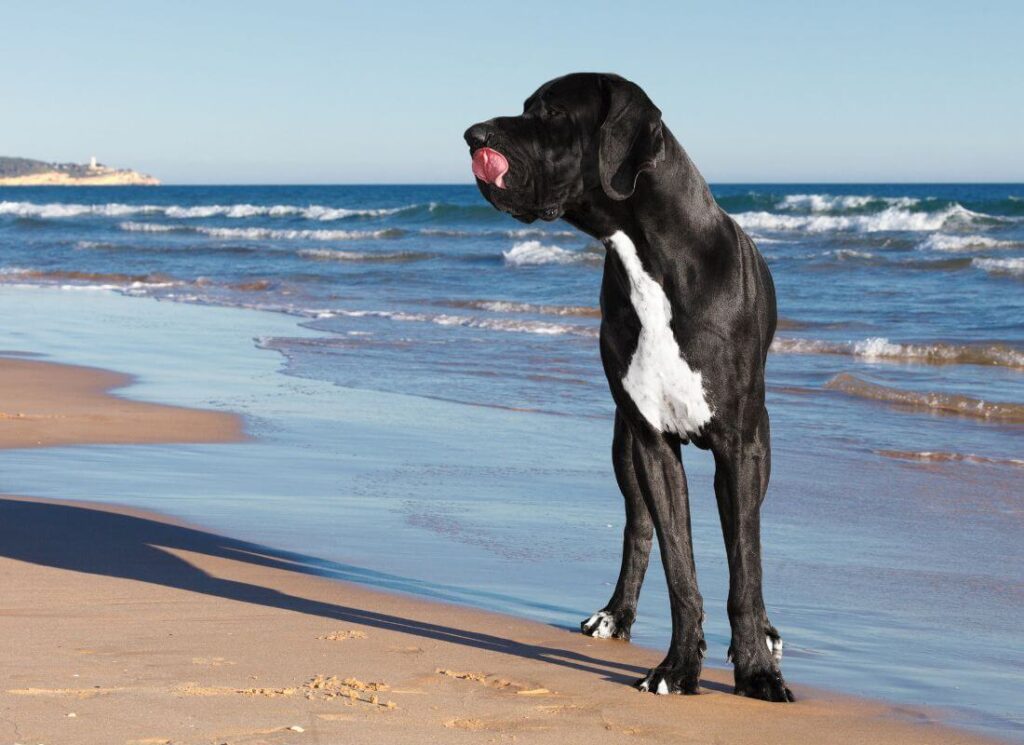
Modern Day E-Collars vs. Shock Collars
Many people are confused about the difference between a shock collar and an E-Collar. The difference is HUGE!
What is the Difference Between an E Collar and a Shock Collar?
A shock collar will deliver a sharp zapping sensation that is meant to be aversive and painful. They are often inexpensive and may lack reliability.
Many people who resort to shock training are at their “wit’s end” with their pet’s behavior, and looking to get their attention with a beep, vibrate, or shock. Negative body language (cowering, running away, yelping, avoidance) is often seen!
E-Collars are different.
Also known as “remote electric training collars”, they use electricity to stimulate the muscle.
The sensation from a modern E-Collar is a touch sensation that is not meant to be aversive or painful
At low levels, where most pets are responsive, the sensation is imperceptible to humans. At higher levels, it can feel like tiny ants crawling around or a twitch or tickle, not a shock. At the highest levels, it is uncomfortable, but not sharp.
E-Collars offer a versatile, humane, gentle tactile communication that dogs respond to with enthusiasm and positivity!
The exchange of occasional, low-level muscle stimulation, that the dog knows how to turn off, is such an incredible, elegant, and simple trade-off for having absolutely NO leash pressure, no restrictions to movement, and the ability to run, jump, zoom, circle, sniff and explore naturally.
Why are dog E-Collars controversial?
E-Collars are controversial because people don’t understand them.
‘Positive only’ and ‘Force-free’ trainers use a lot of poorly done studies and emotional marketing to promote the idea that electronic training collars are abusive, no matter what.
They believe that shock collar training and e-collar training are the same things (they aren’t!) and that both tools are used deliberately and unfairly to hurt, scare, punish and confuse dogs.
The truth is that incorrect use of poor shock devices can and do cause pain and behavioral problems. No legitimate, ethical and professional dog trainer will recommend a shock collar, especially not to harshly punish aggression and reactivity.
The studies and case studies that people often cite in reference to electric training collars and similar tools (such as prongs) are typically based on harsh or punitive training and other incorrect use scenarios.
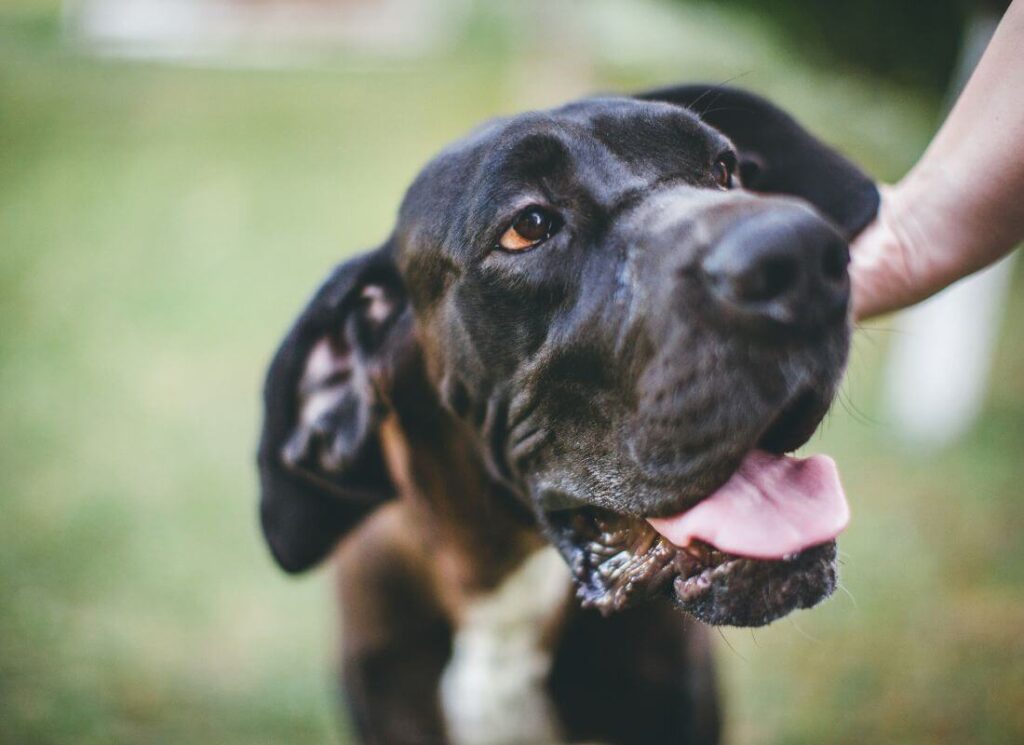
E-Collars are very different than shock collars. Many balanced trainers use and recommend high-quality E-Collars for off-leash reliability. The controversial part is that people just don’t know or understand the difference between correct use and abuse.
E-Collars are a communication tool that provides clarity and guidance, not confusion. Using this training tool correctly is all about providing information.
The end goal of proper e-collar training is to give your pet more autonomy, choice, and enrichment, without relying on physical restraint or harsh corrections.
Despite the controversy surrounding remote collar training, the truth is that dogs correctly and thoughtfully taught with this method are confident, balanced, obedient, and have more freedom and autonomy than others can only dream of.
We believe that reward-based training paired with thoughtfully balanced techniques (including e-collars and prong collars) can keep thousands (if not millions) of bored, ‘stubborn’ dogs out of shelters, too.
Myth #1: E-Collars make your dog afraid of you
We highly recommend watching Larry Krohn e collar training videos on his Youtube channel. He has an insane library of content where you can see videos of pets being trained with E-collars who are confident, friendly, and not afraid of Larry Krohn at all.
One mistake many pet owners make when training their dogs with a shock collar is that they rely on it as a punishment tool. Many feel guilty about that so they begin waving the remote as a threat, hoping to stop an act before resorting to zap corrections.
With the aforementioned approach, the pet quickly learns that the remote means they are in trouble. They don’t often know why, only that they should run away. This can make it appear that a remote collar-wearing dog is afraid of its owner!
What’s worse is that teaching an animal to fear the remote and the collar means teaching them run away from the owner, rather than to recall, check-in, and engage.

Correct modern e-collar training relies on both parties involved having mutual respect for each other, and that includes a recall (coming when called) foundation that is rock solid. The remote tool becomes a cell phone, not a big stick that you beat your dog with.
Why is Leash Training so Hard?
5 Leash Training Tips
Puppy Training: 5 Mistakes in Training
What is Balanced Training?
The remote tool and the collar should not be used as threats or for punitive punishments, and if you watch videos of animals being thoughtfully and correctly E-Collar trained you will see positive body language, mutual respect, and enthusiasm.
Train your companion with communication, not fear.
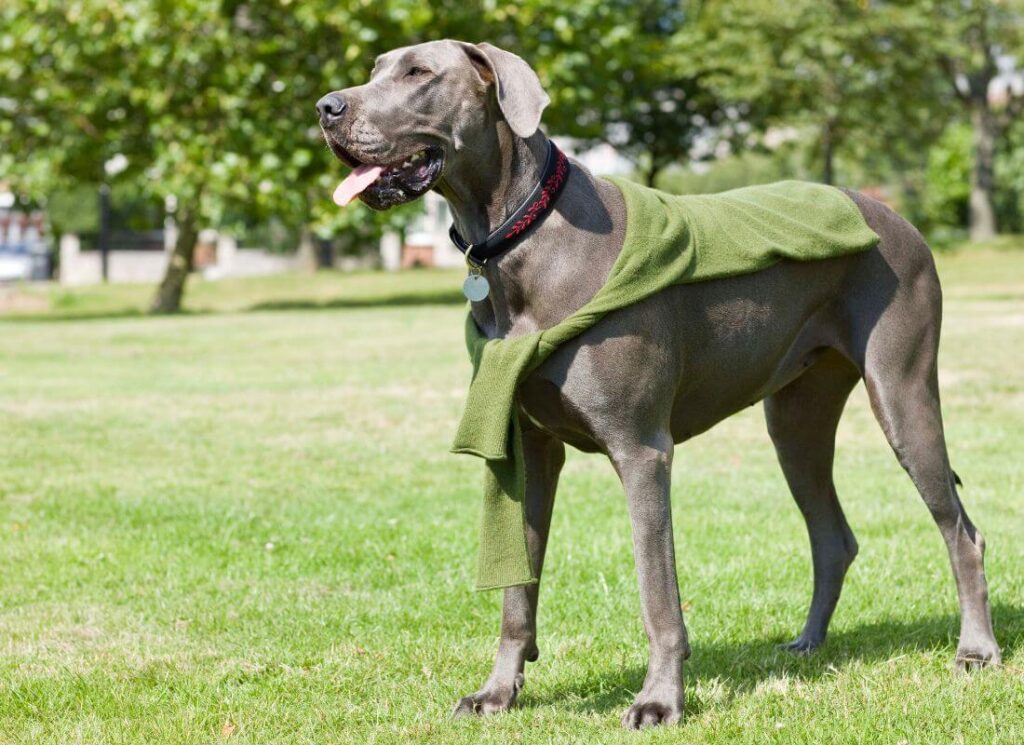
Myth #2: E-Collars burn dog’s necks
While a cheap shock collar can cause damage to the neck, it is impossible for an E-Collar to burn skin. This is another wild myth often promoted by people who have never even felt the stimulation from an E-Collar themselves.
We are a science-based blog, so let’s dig into this!
Cheap shock training devices from Amazon can malfunction, run hot, and shock your dog at the wrong time. Those collars can absolutely cause damage.
An E-Collar from a reputable, high-quality company such as Educator Technologies will cost $175 or more to purchase, and with good reason. Reliability and modern tech are huge when it comes to training ethically and humanely with any kind of remote collar.
The technology that uses electric currents for muscle stimulation (from an E-Collar) is more advanced than the technology required to deliver a sharp static zap (from a cheap shock device).
It’s the difference between buying an old used Samsung s3 and buying an iPhone 13, only this is used to train your dog (not flip through Tik Tok).
Because the electric output of modern electronic collars is less than .01amp at the highest level, it is impossible for this training tool to burn a dog’s skin.
Remember, this modern version uses electrical currents to stimulate the muscle, not cause pain.
Incorrect use of ANY remote collar, however, CAN lead to pressure sores. The contact points are made of metal and can be an irritant when they aren’t rotated and kept clean. This is not unlike a poorly fit harness or head collar, which can cause rubbing and sores too.
User error is a problem resolved only by education and dedication (hence the reason we are here)!
To eliminate the chance of irritation and pressure sores, the collar must be fit correctly (snug, preferably with a bungee collar), the contact points must be kept clean, and the collar must be rotated or removed every few hours.
Proper Placement of the E Collar
Electric training collars should never be worn overnight or unsupervised. For pets with sensitive skin, contact points made of different materials are available to try.
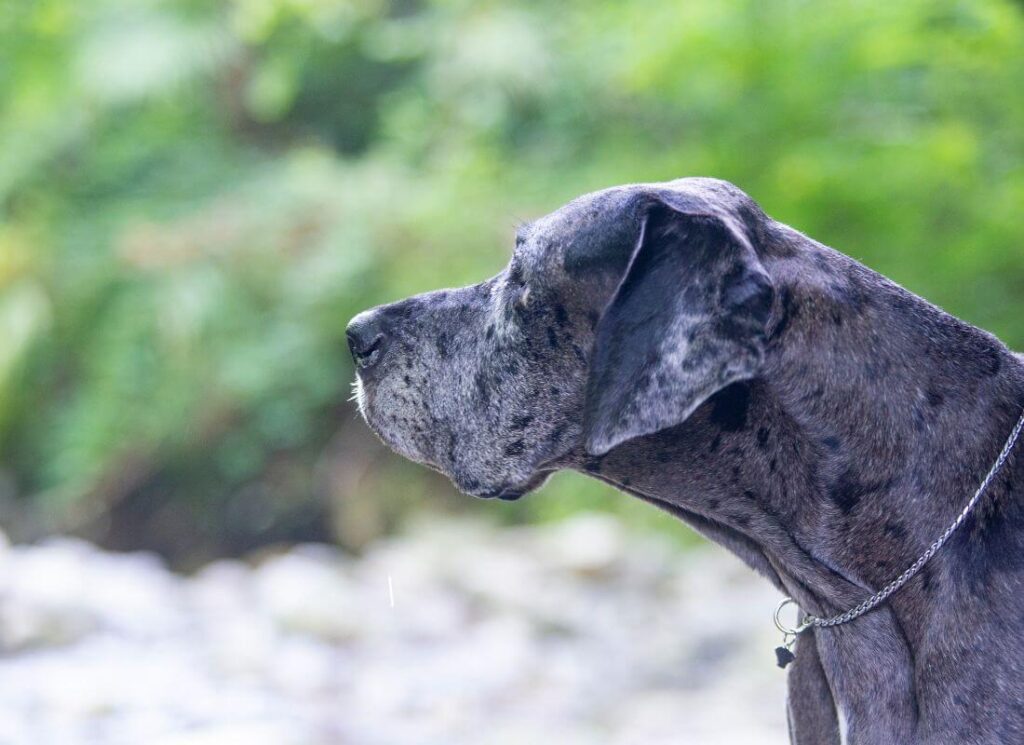
Myth #3: E-Collars are used to punish dogs
This is true of shock devices, for which the only purpose is to punish, scare, and correct.
A properly used E-Collar on the other hand can provide guidance that will improve your relationship and provide your pet with enrichment and opportunities that only a well-behaved dog can have.
With E-Collar training, it’s important that your pup understands what the stimulation sensation means. Through a fun training process using basic obedience commands and conditioning, your dog learns how to respond to and be in control of the sensation.
What is Balanced Training?
What is Great Dane Dominance Training?
The dog becomes a willing and active participant in the training.
This pressure becomes a communication, not a punishment, and the pup knows that it means good things to them. Training starts with a good foundation and lots of fun, not harsh punishment or ‘trigger happy’ corrections.
The application of E-Collar pressure is no more “inhumane” than the pressure from a leash and harness; the only difference is that there is no longer a reliance on physical restraint and thus, no damage to the neck, head, or shoulders.
The pressure is ‘virtual’, in other words!
Your pet will be able to make choices and move freely, all in exchange for communication from their ‘wireless device’. With this method, the dog dictates every move, free of restraint and you can communicate using a language they understand.
A dog on a long line does not behave the same way as a dog off-leash using a modern wireless tool.
A dog on a long line cannot zoom, spin circles, safely play or climb on, around, or under trees.
Sniffing is great and awesome for dogs, calming, and extremely beneficial for helping them settle and lower their heart rates, but that should not be the only goal! The proper use of modern tools can offer both the “sniffari” and much-needed off-leash enrichment.

The long line should be a backup, when required to satisfy leash laws. When possible, however, it should not be the only way that your Dane gets all of its enrichment and ‘free movement’.
A Dane getting tangled up in a long line is dangerous to you and to themselves.
The E-Collar training method is extremely effective, and those being trained correctly on modern, high-quality remote collars show positive body language and excitement. They can easily be redirected away from incorrect activities, too.
Can an E-collar be used at aversive levels to punish or correct a dog? Absolutely.
Things that are More Aversive Than an E Collar in Training
But there is a huge difference between punitive corrections and thoughtfully balancing ‘yes and no’ with rewards and the occasional use of an E-Collar correction.
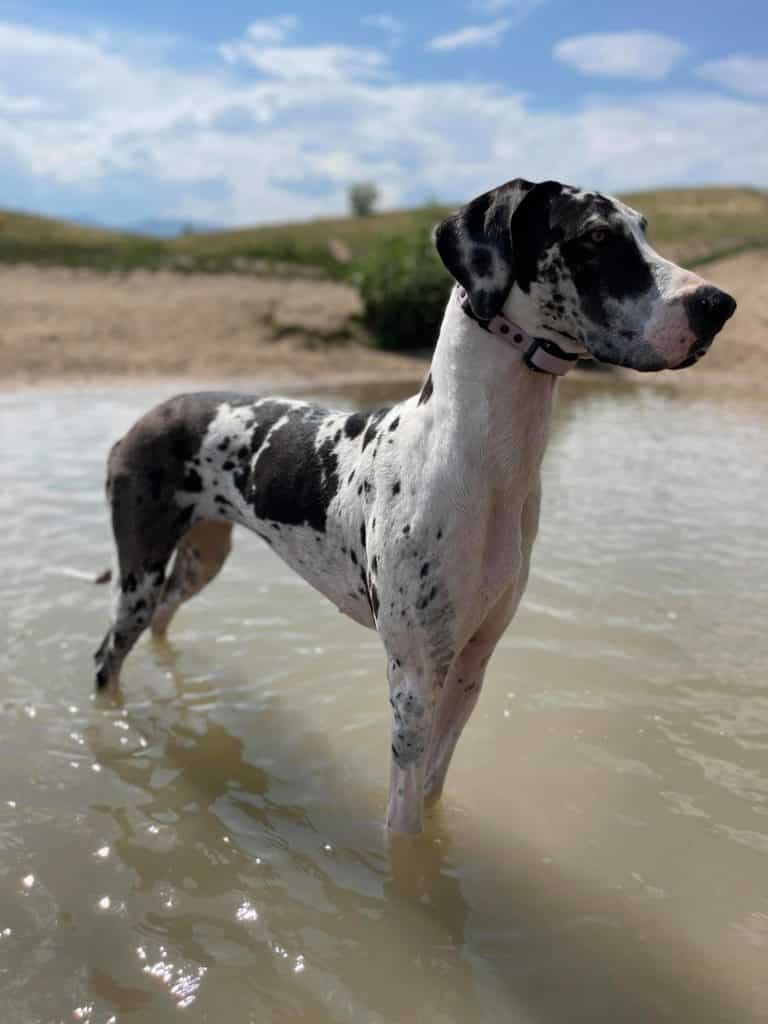
Myth #4: E-Collar training is not ‘science-based’
Well, where do we start! Buckle up, this is a big one.
Many ‘positive-only’ trainers claim to be ‘science-based’. This statement they use in their marketing comes from studies that have shown how positive reinforcement, aka “R+” (the quadrant, not the training method) is the most humane and effective technique for training new behaviors.
We LOVE using R+ to instill tricks, obedience, and confidence!
9 Tips to Having a Trained Great Dane with Balanced Training
Positive reinforcement is not the same thing as ‘positive-only’ training, however.
One is a key piece of operant conditioning and a huge part of any good training program. The latter (positive-only or force-free training) is a training method.
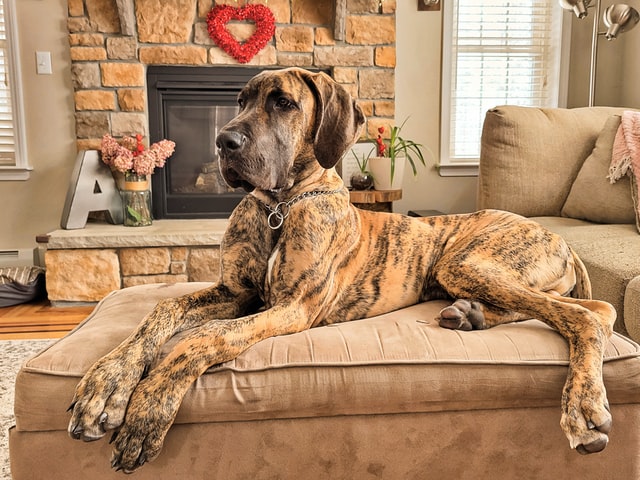
The training method of ‘positive-only’ uses a lot of R+ to reward behaviors.
So does balanced training, actually.
The best trainers use a lot of R+ in their techniques, no matter where they fall on the positive to balanced spectrum (and yes, there is a spectrum! No wonder dog training is so confusing to people).
R+ is not some magical or exclusive gem that only “science-based positive trainers” use and live by.
All good trainers use positive reinforcement whether they market themselves as ‘force-free’ or ‘balanced’.
Catch our drift, yet? ‘Science-based’ has been diluted to a marketing term in this case, and as a truly science-based blog, that makes us uncomfortable!
To better understand how canine learning science works, and why ‘balanced’ training is not abusive or inhumane as some people may have led you to believe, here is a little lesson for you!
There are four quadrants of operant conditioning, and people (including ‘professionals’) misunderstand them often. We get it, these can be confusing. BUT, in the interest of science, we’re going to dig in!
Here they are in layman’s terms!
Dictionary, for the purpose of understanding the four quadrants of operant conditioning in dog training:
POSITIVE = To add something
NEGATIVE = To take something away
REINFORCEMENT = To increase a behavior
PUNISHMENT = To reduce a behavior
Positive Reinforcement (R+) = The dog gets a treat for sitting
Positive Punishment (P+) = The dog is hit in the face for barking
Negative Reinforcement (R-) = A barrier is removed when the dog waits calmly to go outside
Negative Punishment (P-) = Freedom is removed so the dog can’t run away

R+ should always be used to reward and encourage the repetition of all new skills!
This includes the obedience commands sit, down, wait, leave it, come, heel and place.
However, all dogs, even “good” ones, do things they shouldn’t do.
That includes pulling, barking, lunging, bolting out the door, chasing cats, stealing food, jumping the fence, and running away.
As a Great Dane owner, you have likely experienced some of this!
Many of these things are unsafe and even life-threatening, however, they are all normal dog behaviors!
The first step to combat this is, of course, using R+ to train the dog on what they should be doing instead. You cannot combat shenanigans unless you are willing to teach the dog with rewards, fun, praise and play what it should know!
Pulling: teach heel with high-value treats
Stealing: teach “leave-it” with a toy and some kibble
Door Dashing: teach the dog to turn away from open doors
Despite this training, however, many dogs will still unsafely bolt out a door, jump on somebody, pull on the lead after a squirrel, or blow off a recall…no matter how many treats you offer.
You know, because…DOGS are DOGS and they are going to do doggie things!
Did we mention this other scientific tidbit?
For many dogs, chasing a squirrel or experiencing the freedom offered by door dashing is infinitely MORE rewarding than any treat you can offer.
This leaves all dog lovers, even those who believe ONLY using ‘R+’, with two options to fix the problem:
a. Negative Punishment: Remove choice, freedom, and access to things as a means to decrease something the dog does or is doing. This is essentially “management” to prevent behaviors and may need to be implemented for the life of the dog.
AND / OR
b. Positive Punishment: Add a correction (NO!) so the dog understands they cannot do something. A correction could be anything from a simple ‘ah ah’ to flat out hitting the dog in the face.
Not all corrections have to be painful or abusive. If the bank give you a $35 fine (bummer!) for bouncing a check, they’ve used positive punishment. It didn’t hurt you, but it will make you think twice about forgetting to balance your checkbook again!
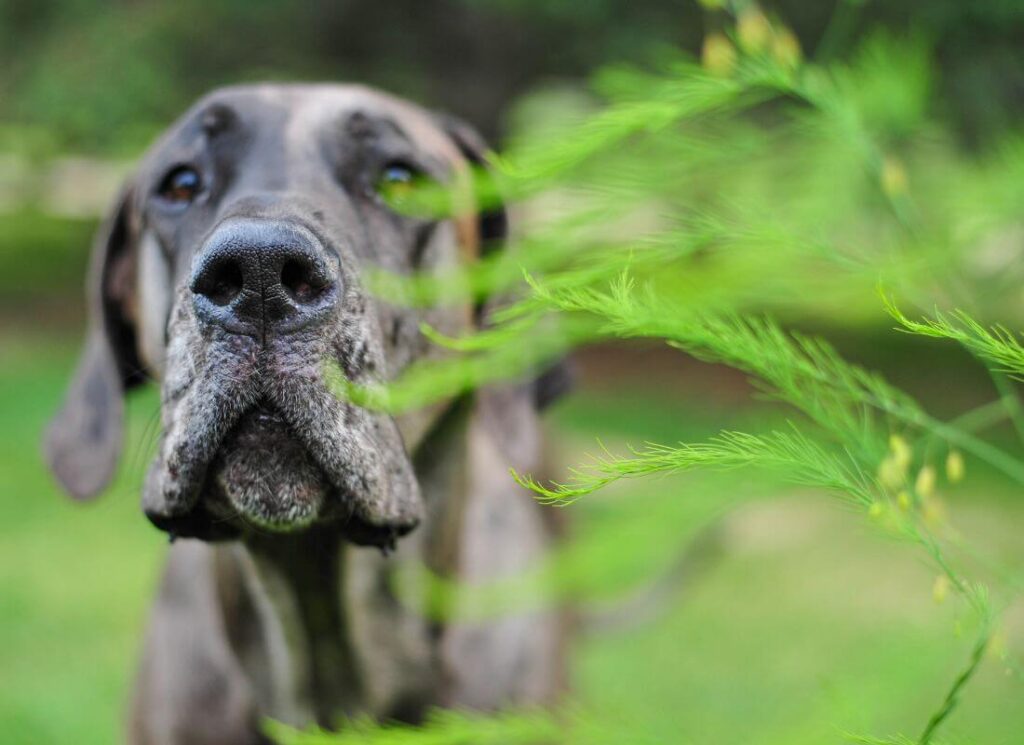
Punishment abounds in dog training whether people admit it or not. Here are some examples:
Keeping a dog on a tether in a fenced yard because they escape (negative punishment)
Putting a dog behind a gate because they jump on guests (negative punishment)
A no-pull harness pulls the dog to the side if they lunge forward (positive punishment)
Science-based fact: even ‘positive only’ and ‘force free’ people use punishment in their training. This includes the use of training tools that punish and reduce behaviors, despite their promotion that ‘all punishment is abusive‘. ?
Another interesting science-based fact: modern E-Collar use relies primarily on negative reinforcement to reward and strengthen behaviors. Yay science!
Good, thoughtful balanced E-Collar trainers rarely use their E-Collar for corrections (“positive punishment“). If they do, it’s most often as communication to immediately stop a dangerous or unsafe behavior in dogs that know what they should be doing instead.
Unlike traditional punishment, this is one correction that a properly conditioned and trained dog knows how to respond to and control!
There is nothing wrong with thoughtfully implemented corrections, including behavior management.
Run from any “professional” trainer who tells you that all “balanced” professionals abuse, hurt and punish animals all day. This is misguided, uneducated, and inflammatory language.
Run further if a professional will claim to “never use punishment, corrections, or ‘negative reinforcement’ of any kind“. That is a clear sign that they don’t actually understand science or how tools and techniques, including the tools that they use, actually work.
Run just as far if the details they share indicate that you should shock, choke, kick, alpha-roll or hit to treat your dog’s reactivity. Remember, extremes are bad news!

Dogs have no clue why they are always on a long leash or never get to go on walks.
Isolation, physical restraint, and restrictions are sometimes necessary, but they are not actually clear or fair communication when you really search and start to think about it.
Strict behavioral management in the name of ‘errorless learning’ is the basis of ‘force-free’ training programs. Training dogs is so much more complicated than just ‘R+’, as you can see.
The marketing of “force-free” dog training and its overwhelming reliance on management to avoid corrections can be just as inhumane and unfair to a dog as harsh and punitive shock punishments.
It’s time we talk about that, folks!!!!
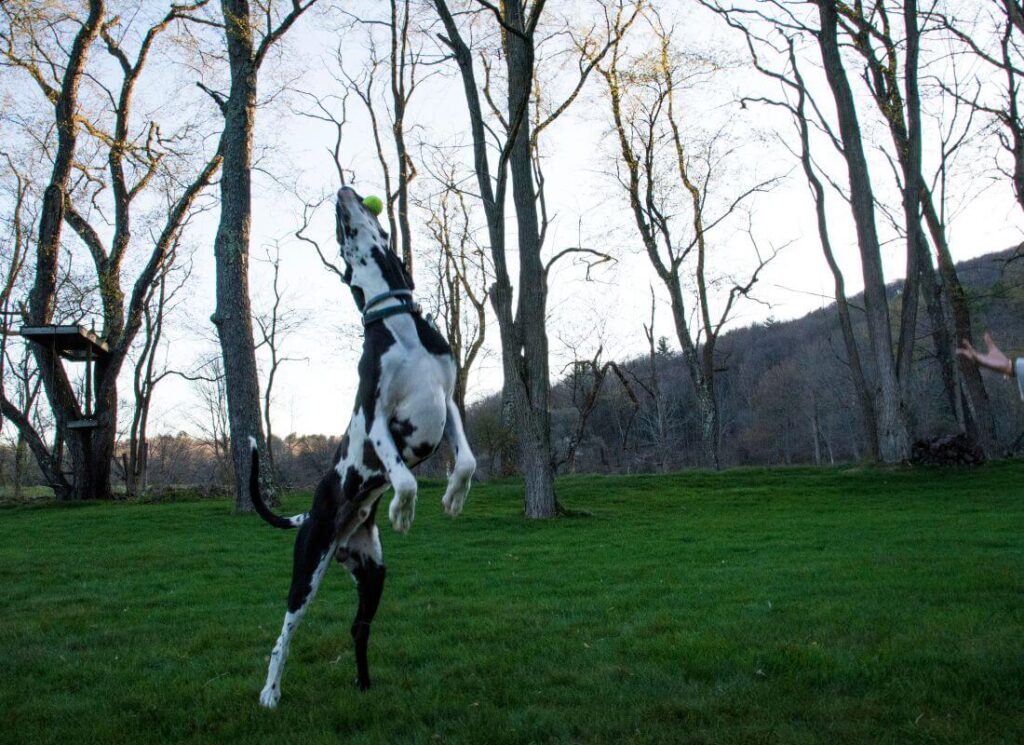
Good trainers will recognize that it requires skill to thoughtfully manage dog behavior, and will make the most ethical and humane choice for a dog between management and fair corrections.
In other words, while behavior management is an important piece of the training puzzle, there are times when it’s more humane, ethical, and fair to use a correction (and communicate, fully) than it is to rely on confinement and restrictions.
For example, just because a dolphin in captivity can be taught using ‘R+ only’, it doesn’t mean that keeping the dolphin in strict captivity is fair.
A captive marine animal cannot exhibit natural behaviors such as hunting and freely swimming long distances. These are behaviors for which “R+” on its own would be wildly ineffective in reducing.
These natural behaviors don’t have to be reduced because the animal is too confined to do them in the first place. It’s easy to avoid mistakes that happen with natural behavior when you don’t have the opportunity to act naturally in the first place.
Millions of dogs are living the life of the captive dolphin because so many owners and dog professionals market the misguided idea that you should just further manage (restrict) your dog instead of correcting and communicating with them. It’s devastating.
We are seeing an entirely new decade of methodology that believes pets must be babied and spoiled and never told ‘NO’.
Many of these dogs are not going on walks, cannot be safely off-leash, have to be in a crate when guests come over, are not trusted around an open front door, have to be gated away from the kitchen and definitely do not get to go on so much as a picnic with their owner.
We are seeing endemic levels of frustration-based anxiety and reactivity that have never been seen before in pet dogs.
We think there is a problem here, and what’s ironic is that it takes behavior science (yes, science!) to fix it. When we are working with our dogs, it’s important to give them the information they need to make the right decisions. That means saying a LOT of ‘YES’ and also being ok with saying ‘NO’!
Thoughtfully balanced training and e-collar use are, you guessed it, based on science.
You can, in fact, say NO and hold your pet accountable without hurting, scaring, or abusing them.
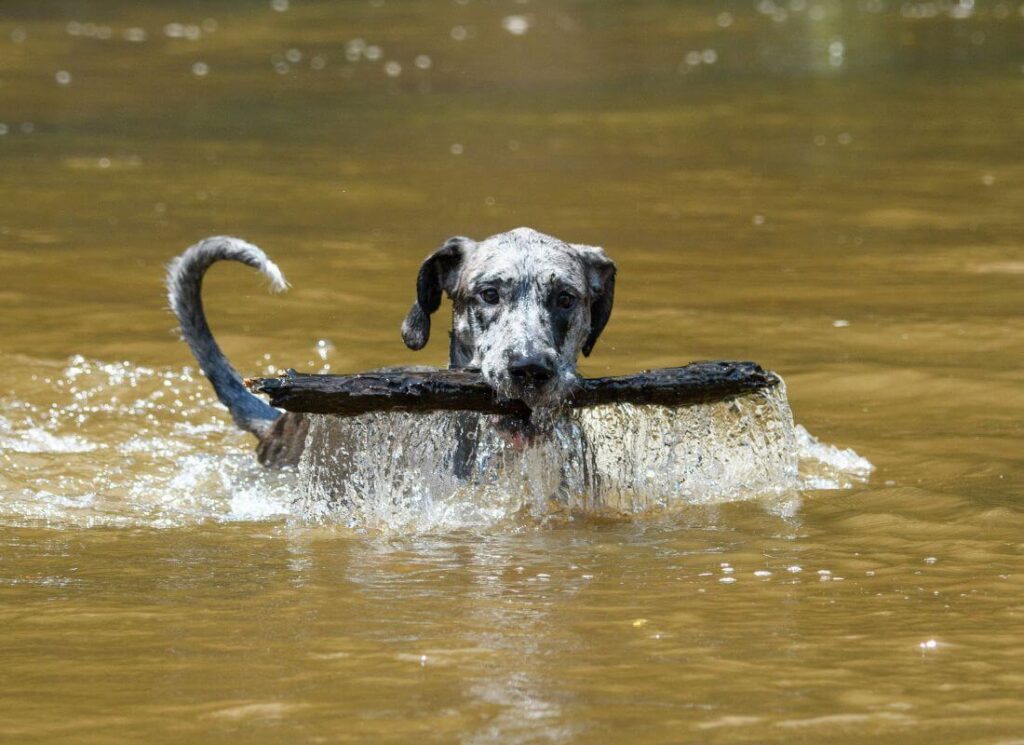
Myth #5: E-Collar training will make your dog aggressive
This goes with our science-based training information above.
Aggression typically has roots in the following things: genetics, hormones, habit, poor socialization, past experiences, frustration, and fear.
You can cause frustration and fear in a dog by alpha rolling them. You can also cause it by shocking or punishing your dog for reacting, especially without addressing the underlying root cause. You can even cause aggressive reactivity with poor leash handling, even if the dog is in a ‘harness’ and being fed piles of treats.
Incorrect training of all types can cause aggression, modern positive E-Collar methods does not.
Myth #6: E-Collars are for lazy people
Balanced training using an E-Collar requires more time, more diligence, more educated ownership, and more attention to detail than people seem to be aware of.
There is no such thing as a good, fair, humane, or truly effective training program that is “quick and easy”.
Taking a dog off-leash, understanding dog interactions, training the dog what the language of their E-Collar means, using lots of praise, play, rewards, treats, freedom and toys, and giving a dog enrichment, opportunities, and experiences that most dogs never experience?
We think that is far from lazy. Don’t fall for the negative marketing!
Why should I use an E-Collar?
We believe that all Great Danes should be E-Collar trained because it’s the most humane way to remove the reliance on physical restraints (including head collars, harnesses, and collars) that can cause harm, frustration, injury, and damage.
Giant breed dogs are strong and powerful; if you are relying solely on your ability to physically overpower and restrain your dog with some kind of physical device such as a collar or harness, you are setting both you and your dog up for failure.
Off-leash freedom is just one benefit; having an amazing relationship with your dog and being able to control your giant anywhere at any time, even on a flat collar alone, are key reasons to choose modern, positive balanced low-stim E-Collar training.
When your dog understands what is expected of them, and what they can and cannot do, you’ll be giving them a precious gift that will help them thrive.
You can train your dog to walk politely on a leash using an E-Collar or a humane Herm Sprenger prong collar. Leash walking can be a tough skill to work on when your Dane can overpower you without even trying!
These tools will give you a gentle and effective way to communicate so that actual living and enjoying every moment of life can begin.
How long does it take to train with an E-Collar?
It depends on how good of a trainer you are, and how much of a foundation you’ve already installed using positive training techniques.
A dog that has 60% recall can be safely off-leash with 100% recall in their E-Collar within weeks, following the positive conditioning process.
A dog that is wild, frustrated, lunging, destructive, shut down, anxious, and even aggressive will require more time. We recommend working with a highly qualified positive-balanced trainer to address the root cause of these behaviors.
How do you train with an E-Collar?
When you teach your dog with an E-Collar, you start by using positive R+ training to teach basic commands such as sit, down, leave it, place and COME!
Then you find your dog’s “working-level”. This is the lowest level of stimulation that they respond to.
Most dogs are responsive and enthusiastic to learn on a Mini-Educator at between a level 3 and 7.
Humans typically cannot even feel the same sensation until the remote has been dialed up to a level 12 or even 20.
They always report surprise that the stimulation, once they do feel it, is both nearly imperceptible and non-aversive!
This response is paired with treats, so the dog learns that when they feel that, good things happen.
Through a process of conditioning from that point forward, the dog learns to control when the stimulation is on or off and learns that they can turn it off themselves.
By using the continuous button instead of the tap button, the stimulation can then be applied as a constant sensation paired with a command such as ‘come’, and then immediately removed when the dog begins to recall.
This is also known as ‘negative reinforcement’ and is a very simple and rewarding ‘pressure on, pressure off’ communication that mirrors leash pressure, just without the leash.
This allows you to communicate with your dog by ‘touching’ them, which can be insanely helpful for deaf dogs, dogs with ‘selective hearing’ or when you are in noisy environments such as the beach.
Higher levels are used in higher-distraction environments, just like your friend might have to speak louder to communicate with you in a noisy bar vs. when you are at home. Higher levels aren’t necessarily more aversive!
The stimulation from a modern E-Collar replaces prong, head halter, long line and harness pressure so that you and your pet can enjoy safe movement free of restraint.
Does this gentle simulation annoy the dog? Sure. That’s one reason it works. Just like your ringing cell phone makes you pick it up and answer. The timer on your oven makes you get up and take the cookies out. Your pants getting too tight makes you undo the button. All of these activities are first annoying and second, inherently rewarding!
Pressure does not have to hurt or be painful to be effective at changing your behavior.
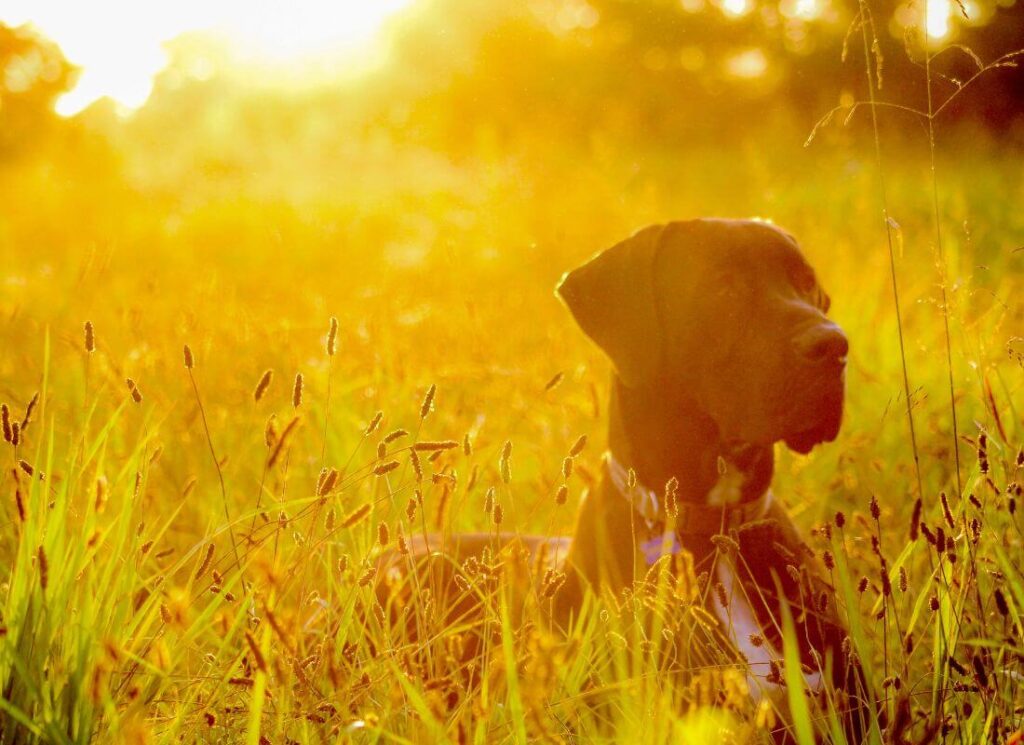
Is Larry Krohn a good dog trainer?
Larry Krohn is our recommendation for learning about positive E-Collar dog training.
You can watch some of our favorite videos from his YouTube channel below! YouTube is a great resource for both good and bad methods, so here are some trainer channels that we do and don’t recommend as well.
YES:
Larry Krohn
Tom Davis
Leerburg
NO:
Jeff Gellman (too much compulsion and flooding)
Cesar Milan (outdated intimidation ‘dominance’ method)
Most franchise-based trainer companies (unreliable, tend to be heavily punishment-based)
What kind of E-Collar does Larry Krohn use?
Larry Krohn uses and recommends the same collars that we do, by Educator technologies! You can purchase them from us below, with free U.S. Shipping and email support during training.

